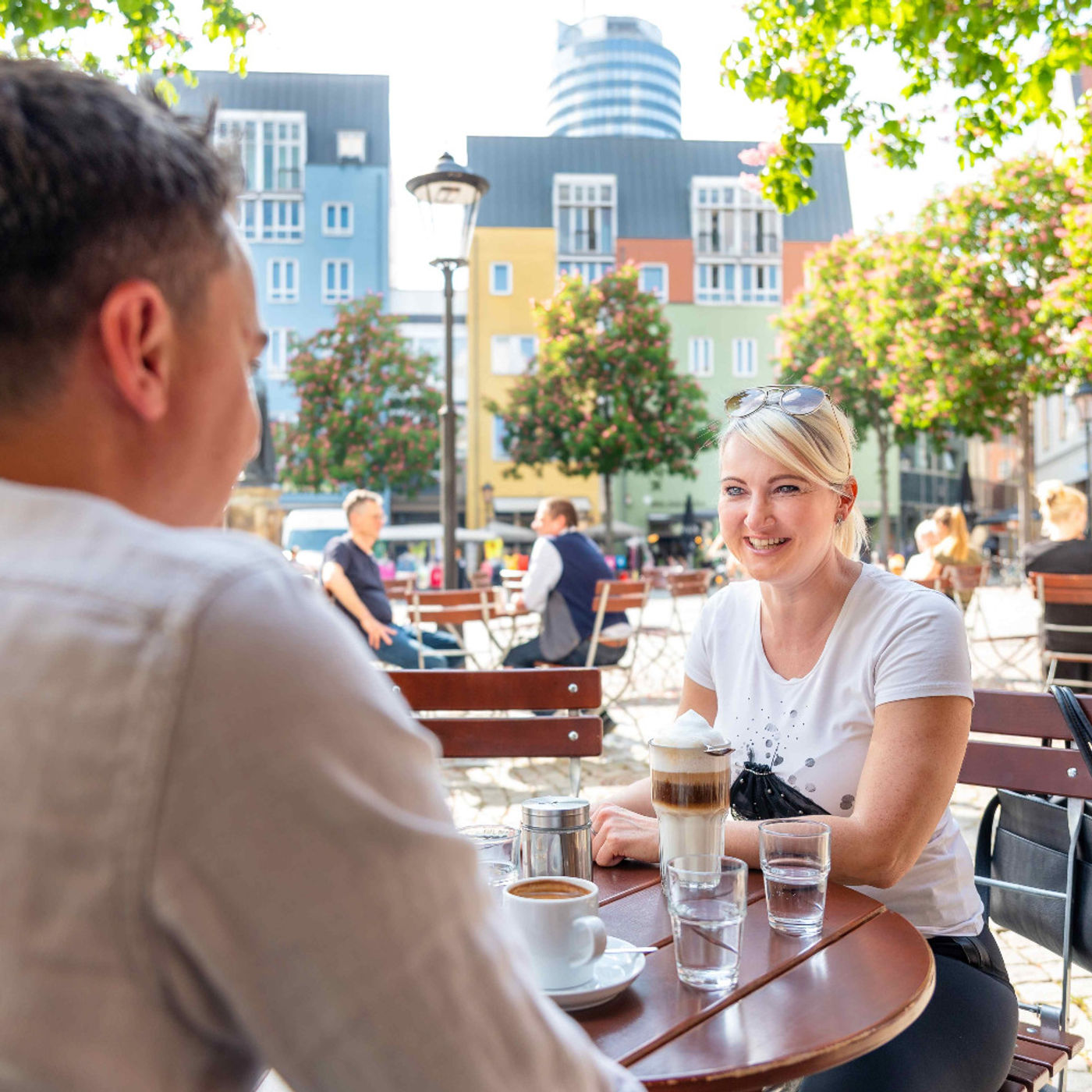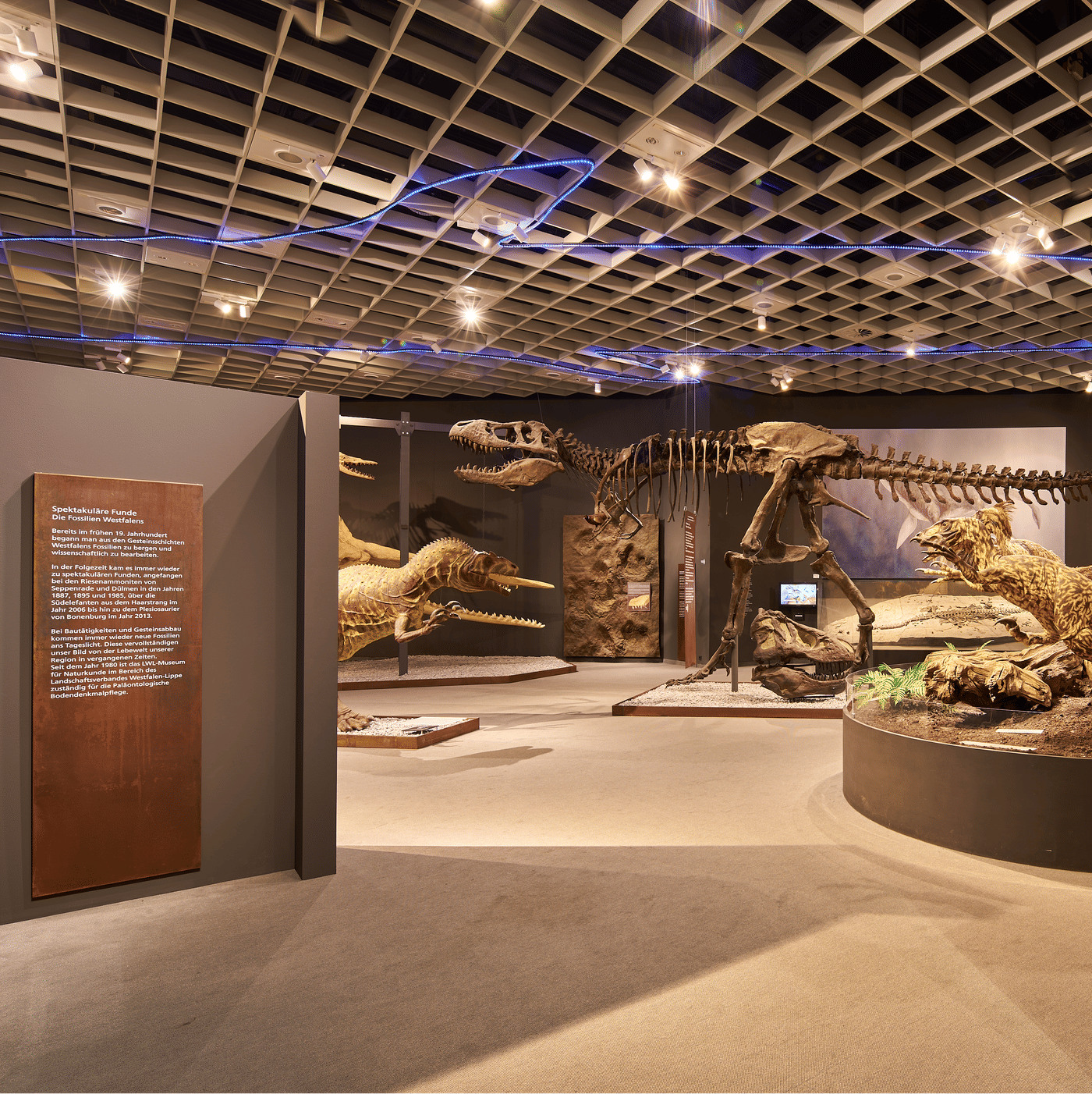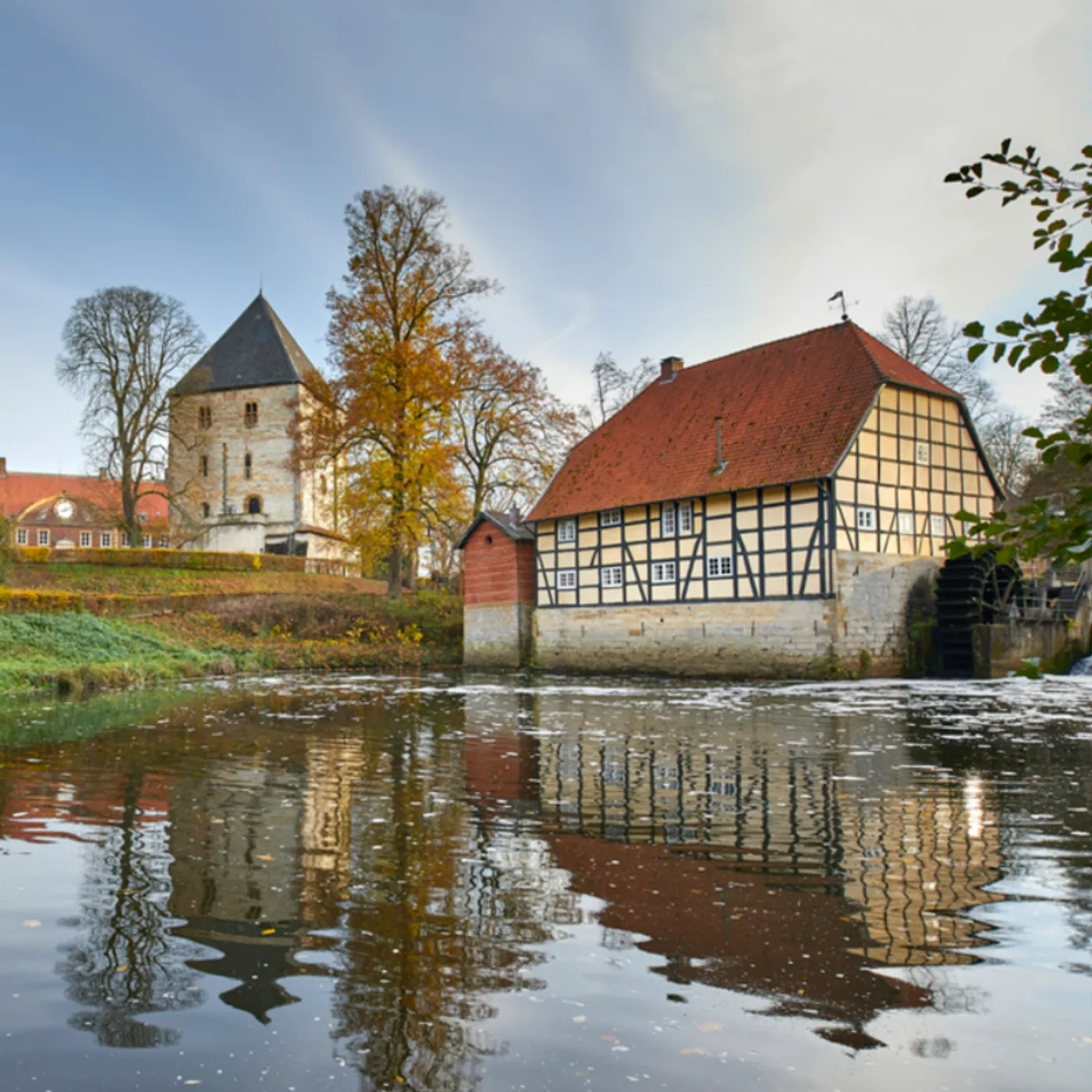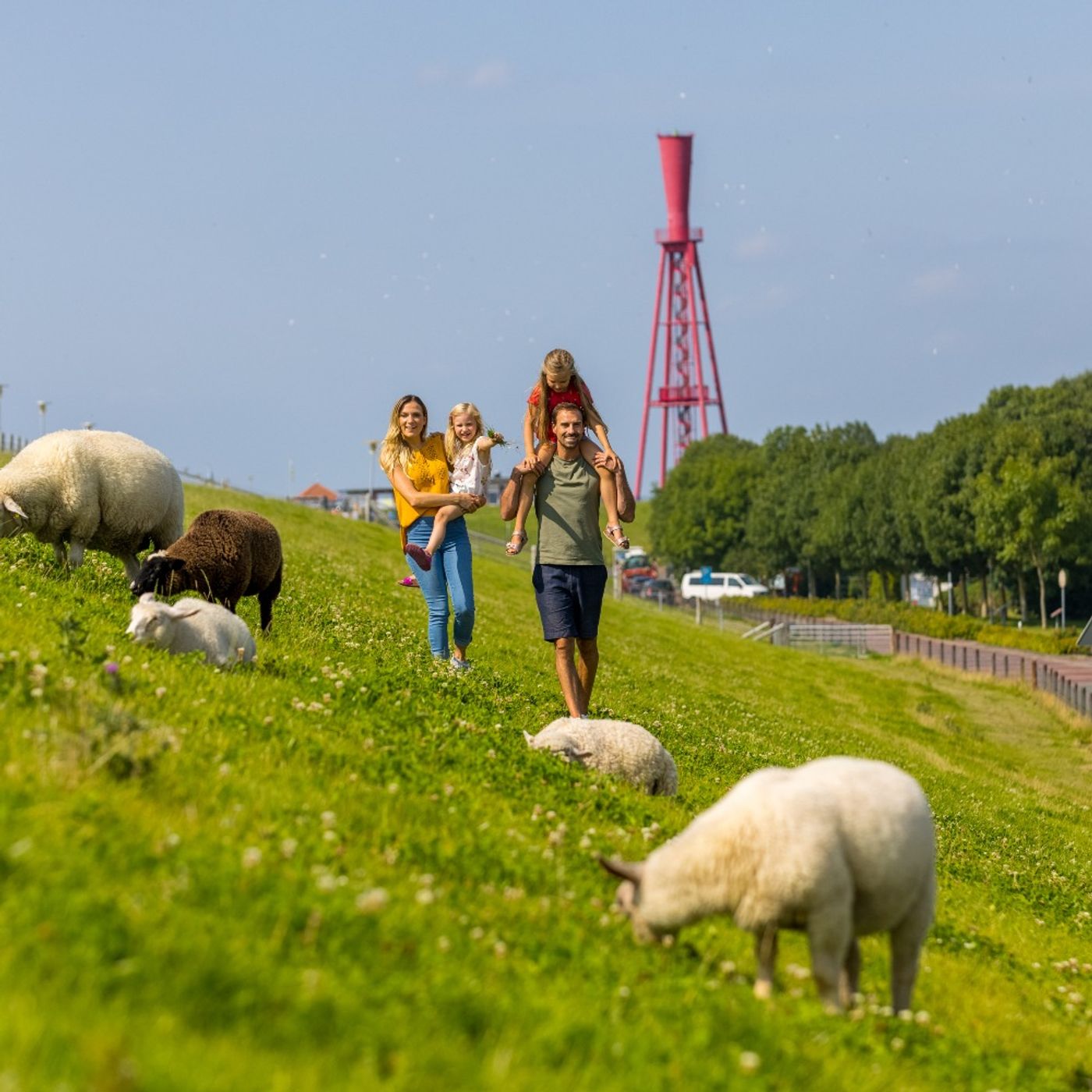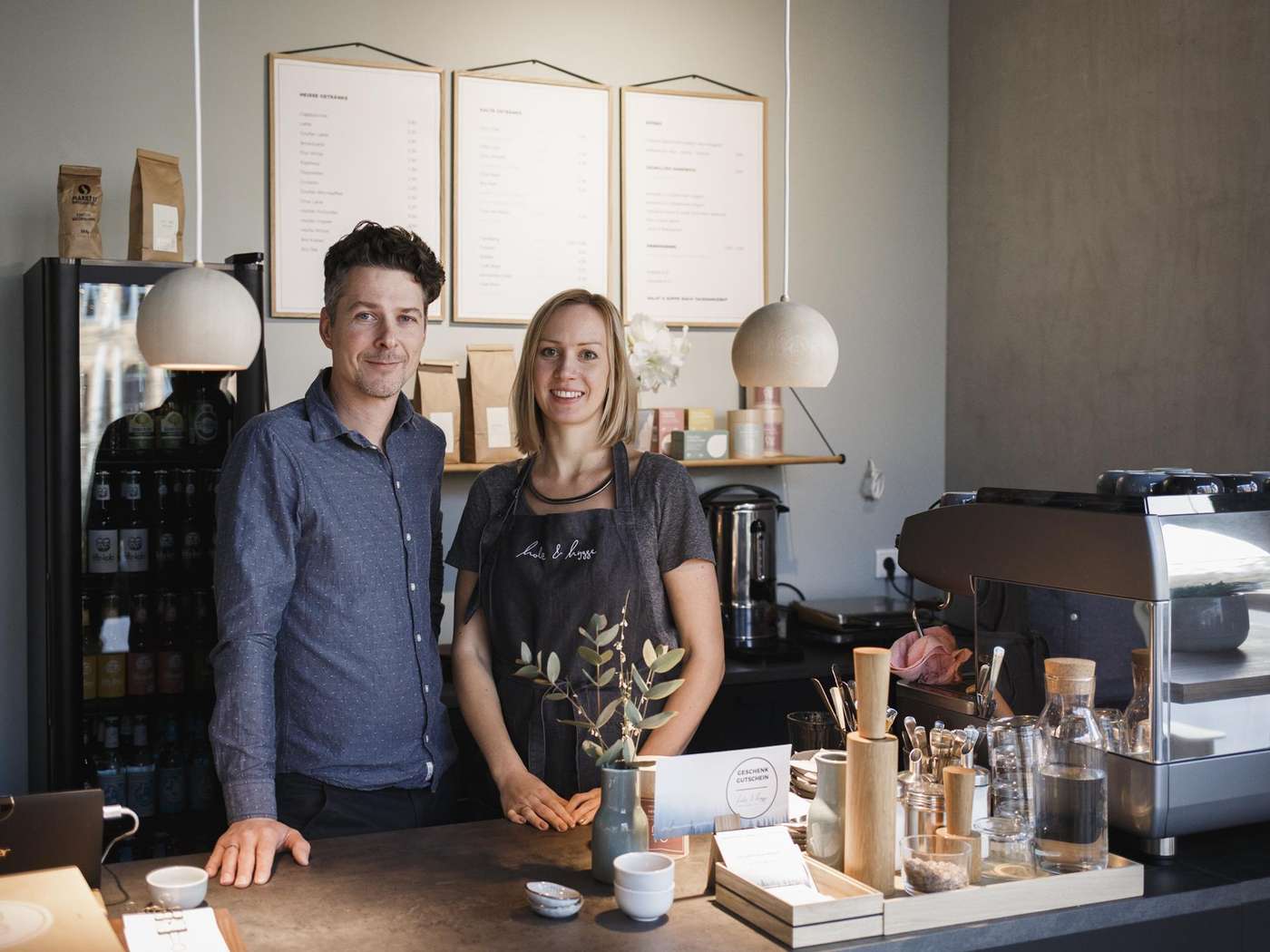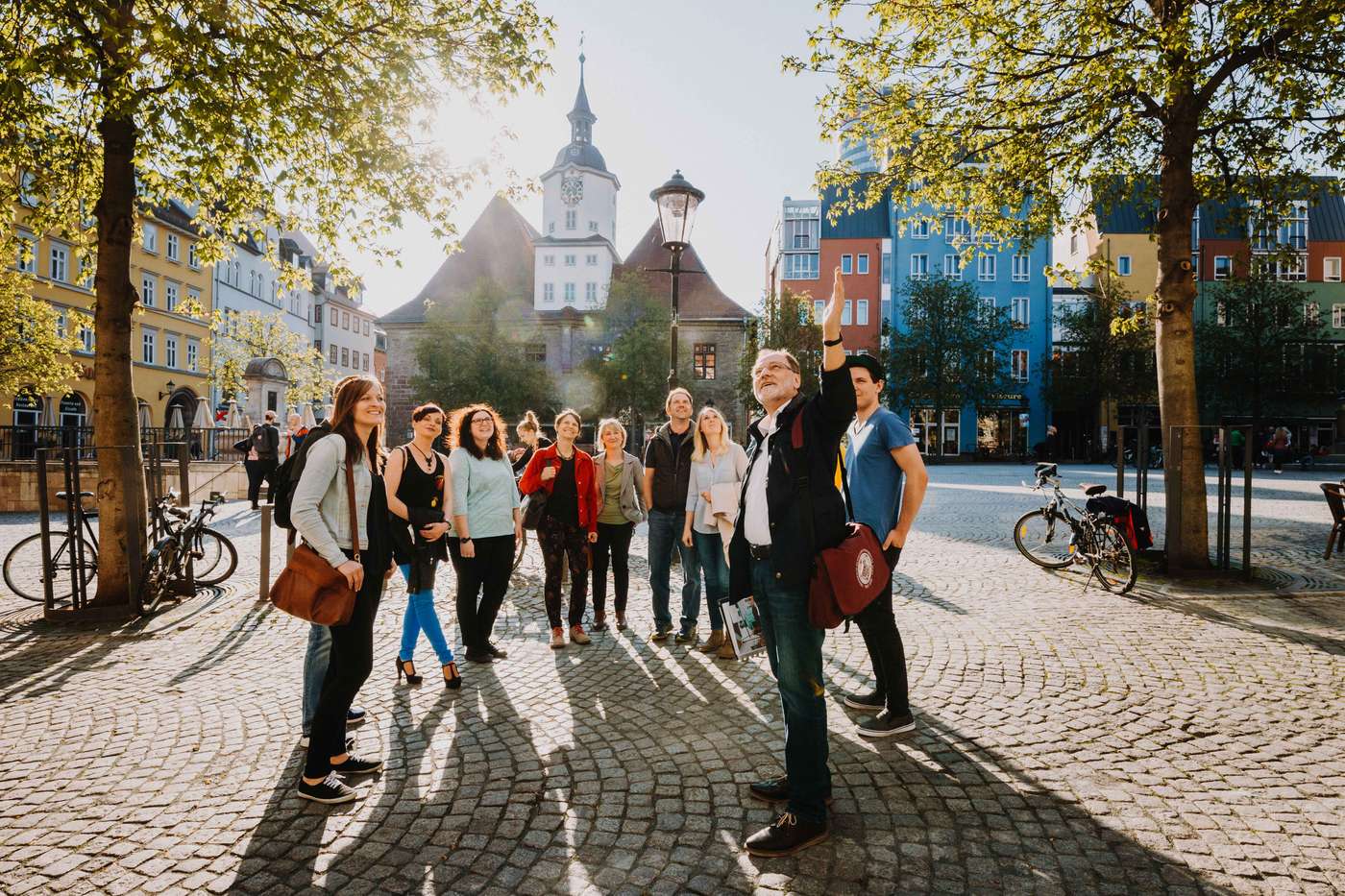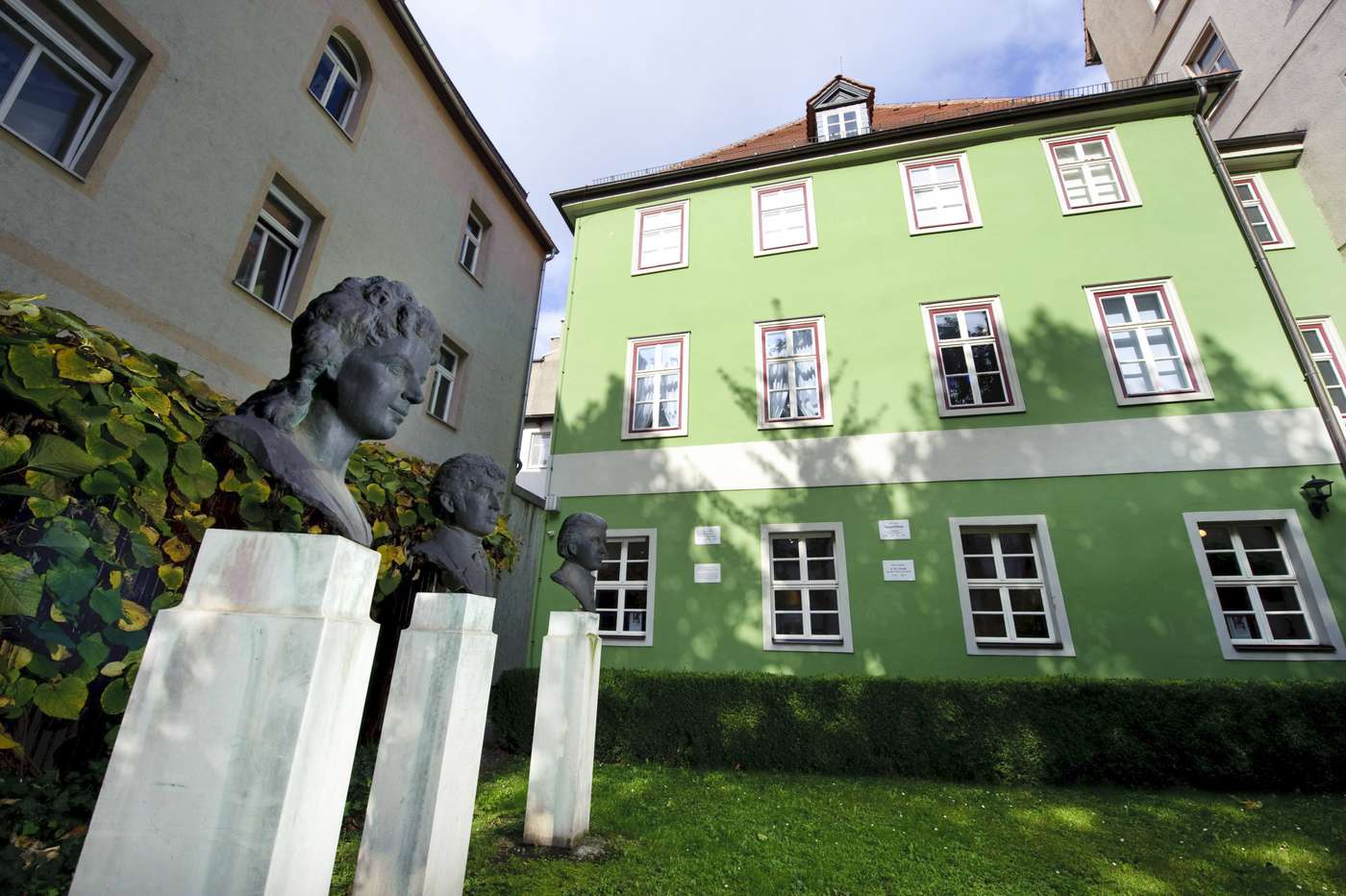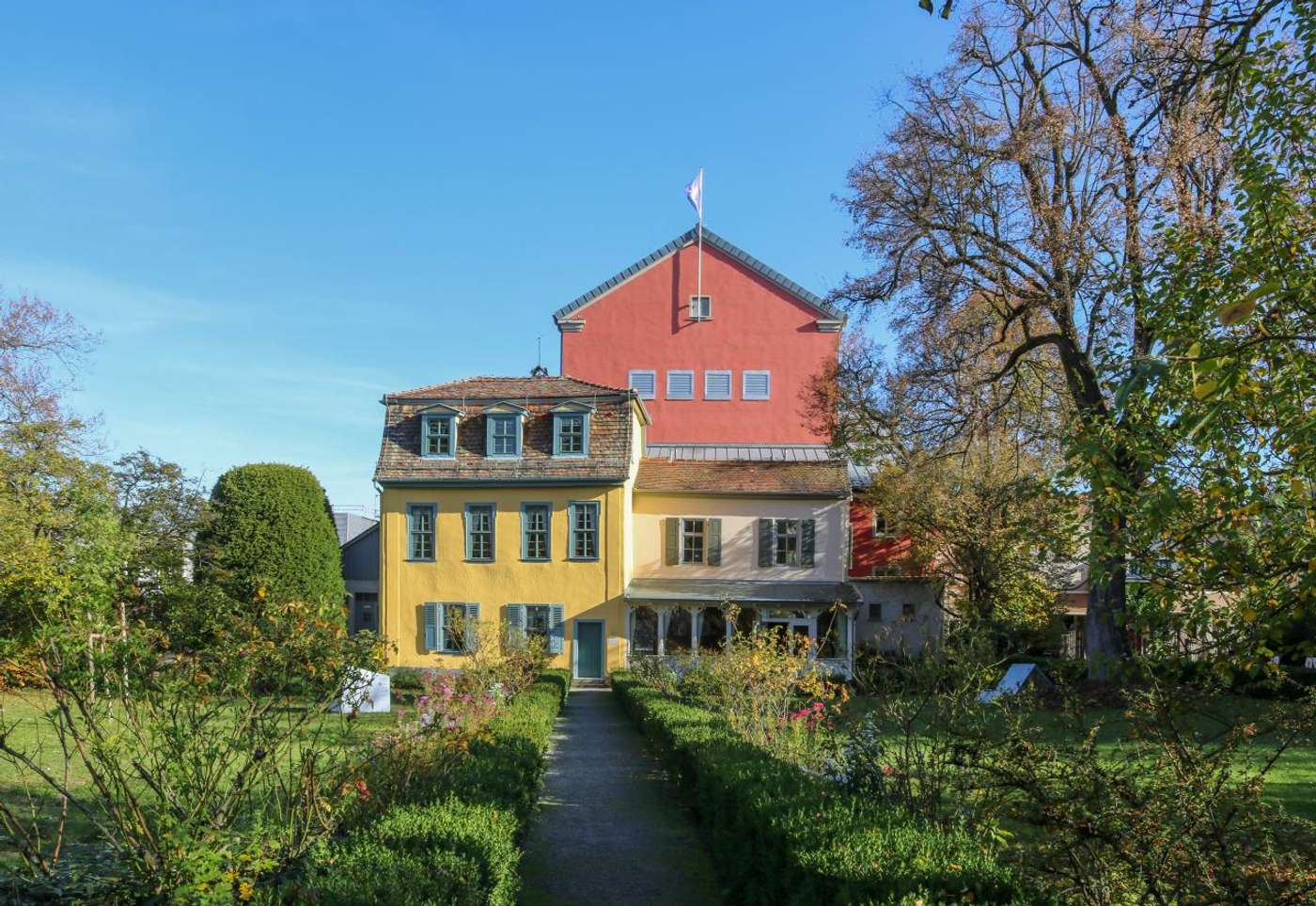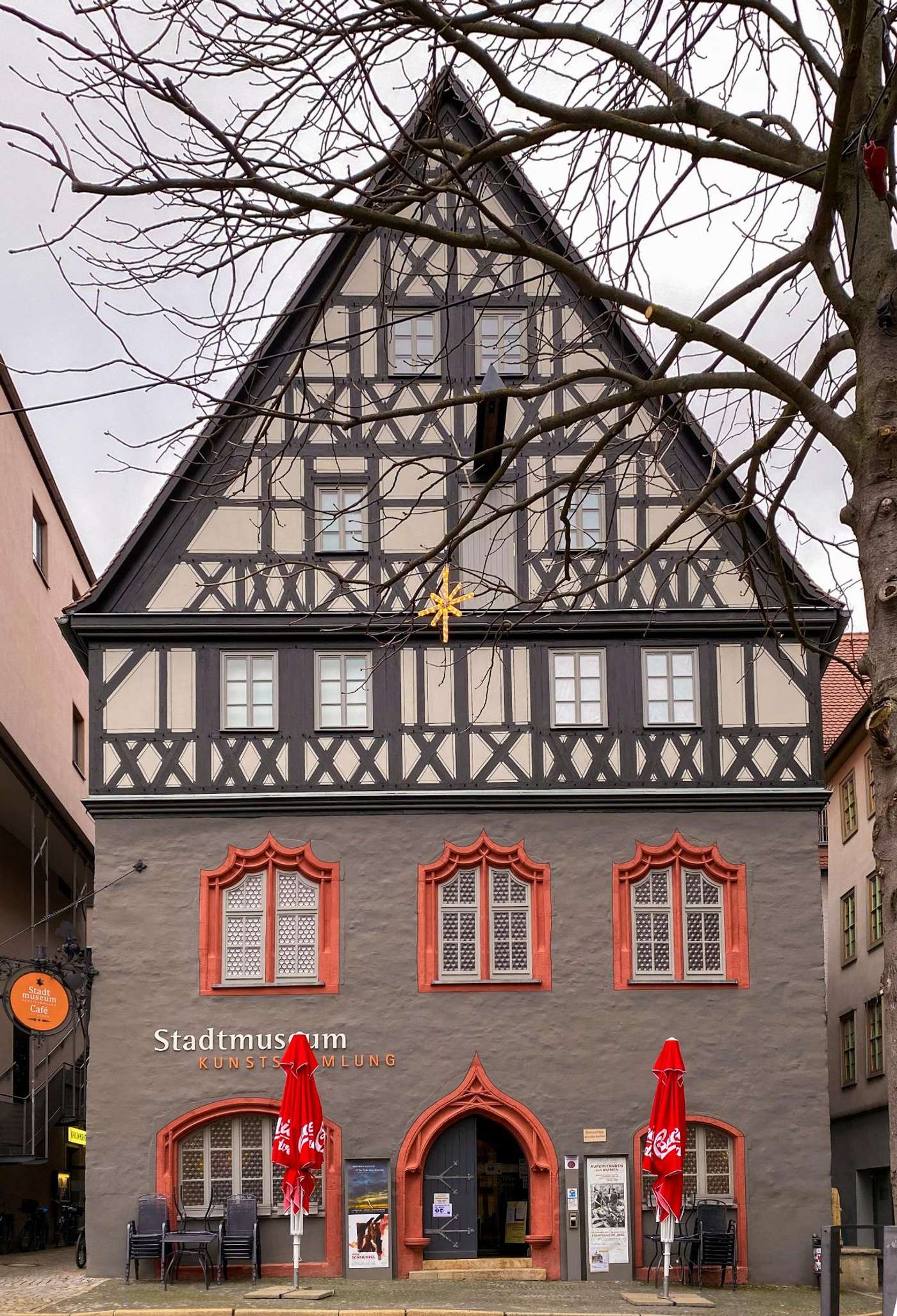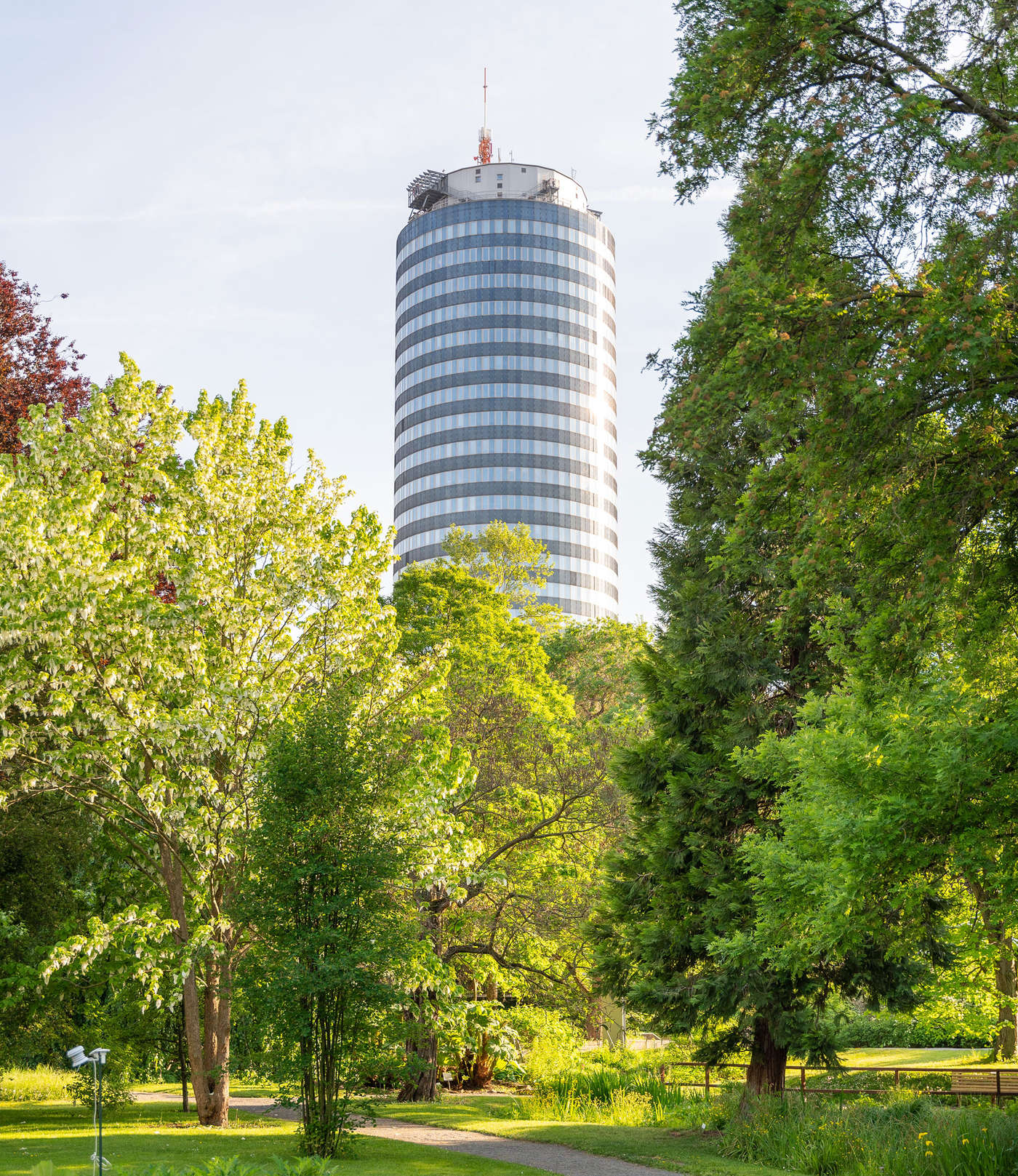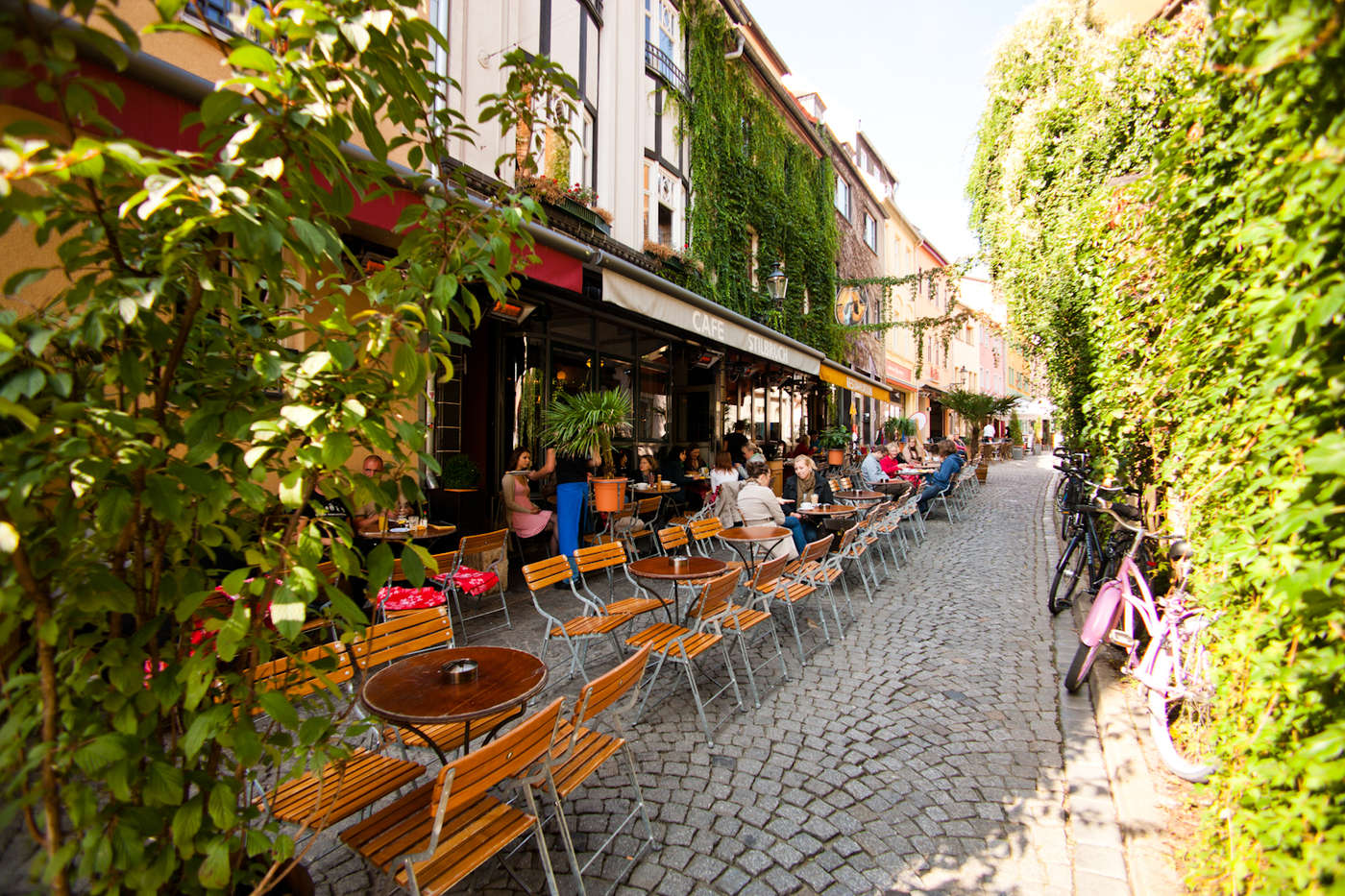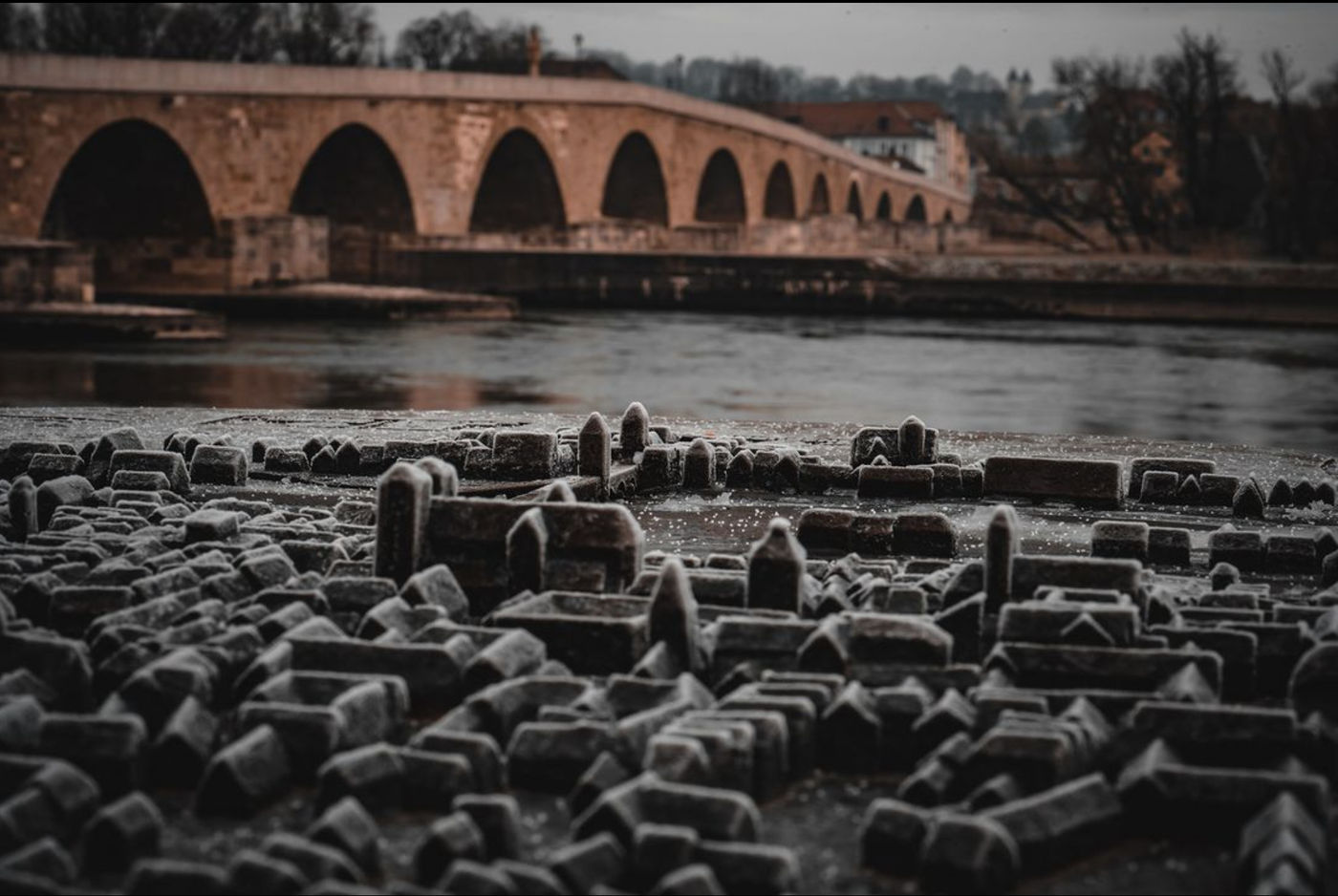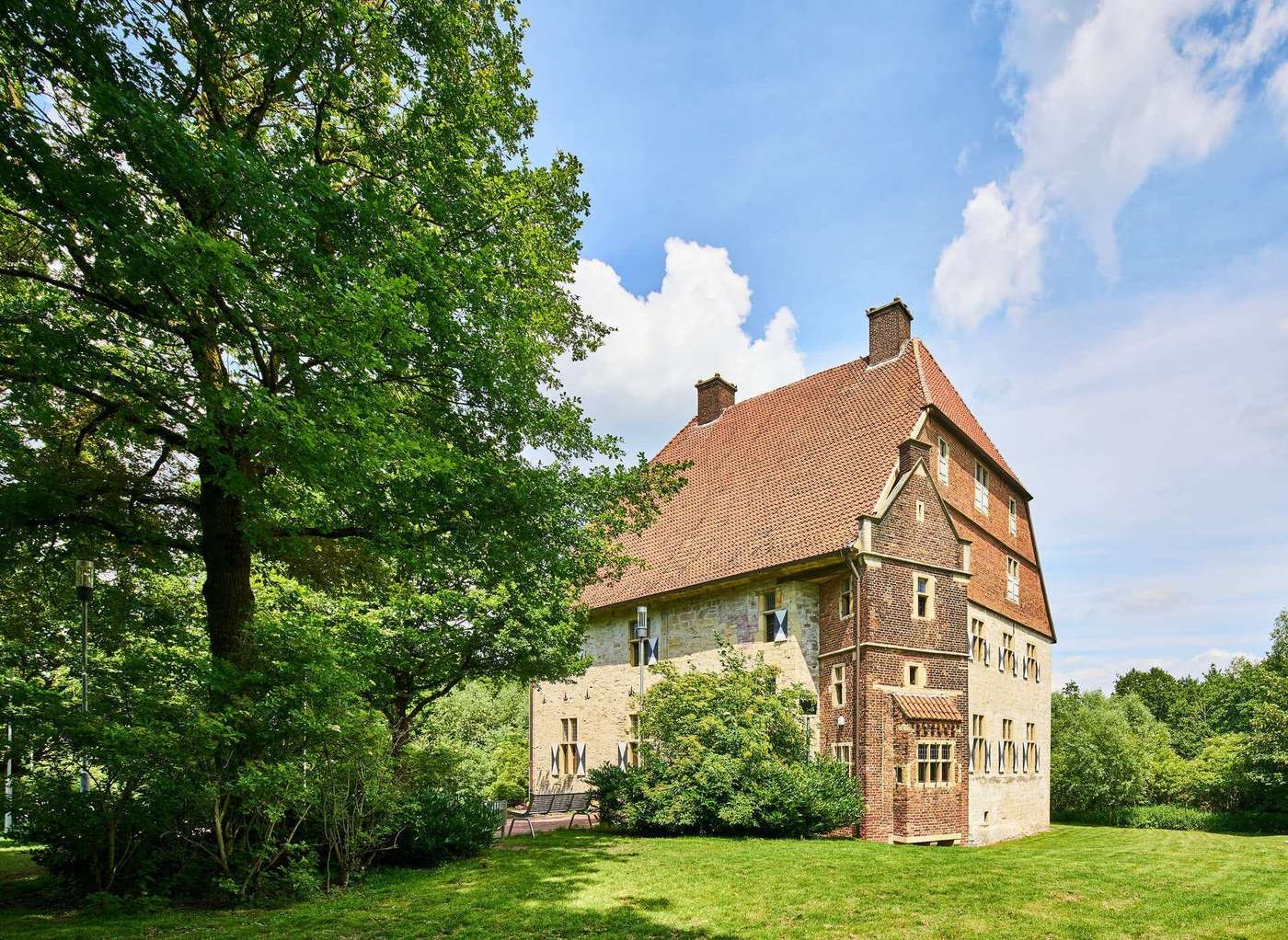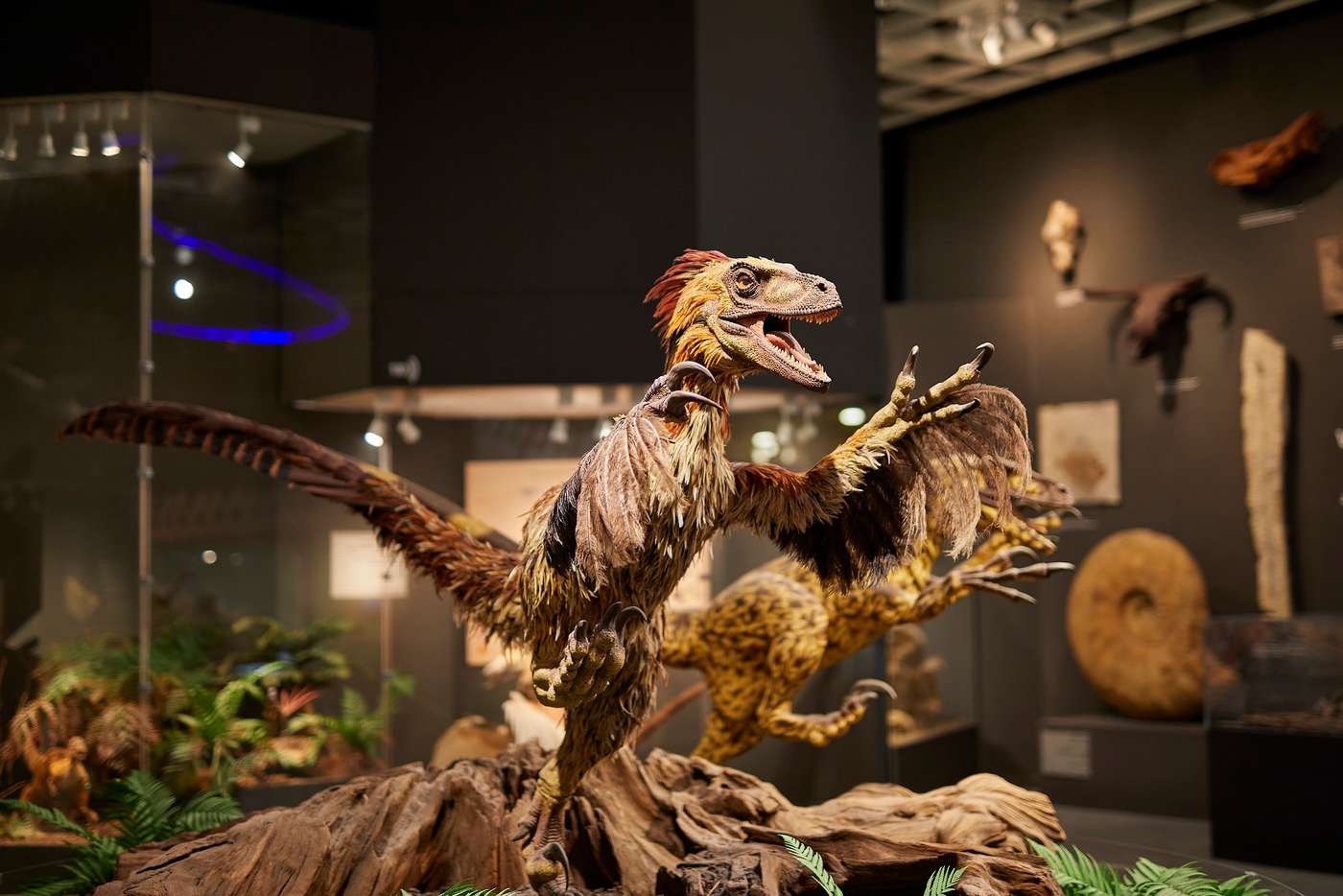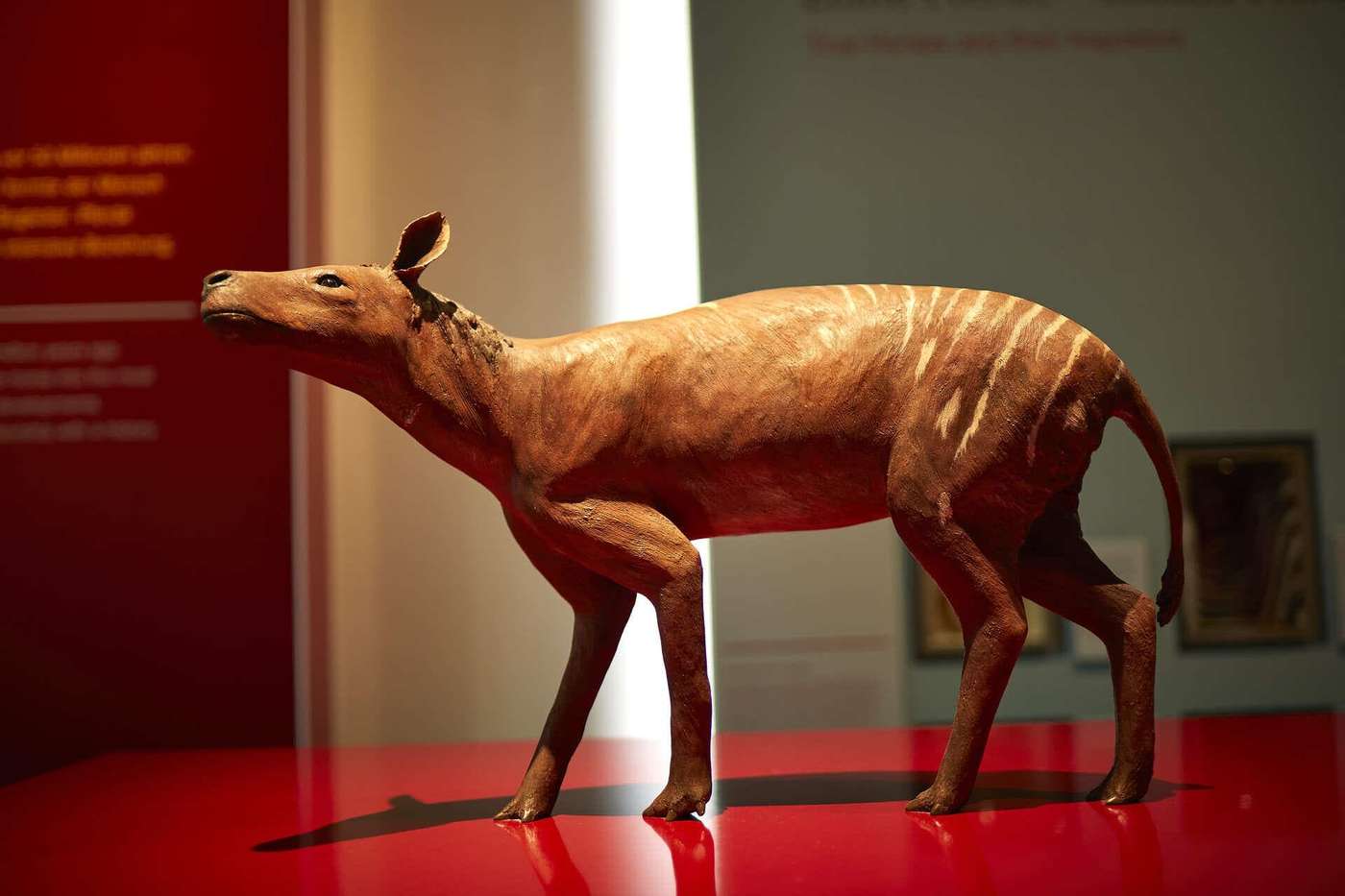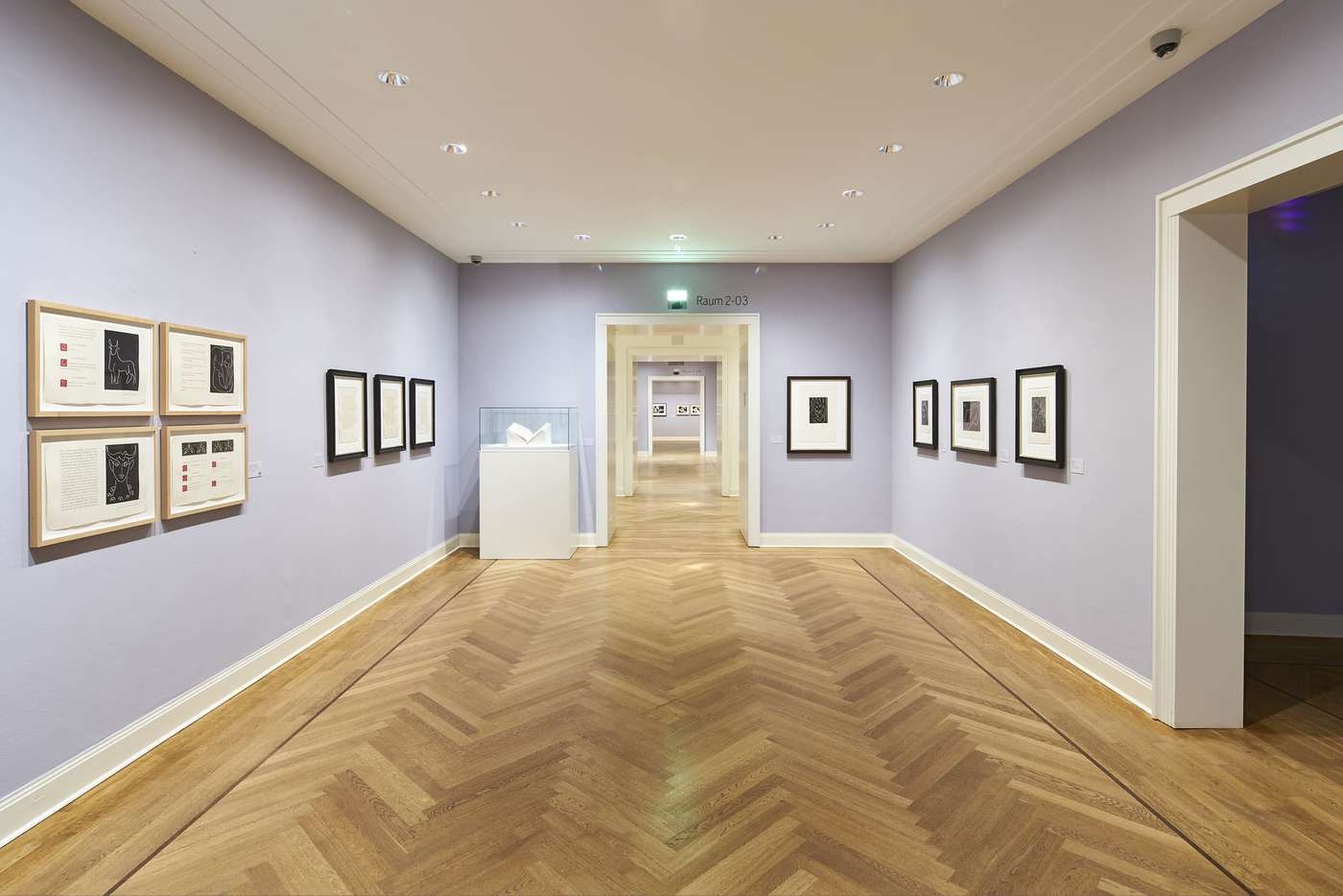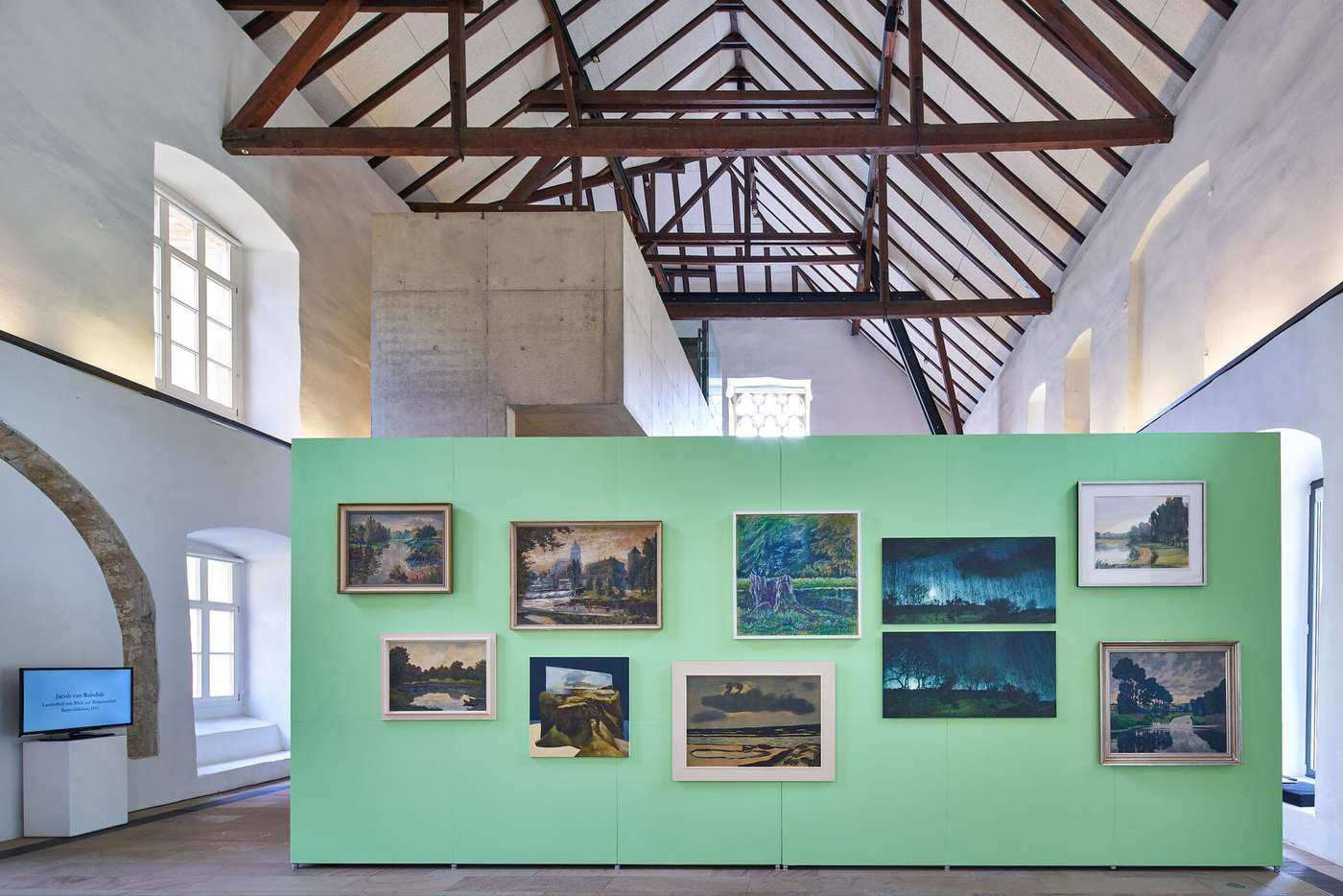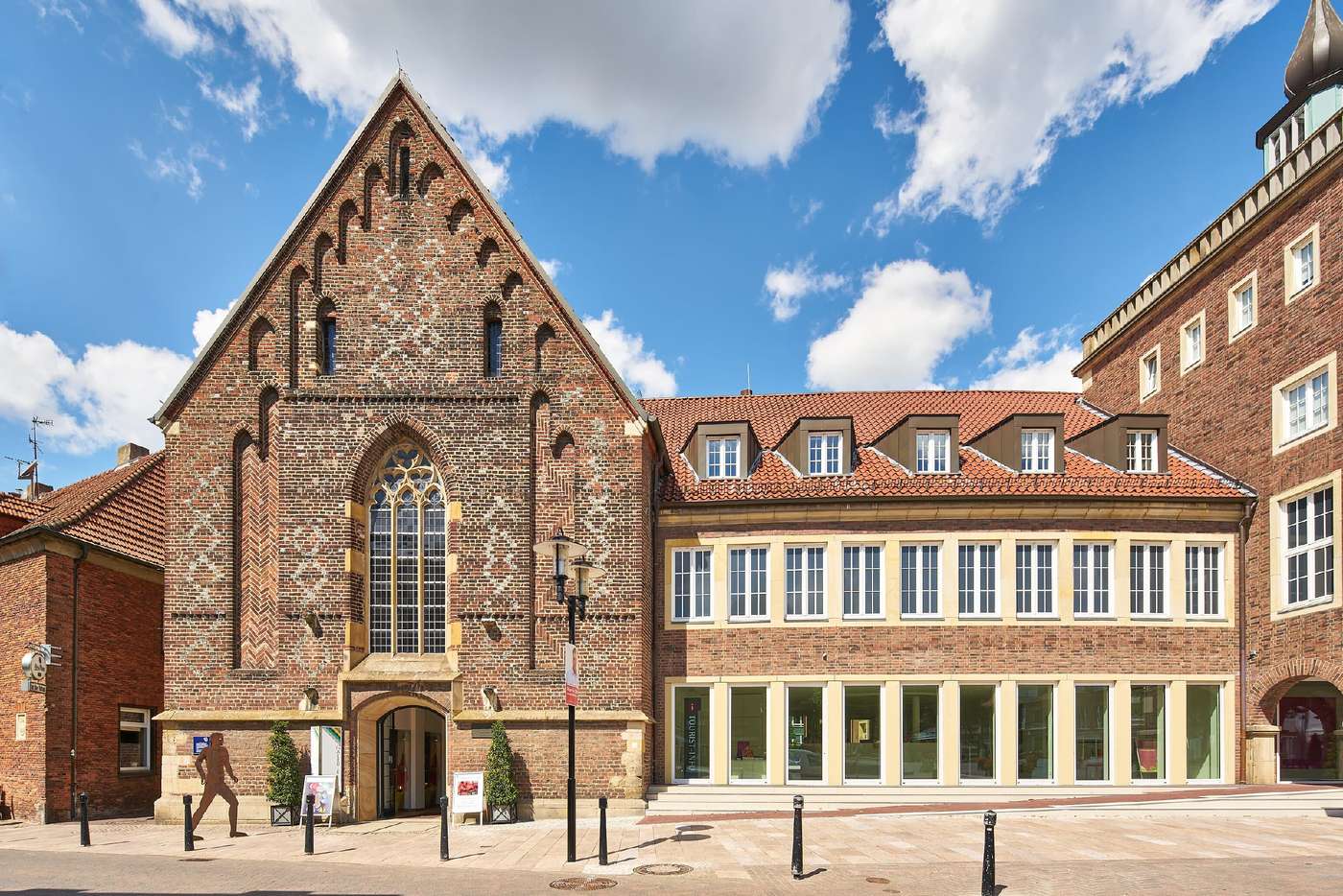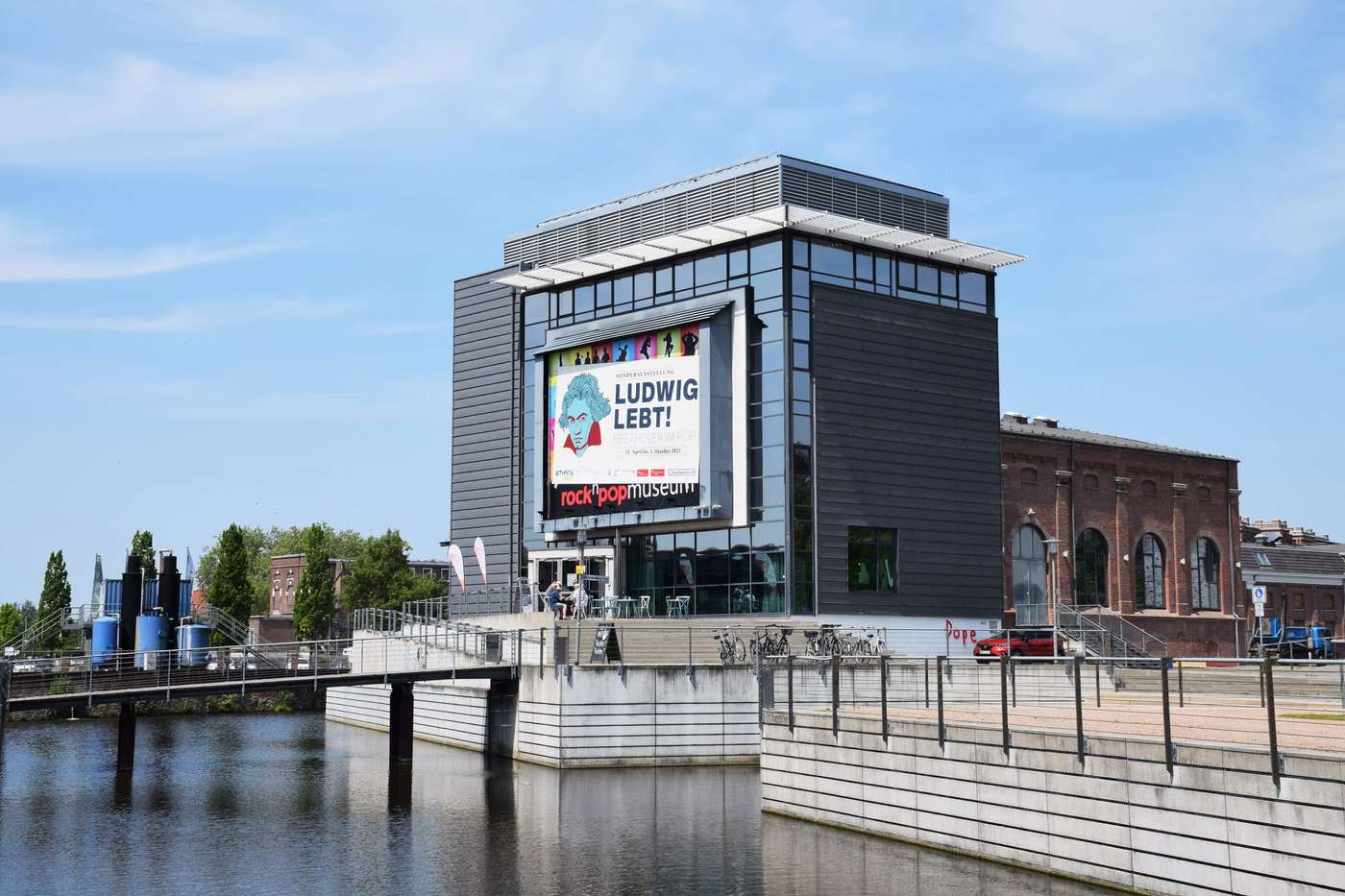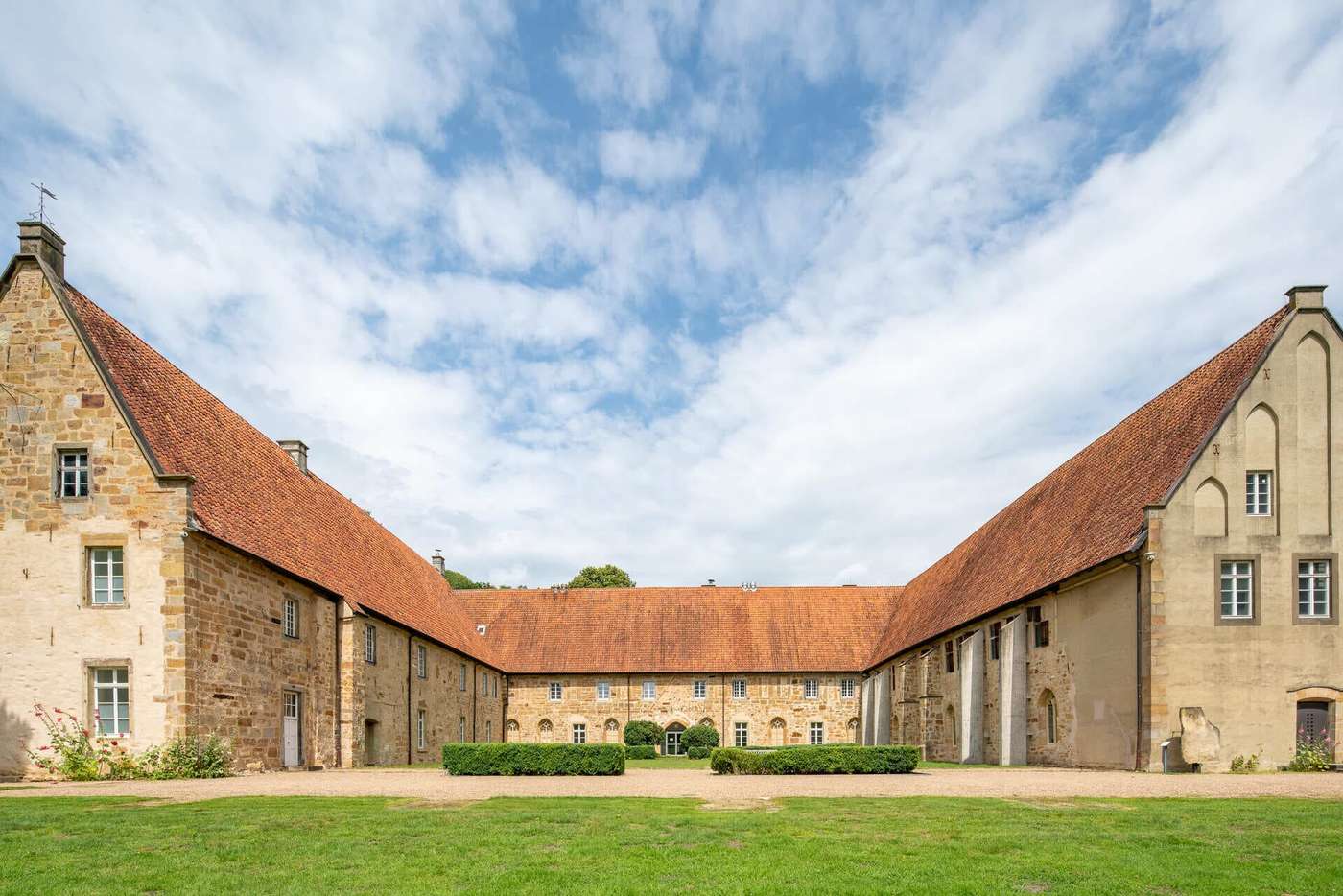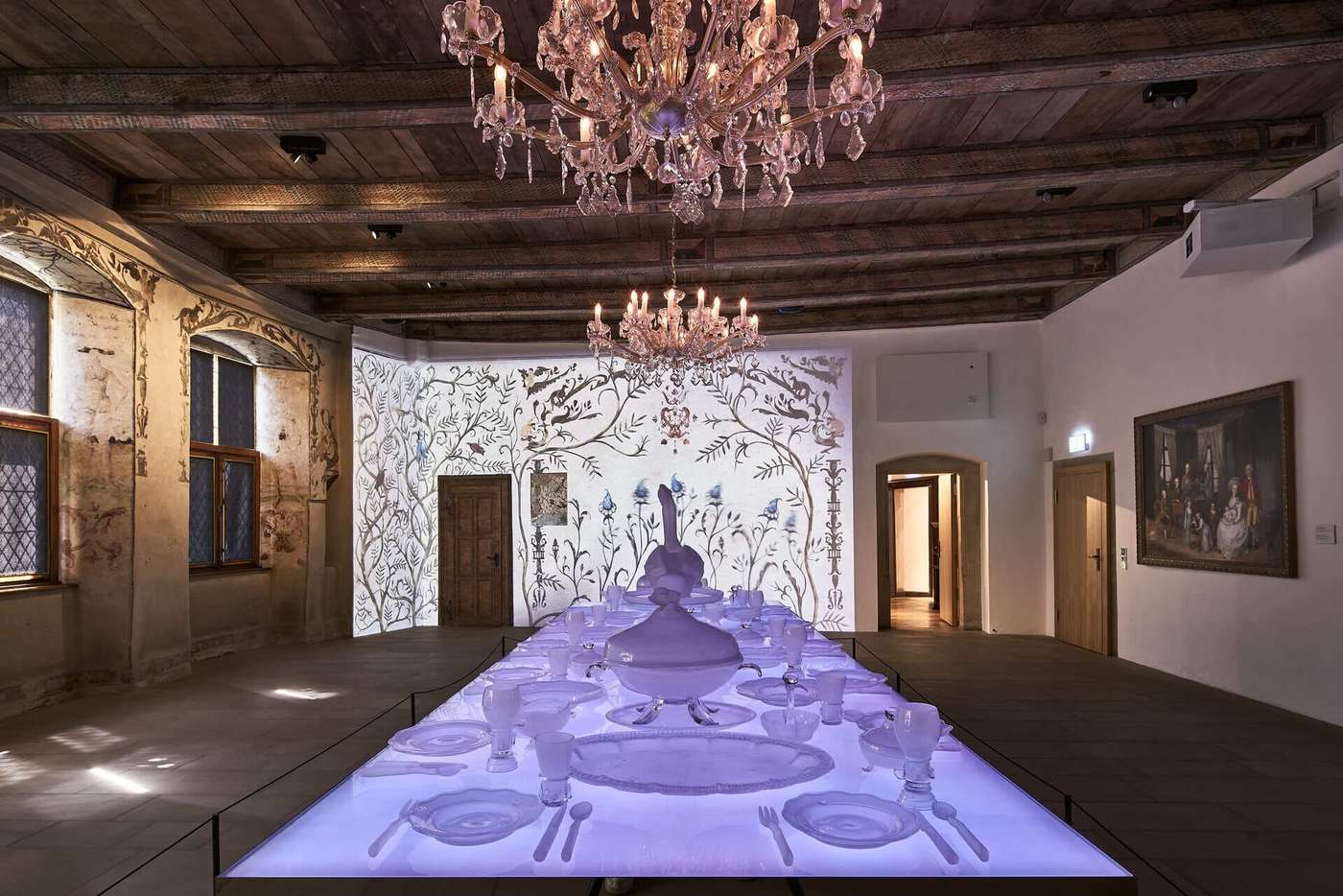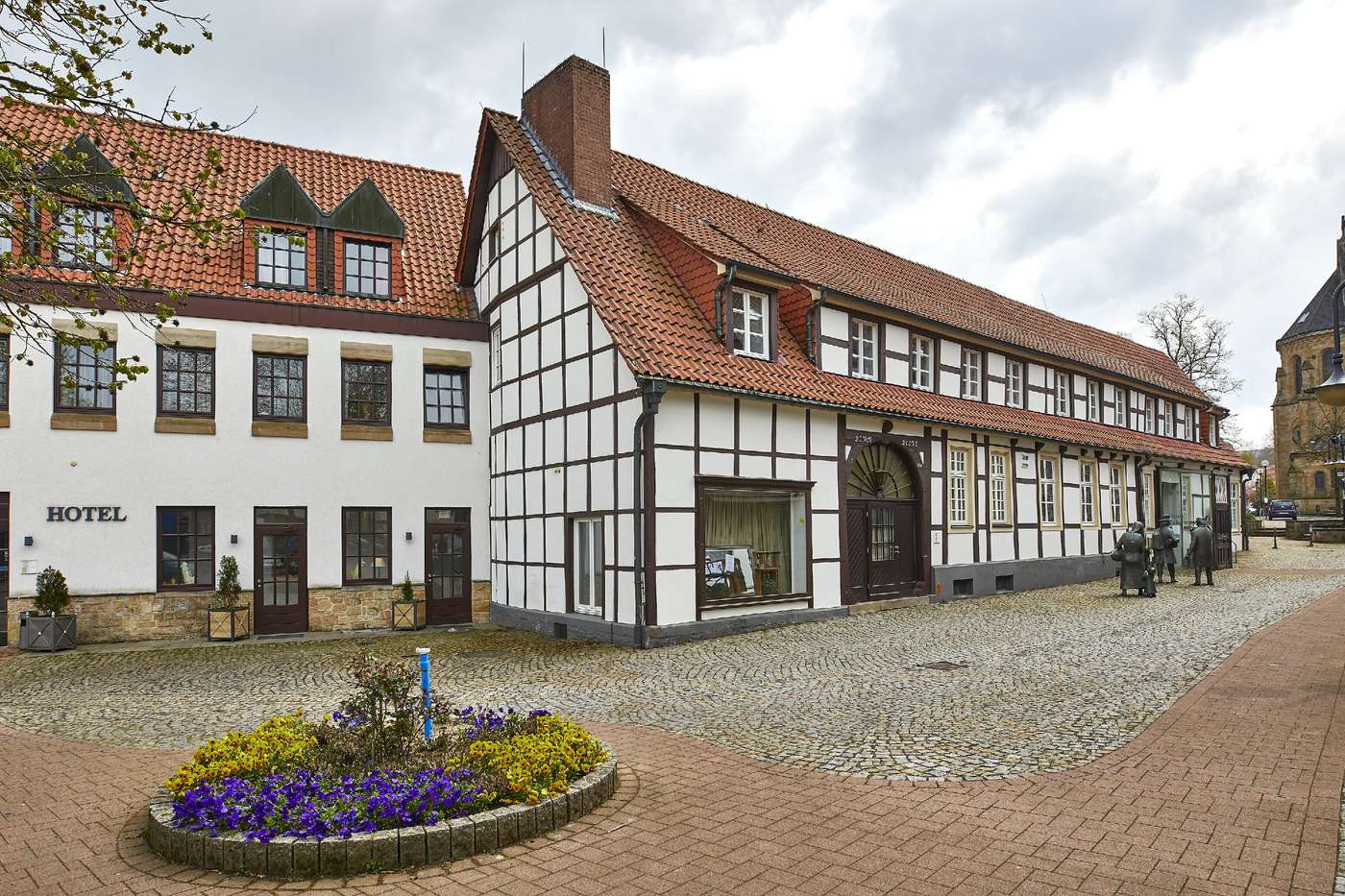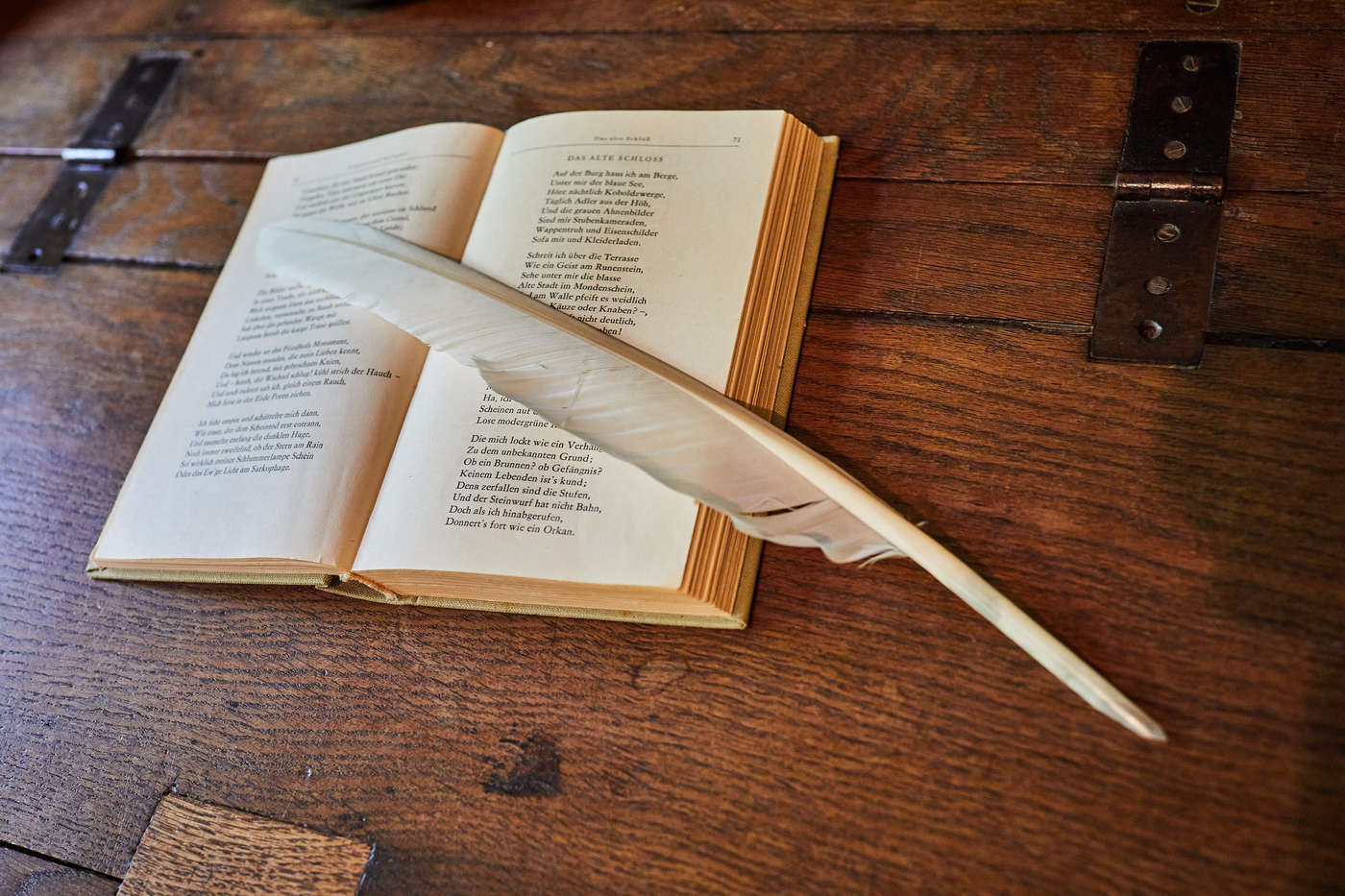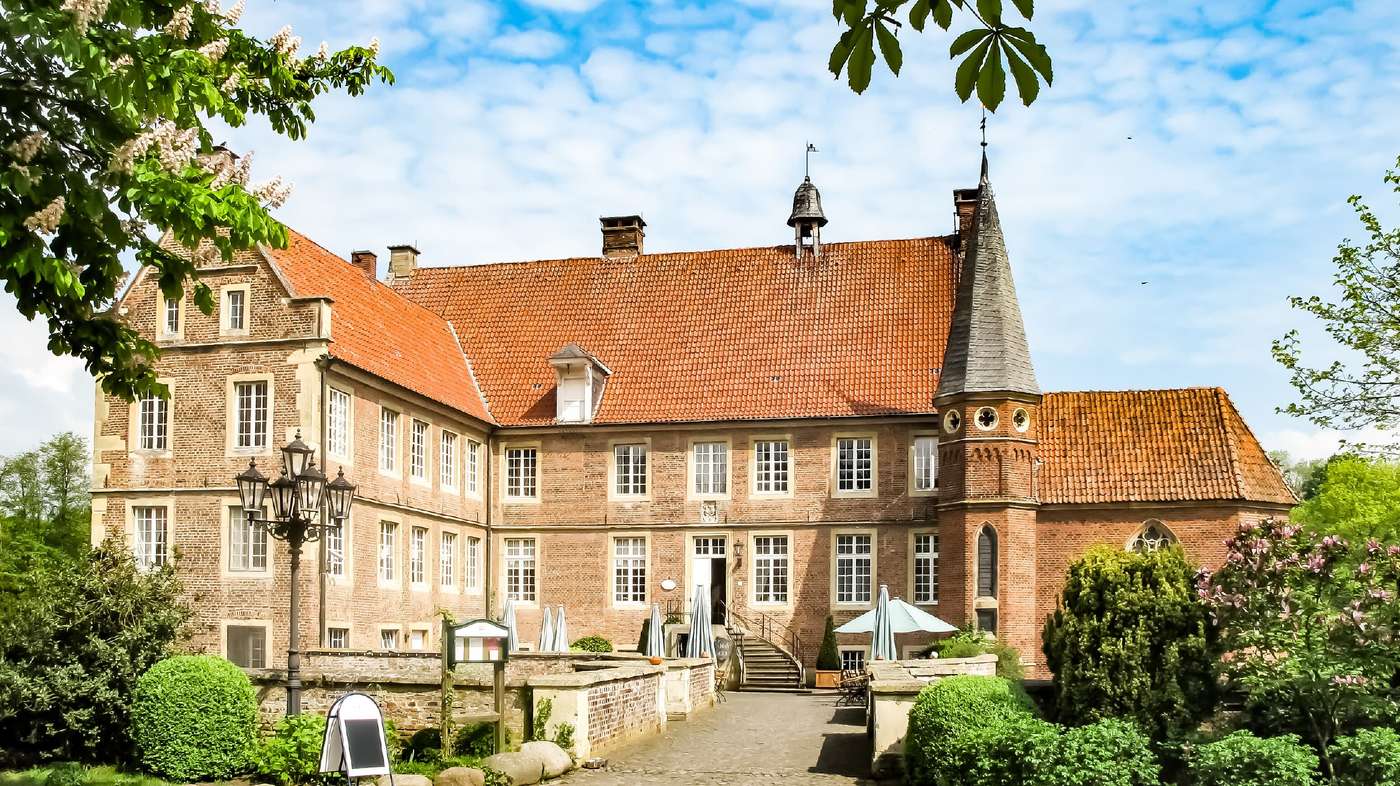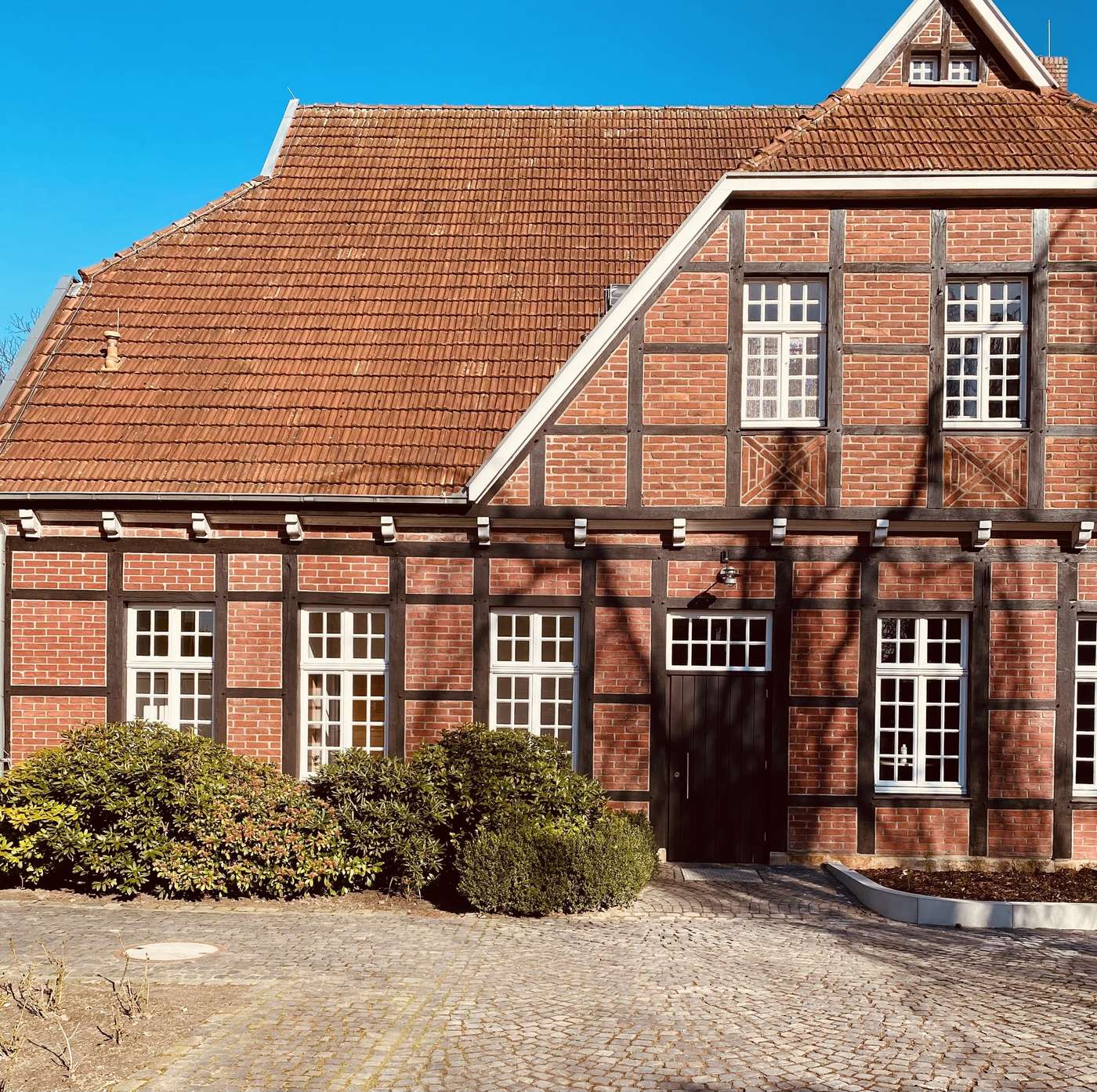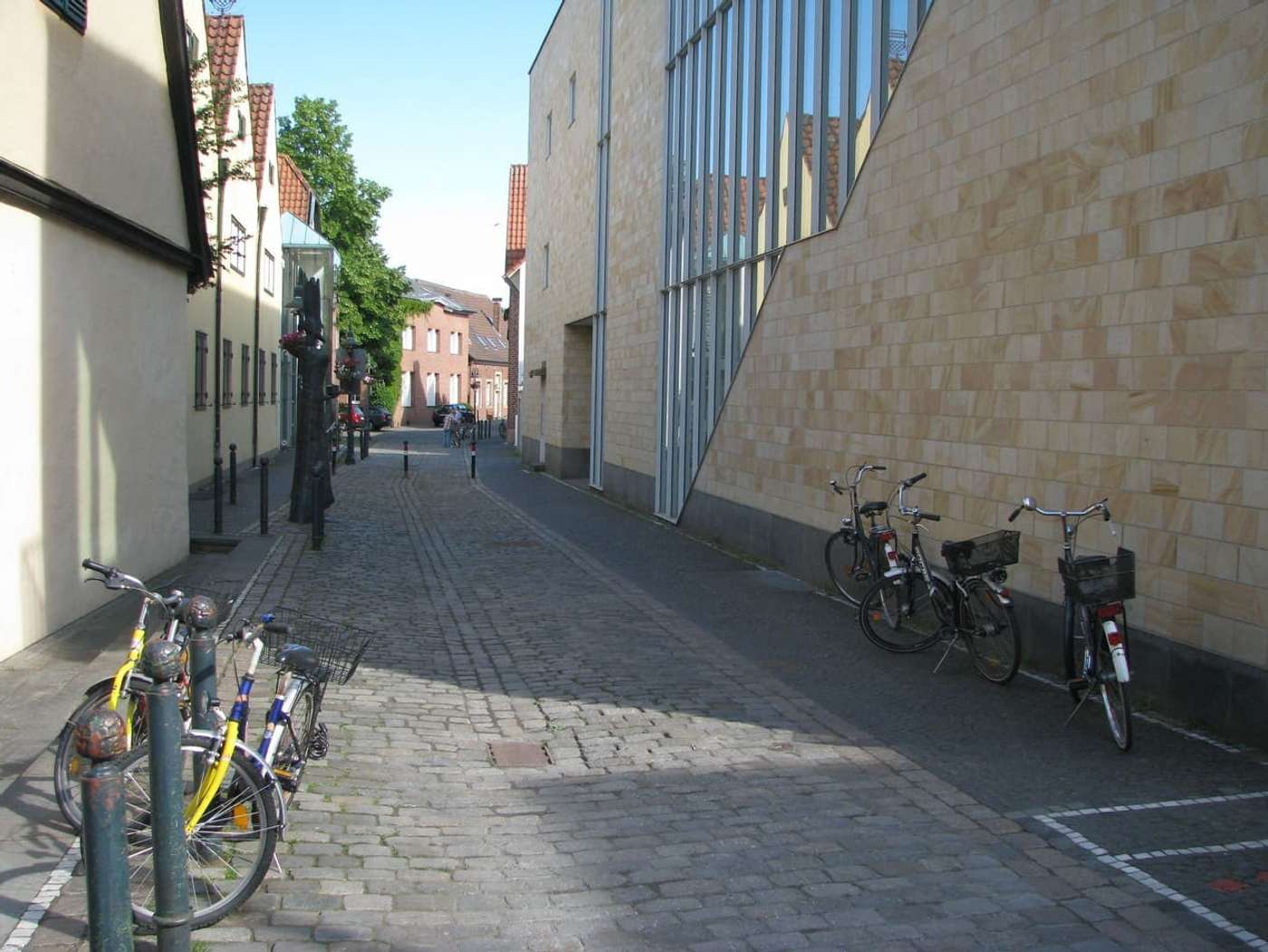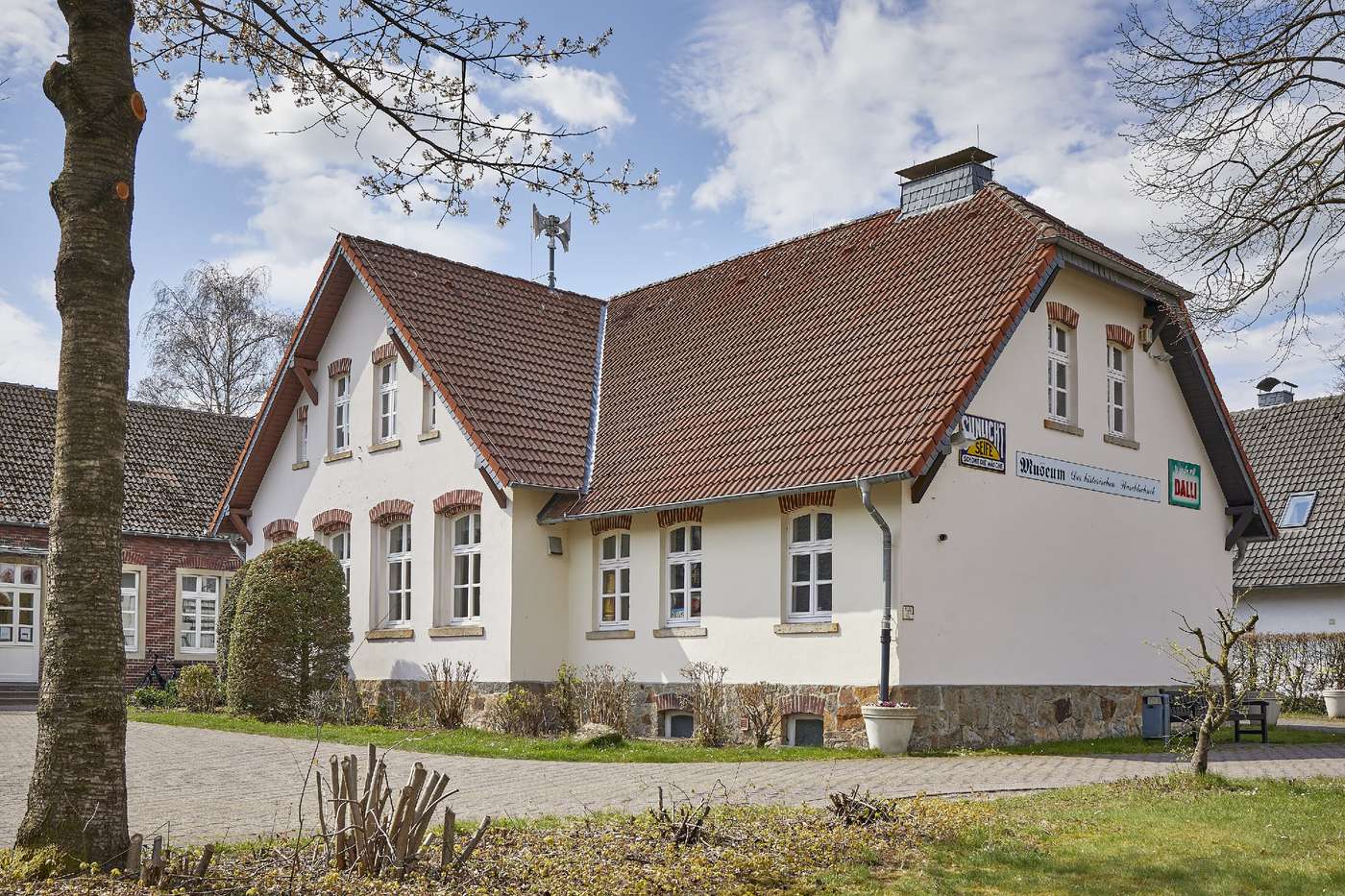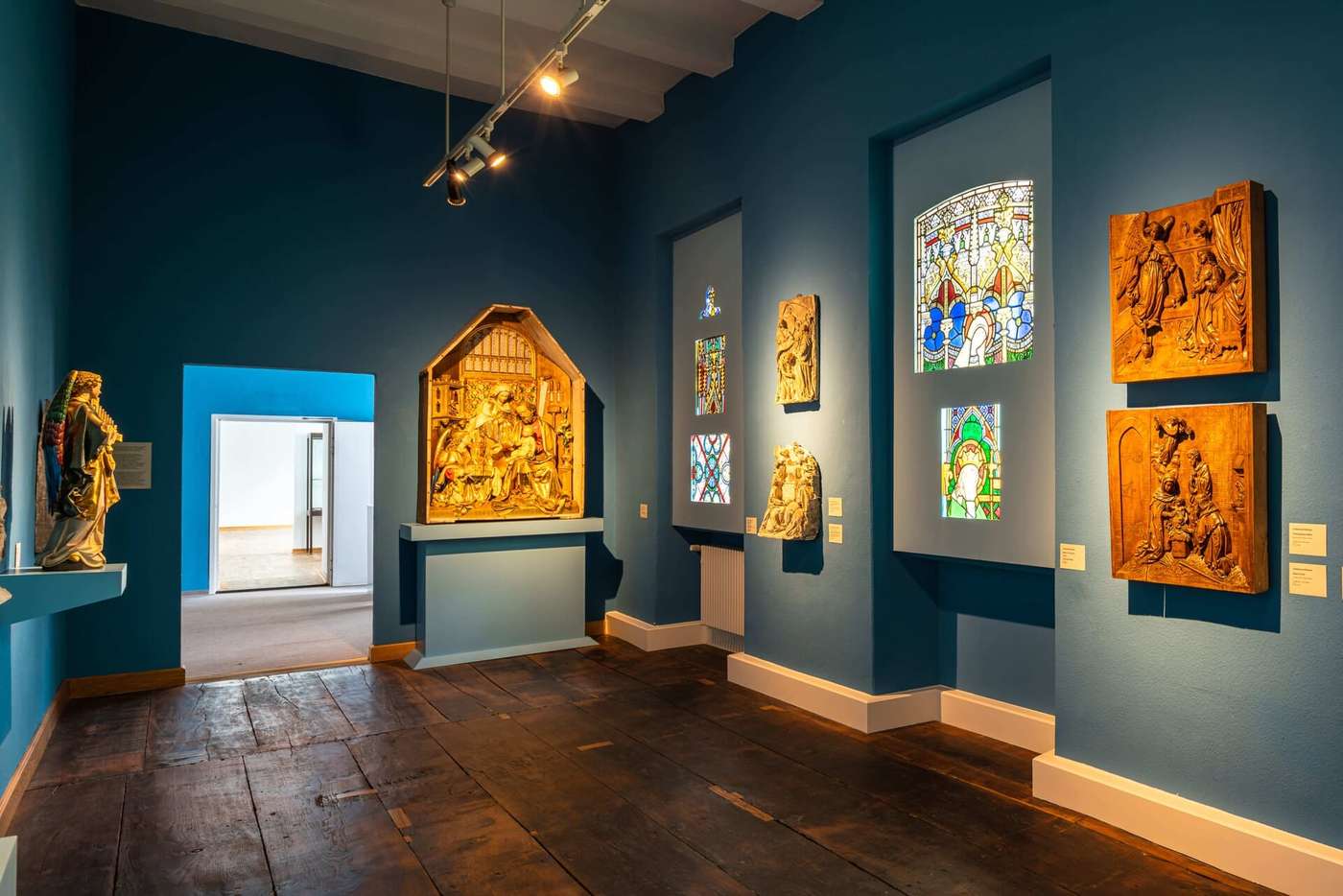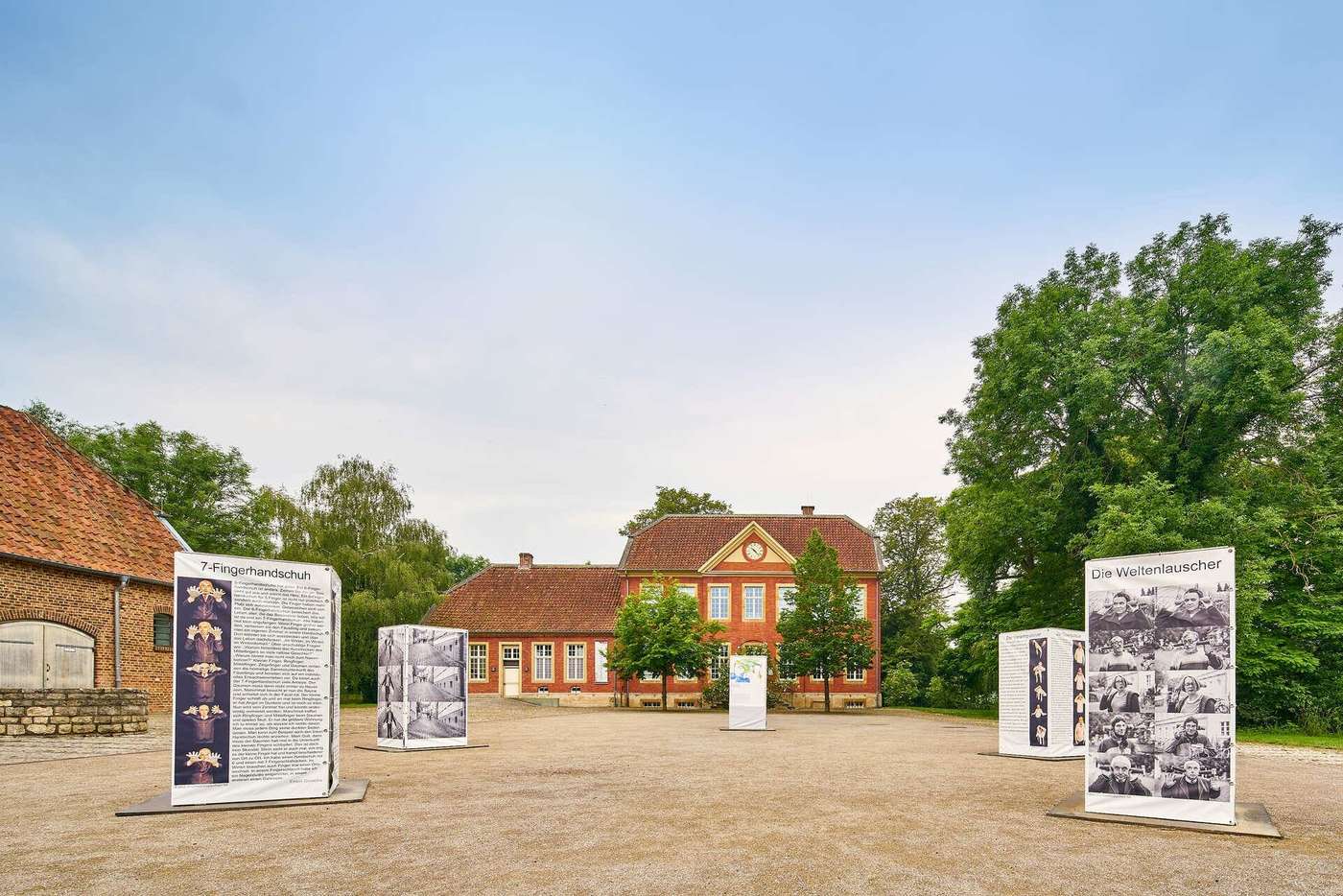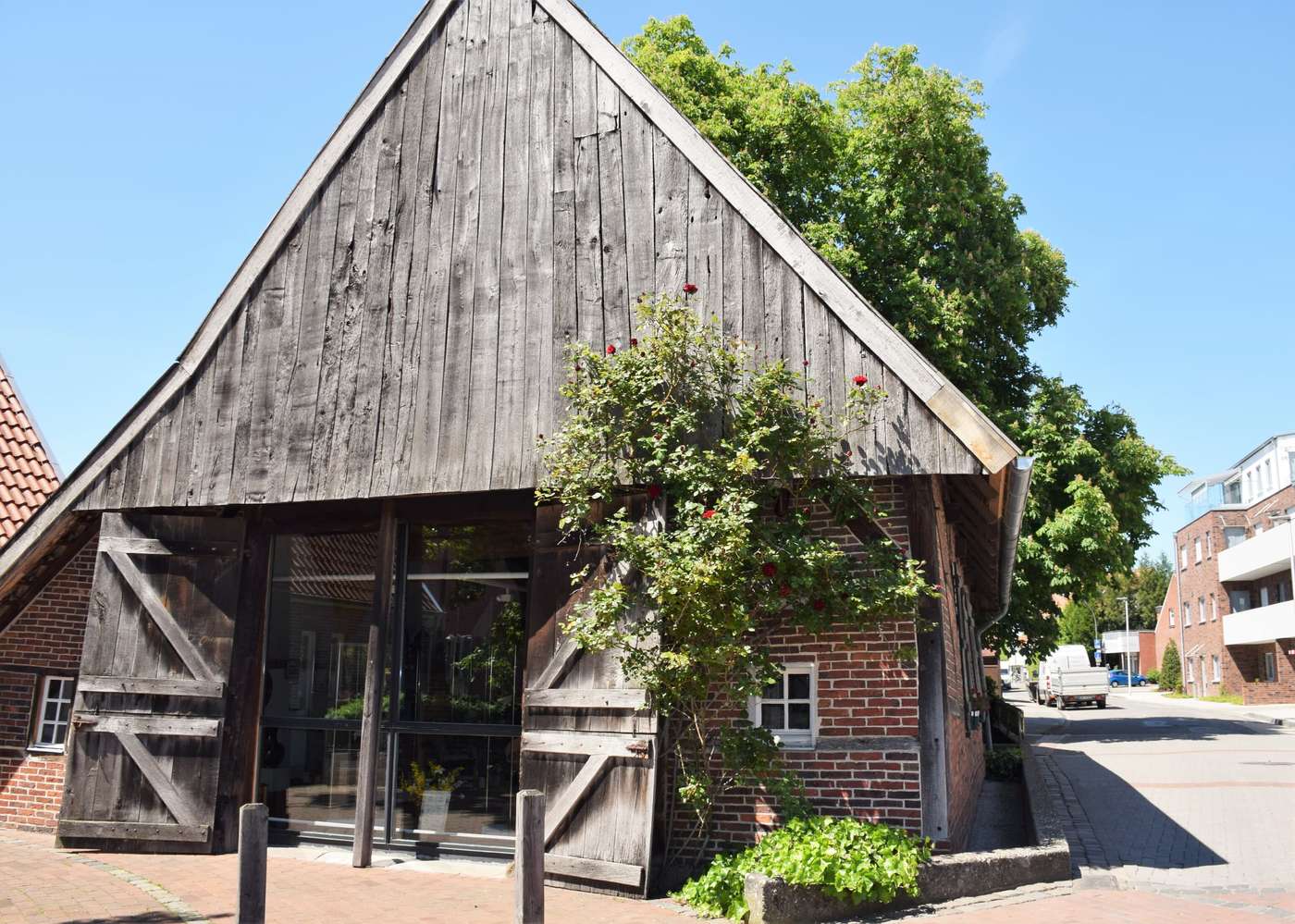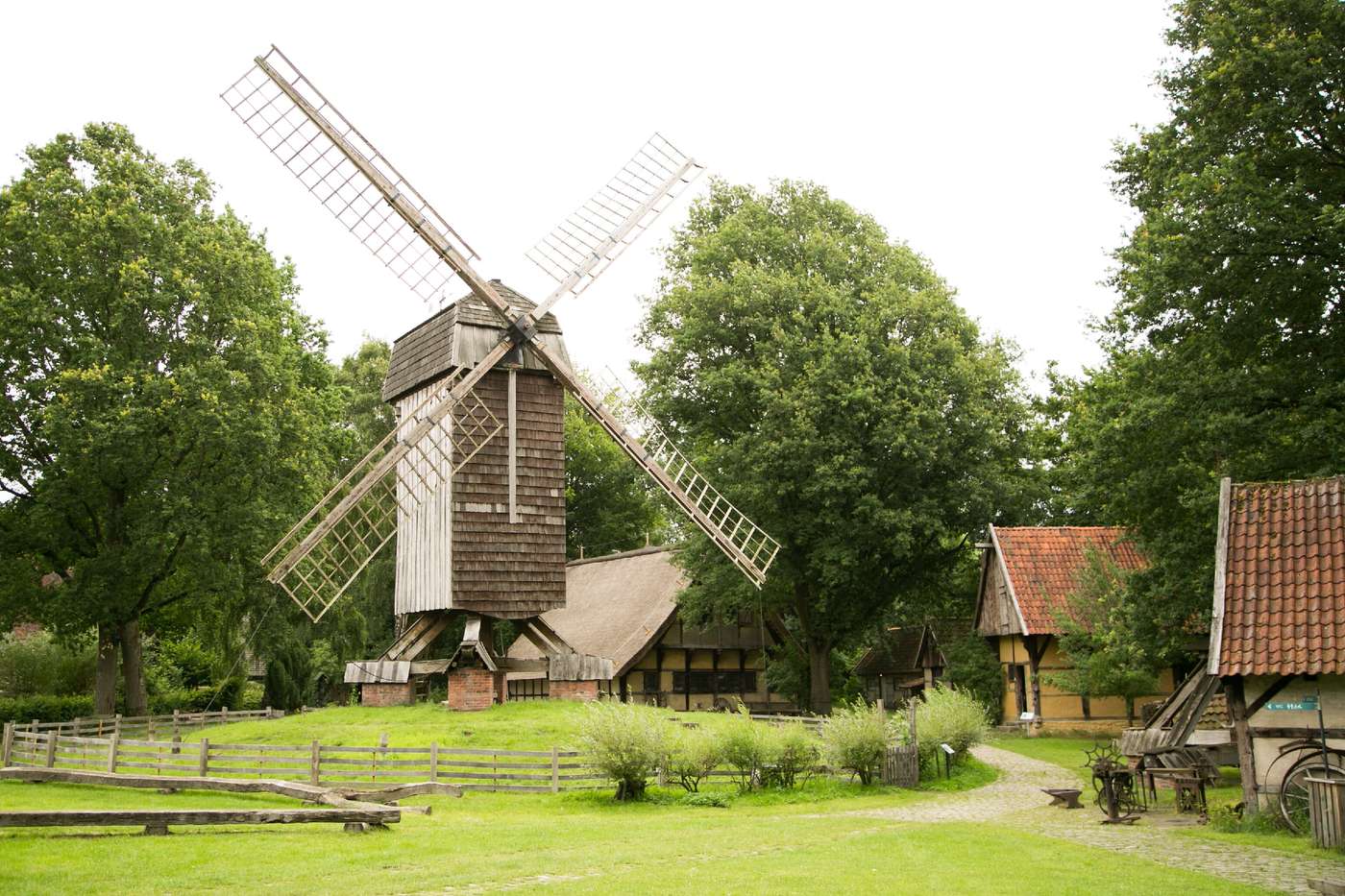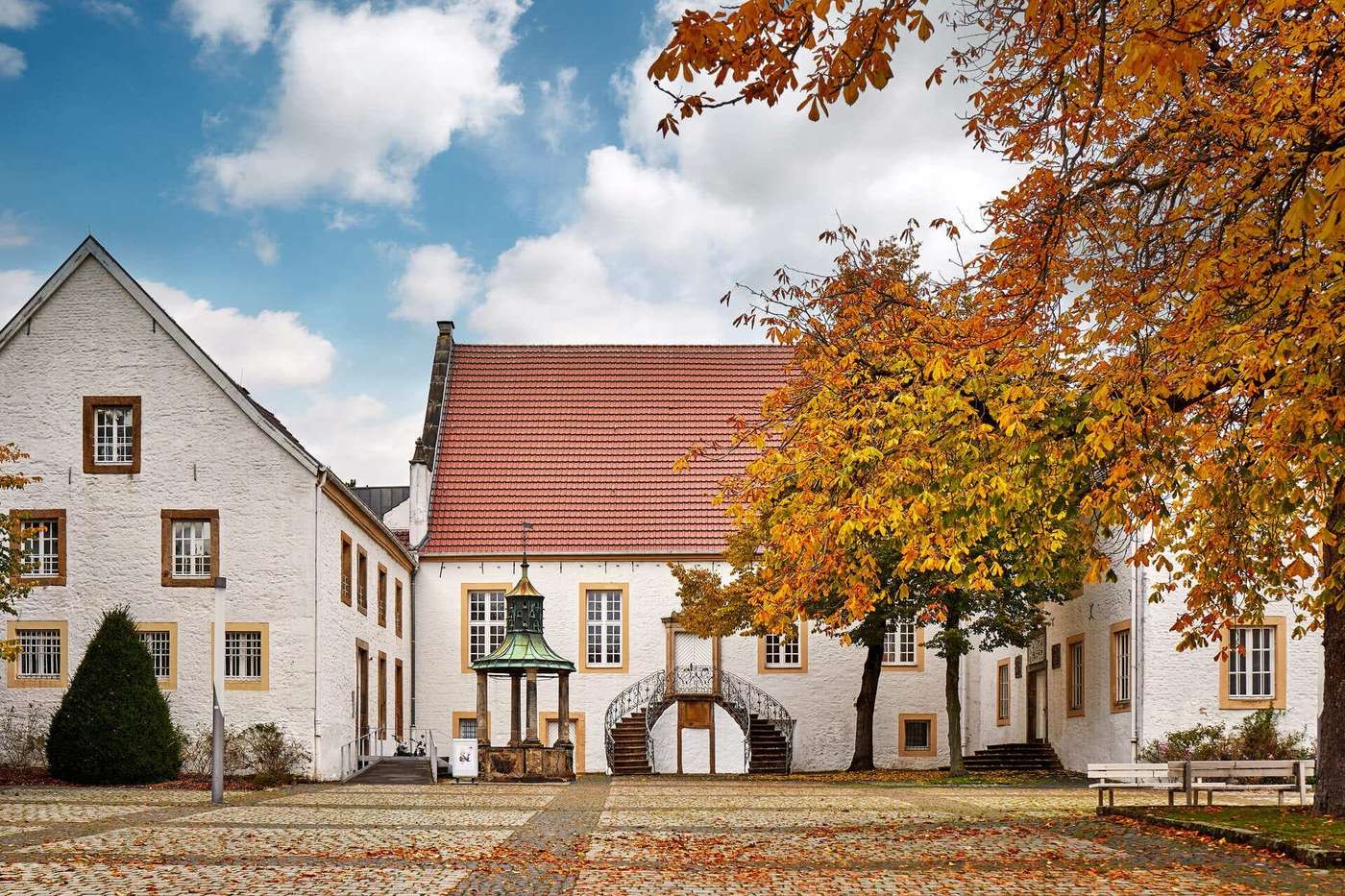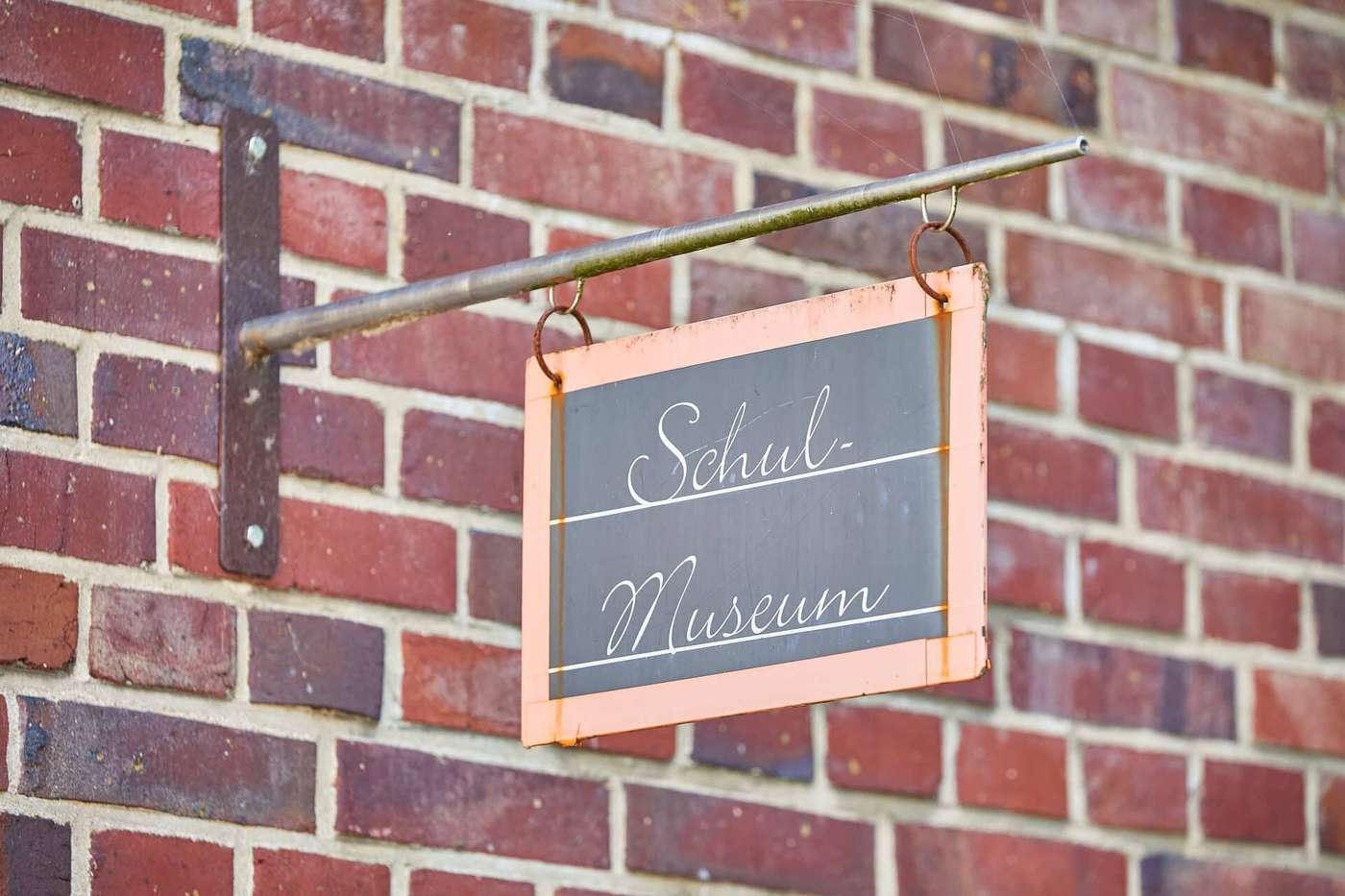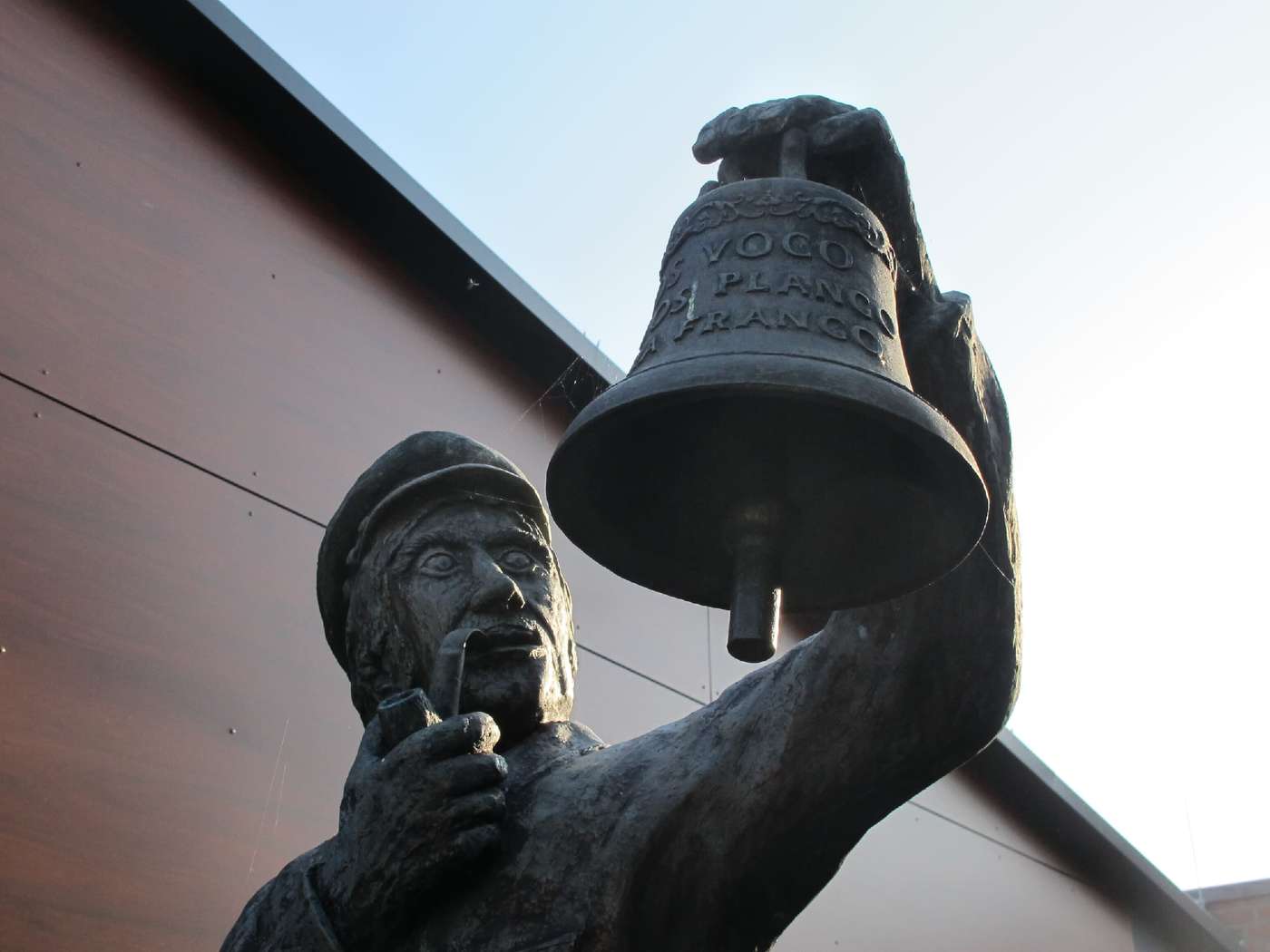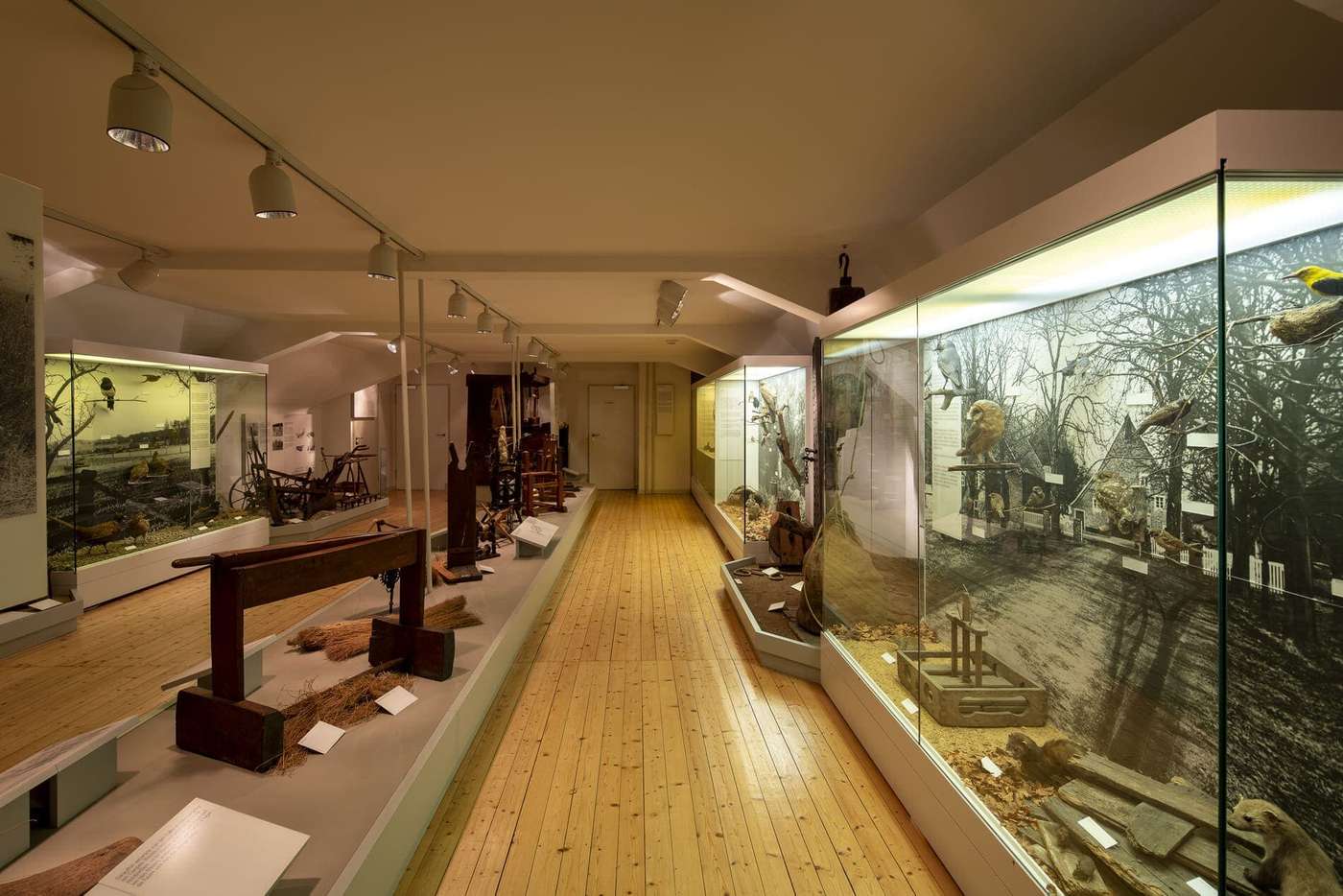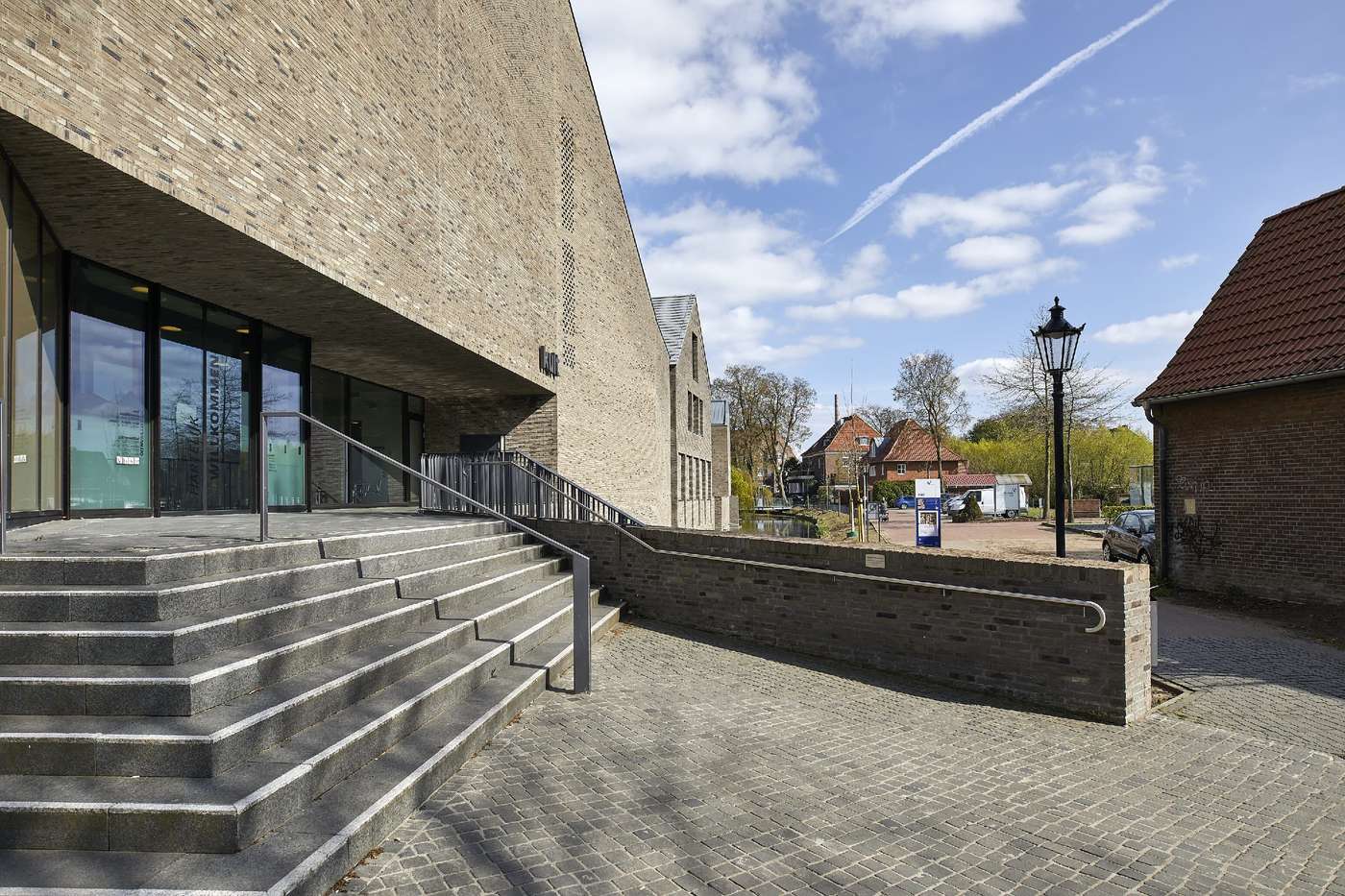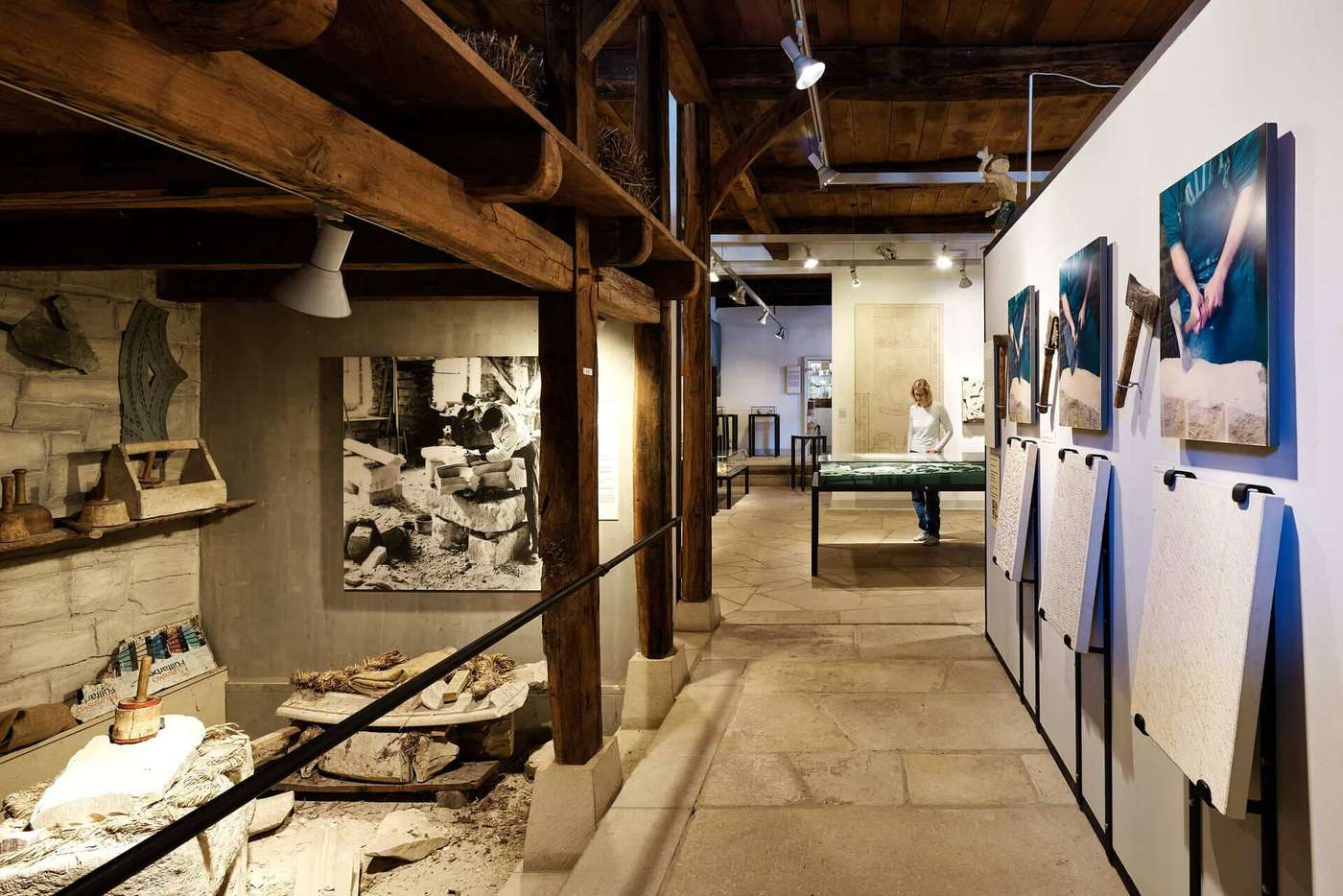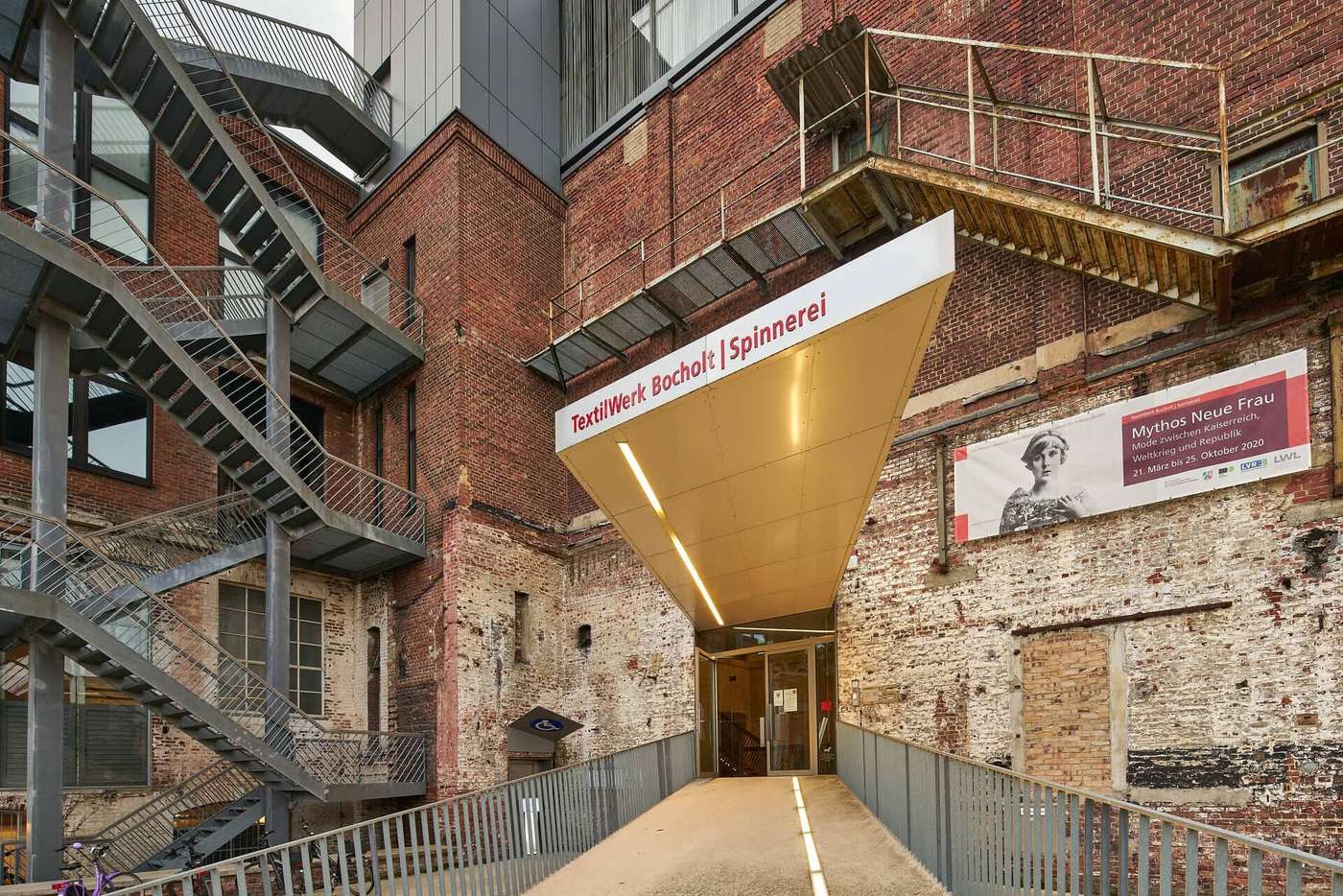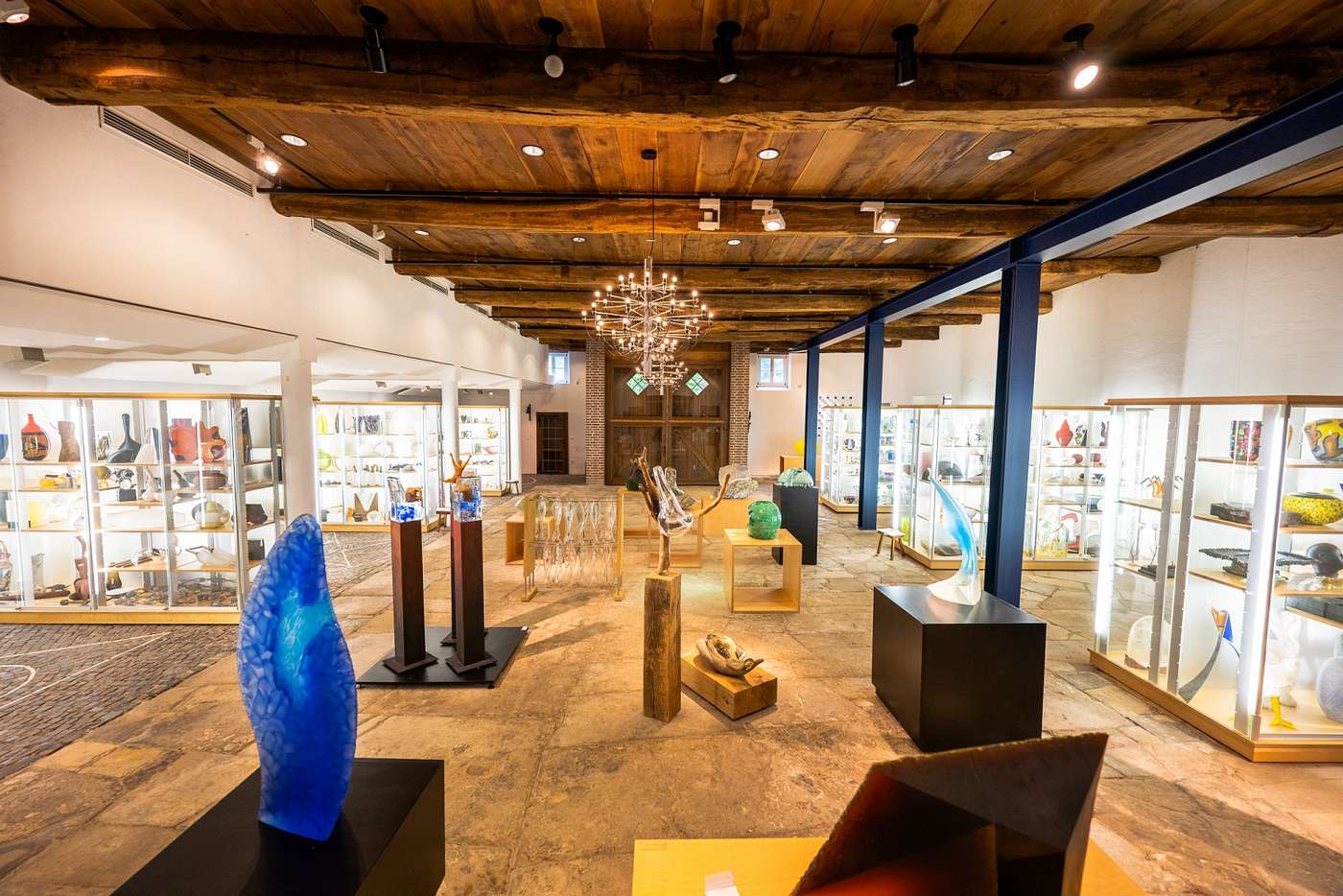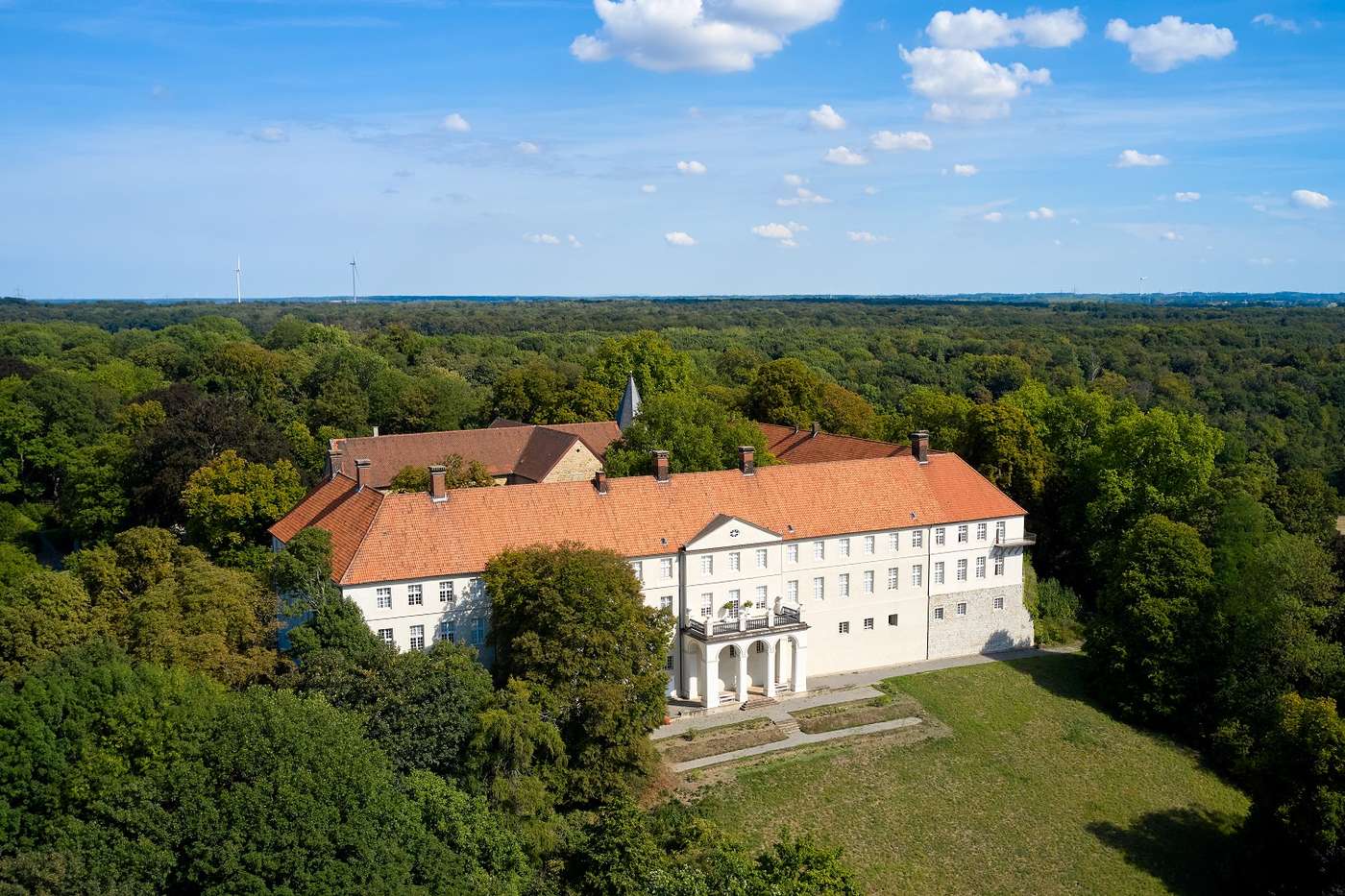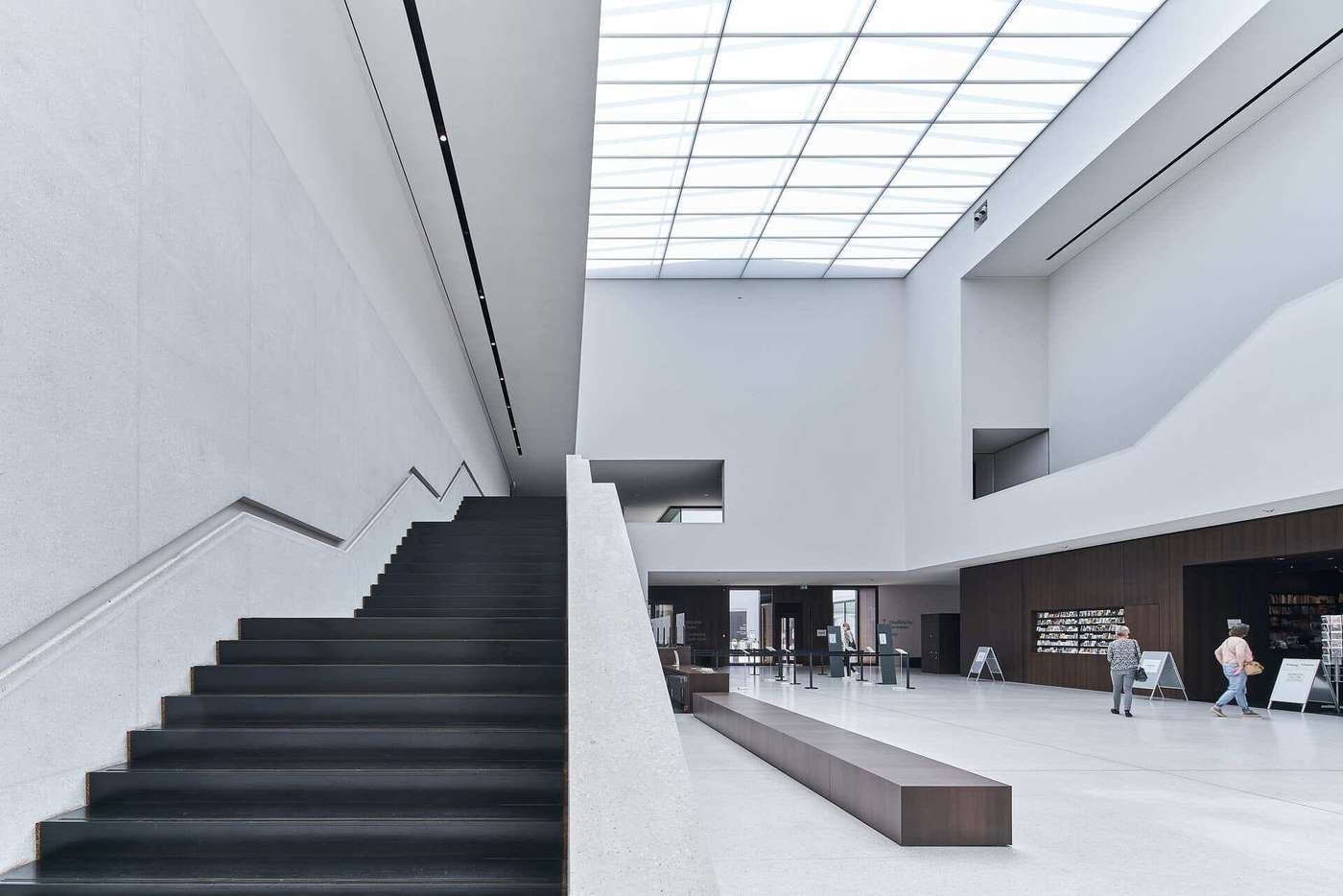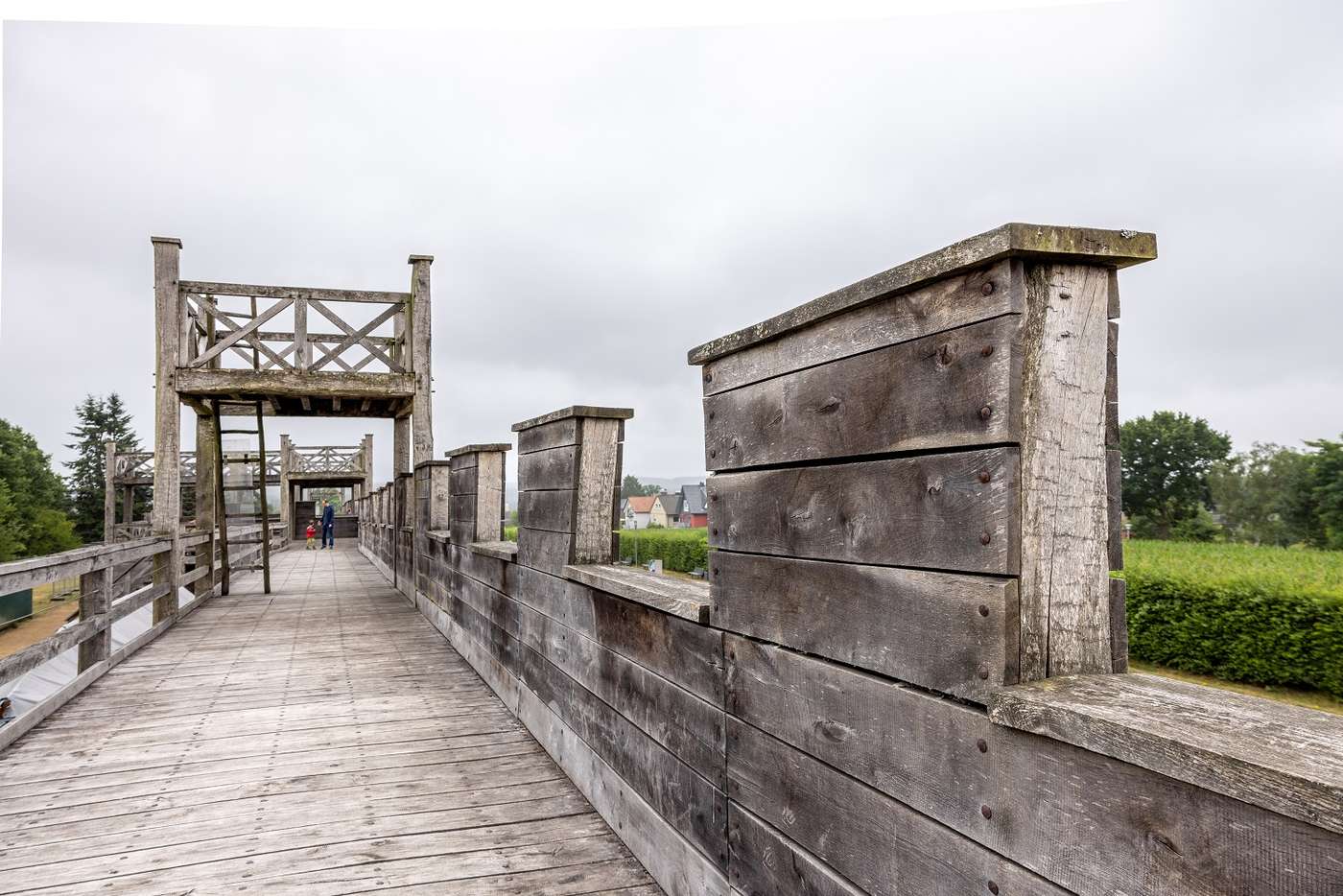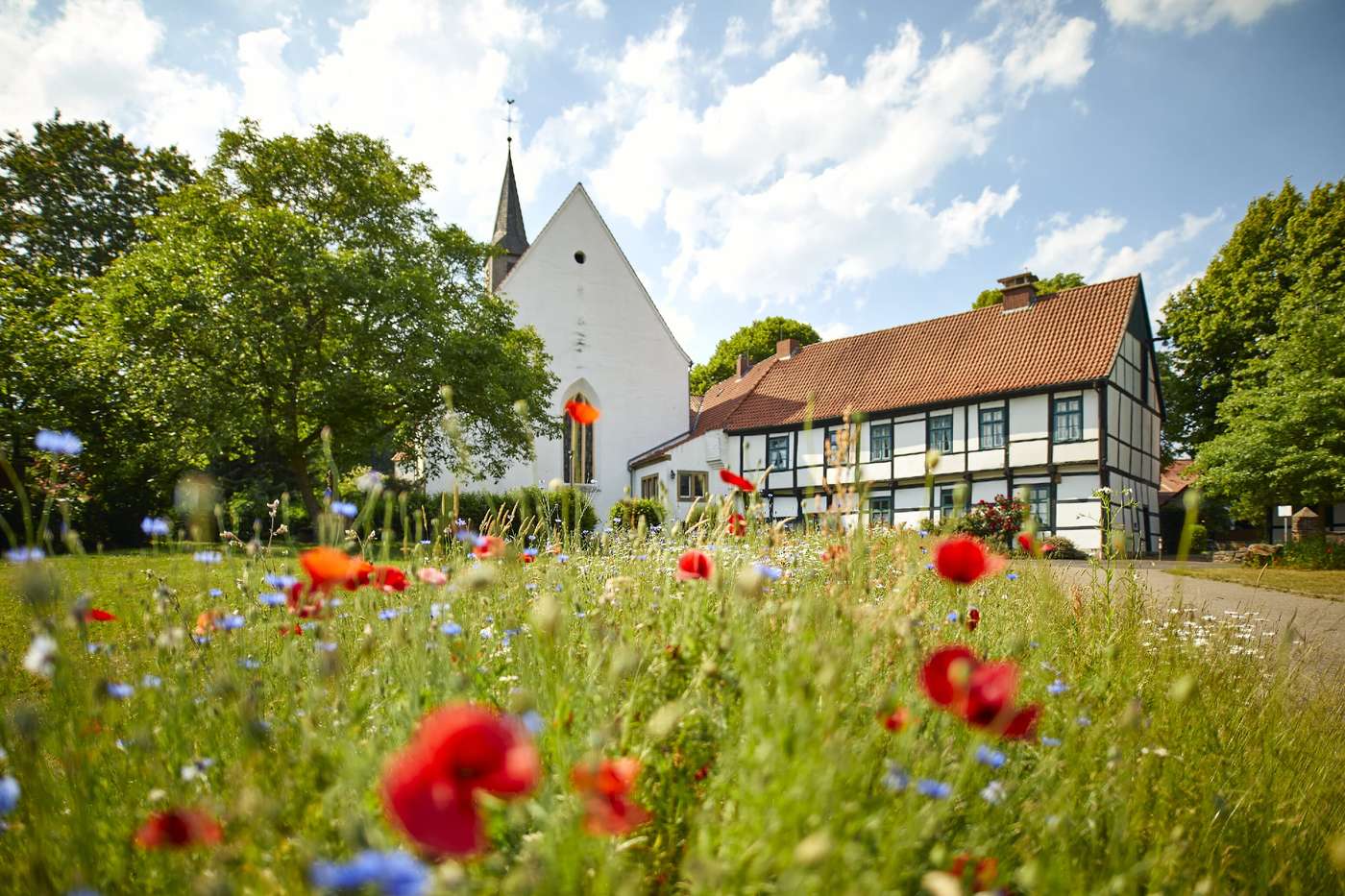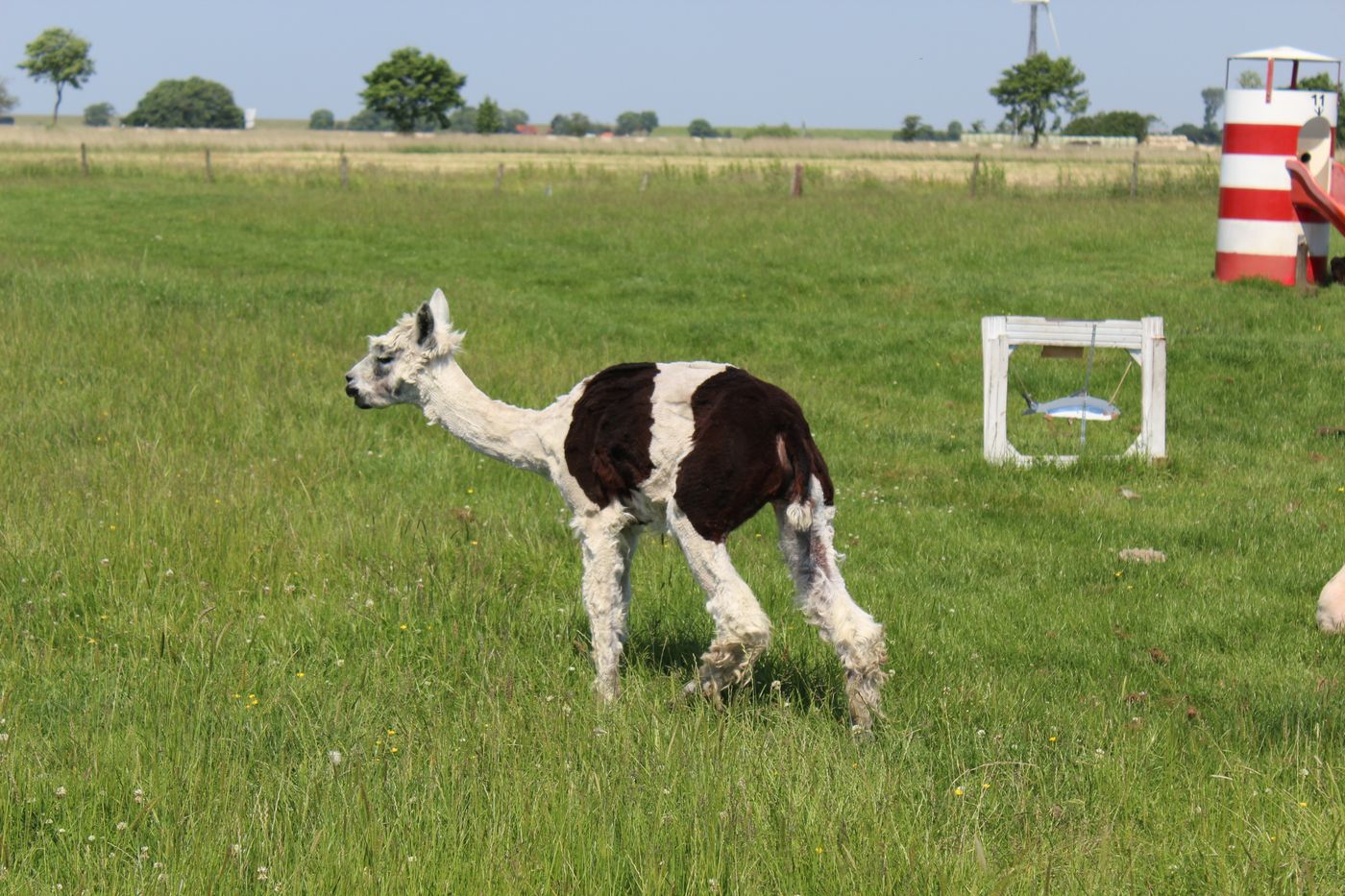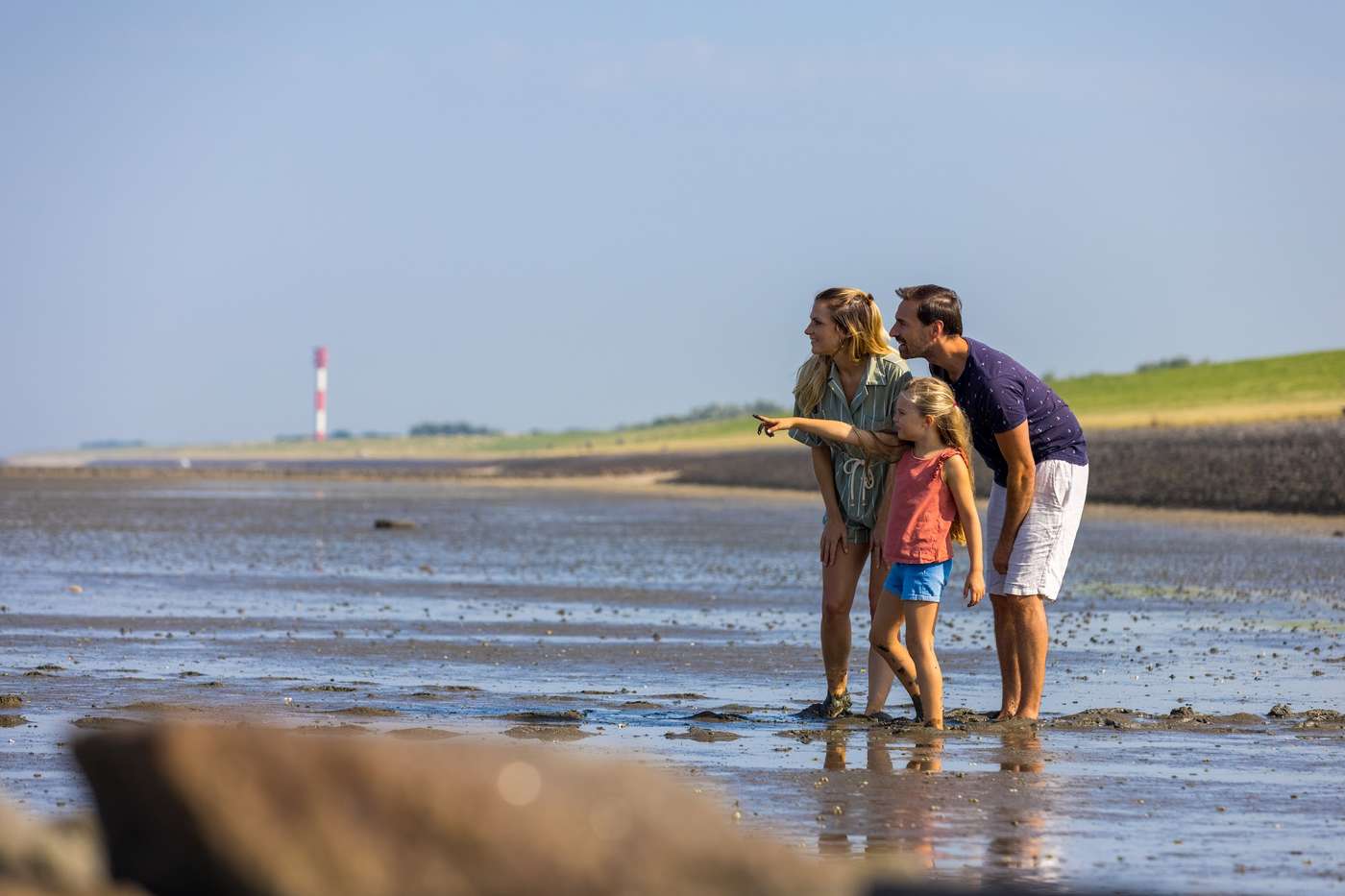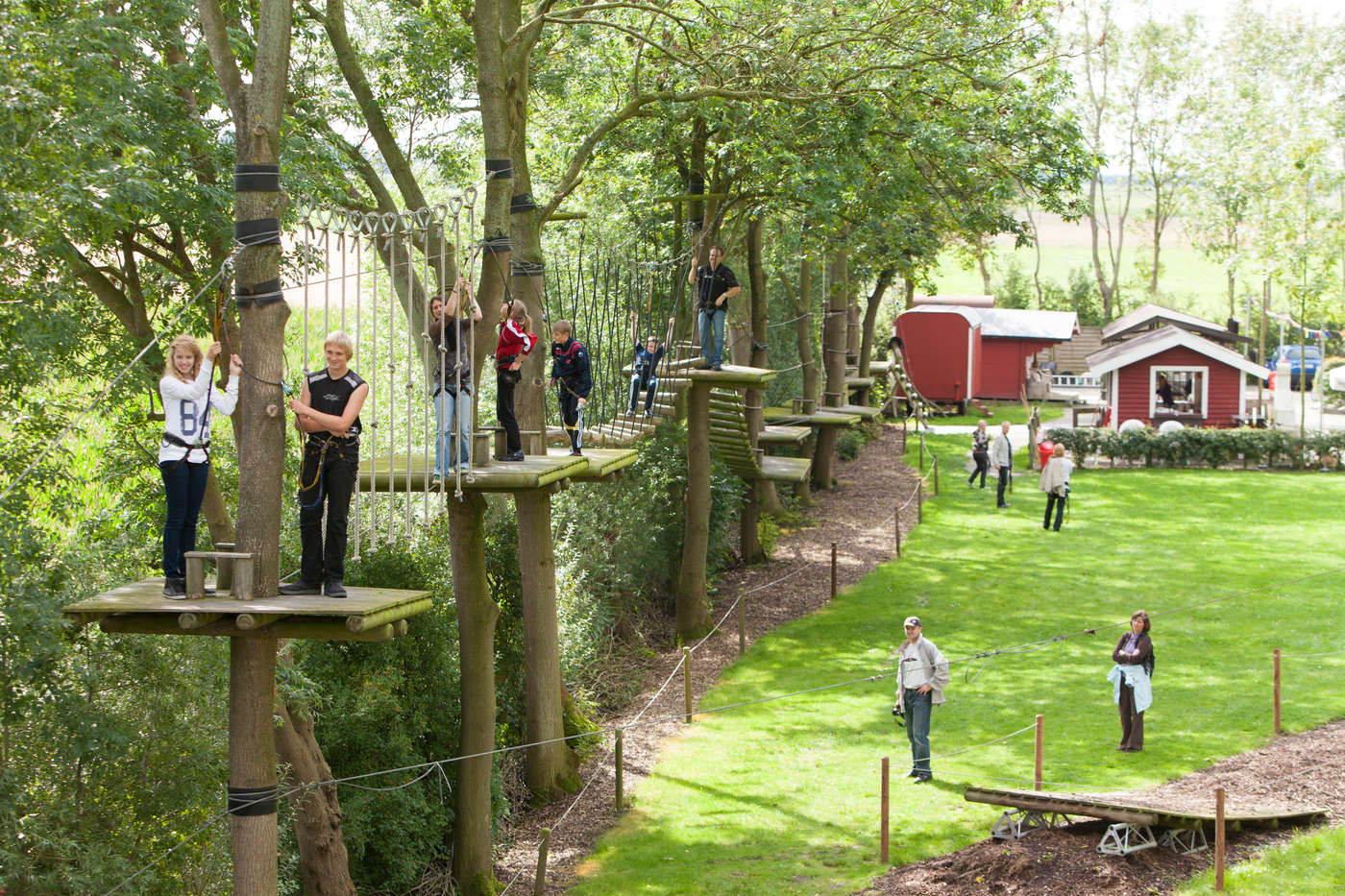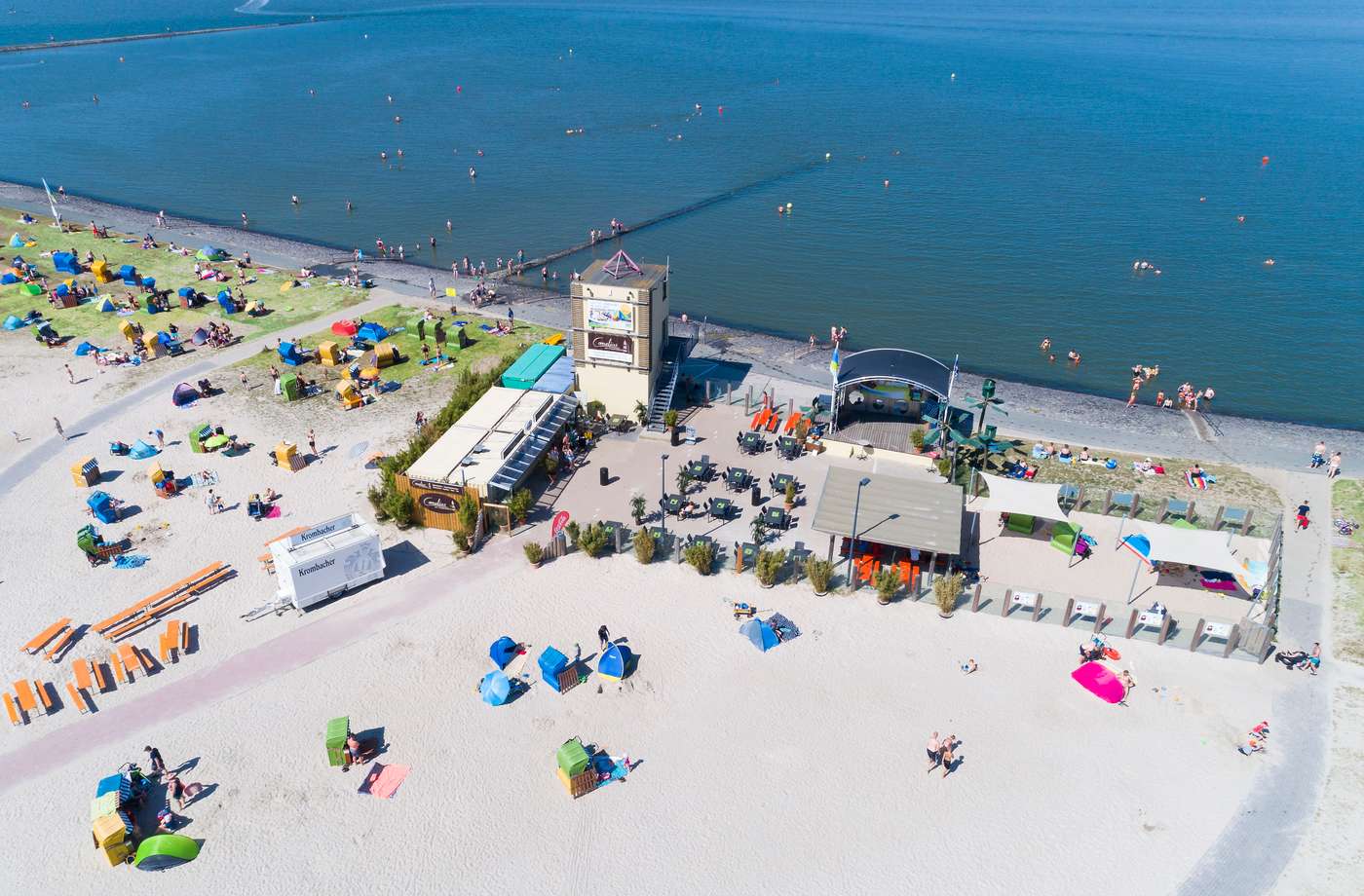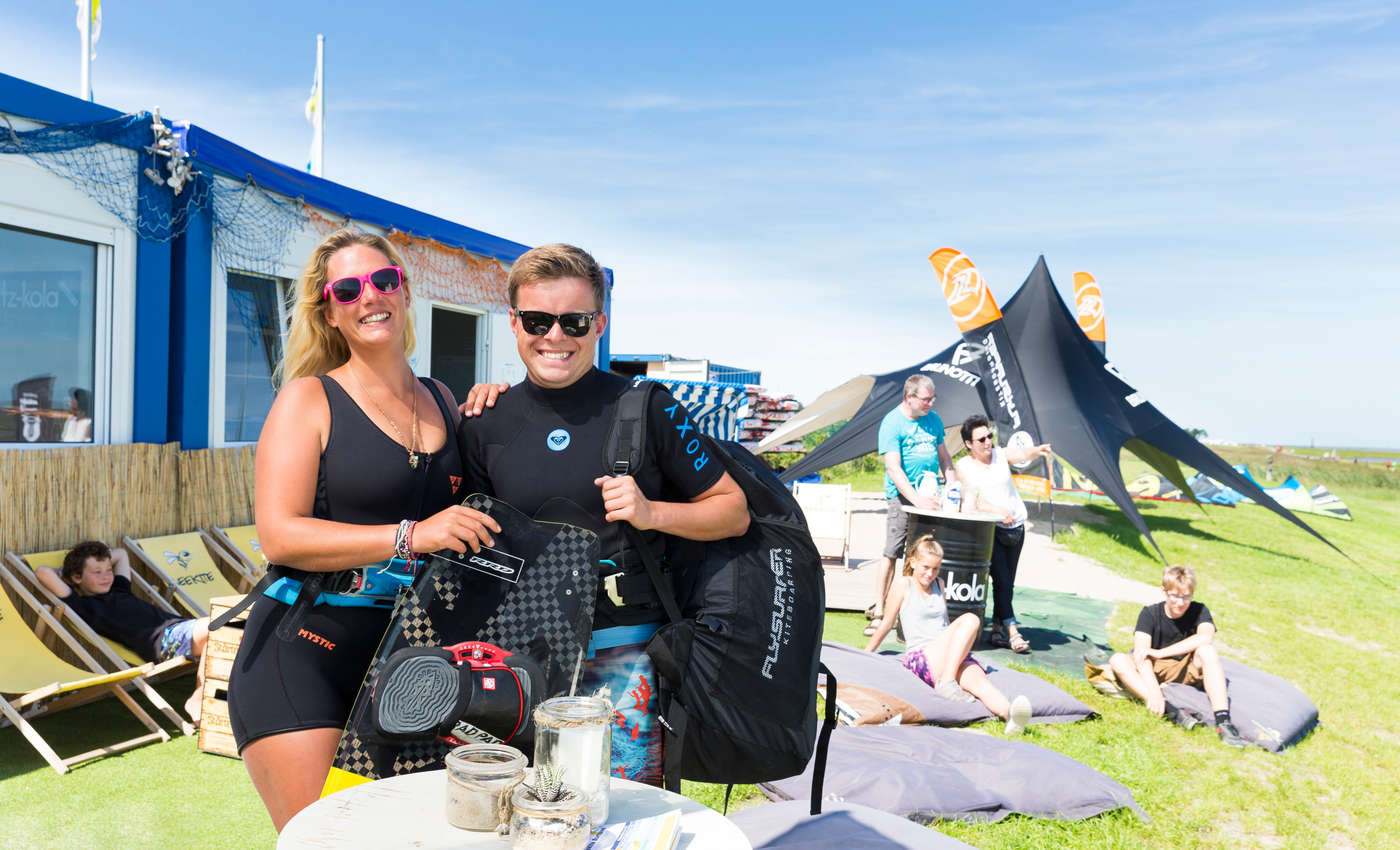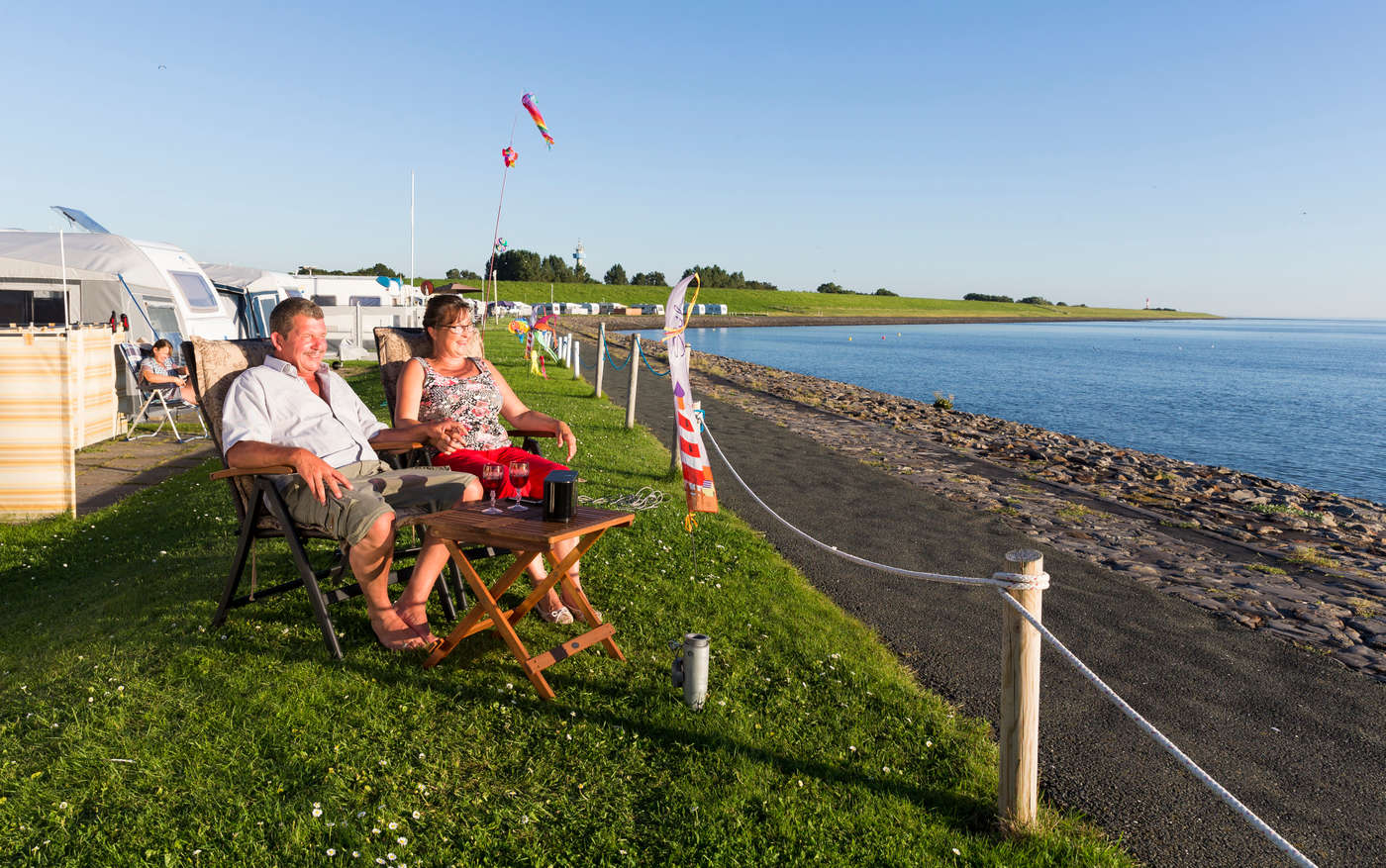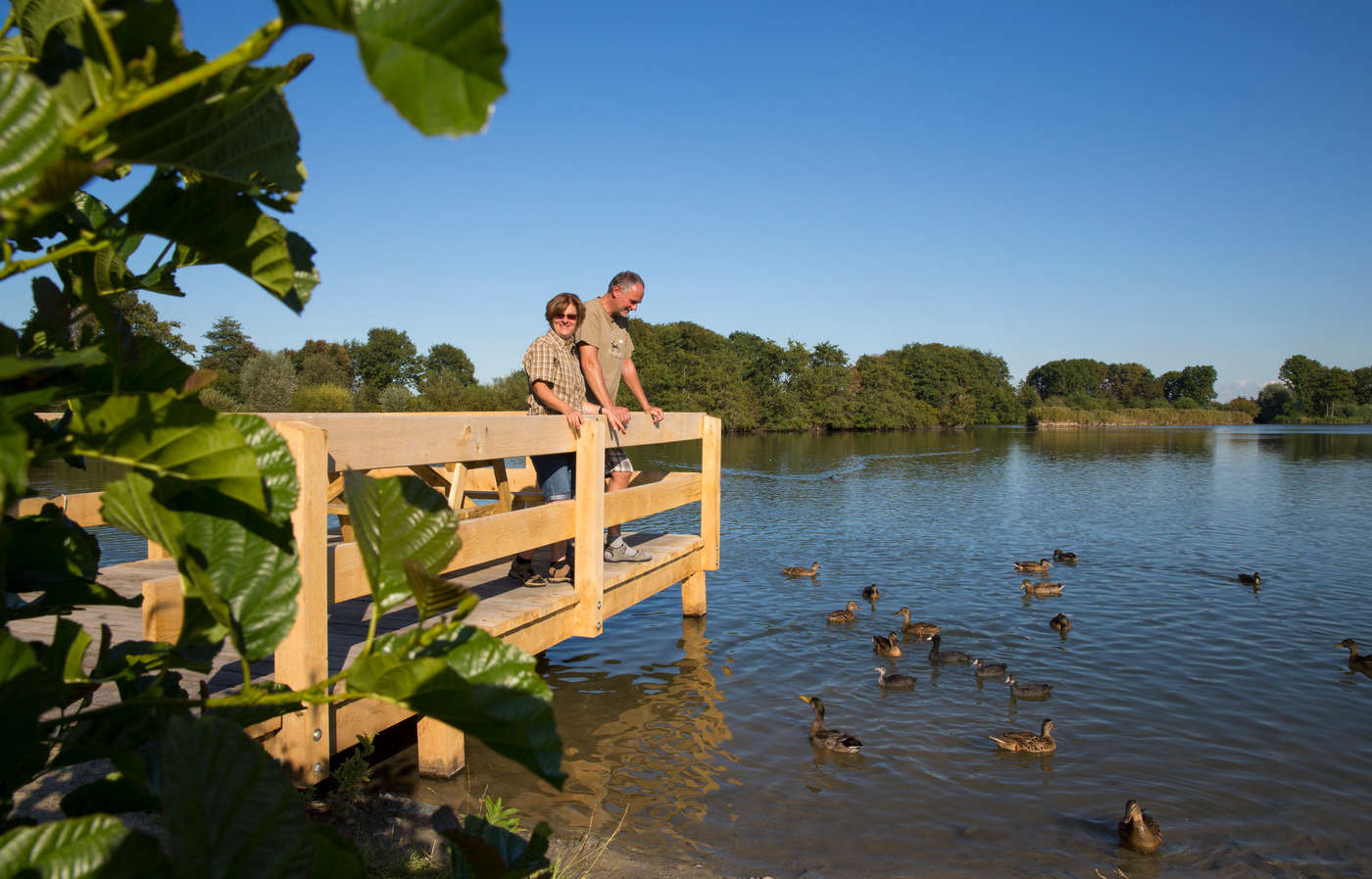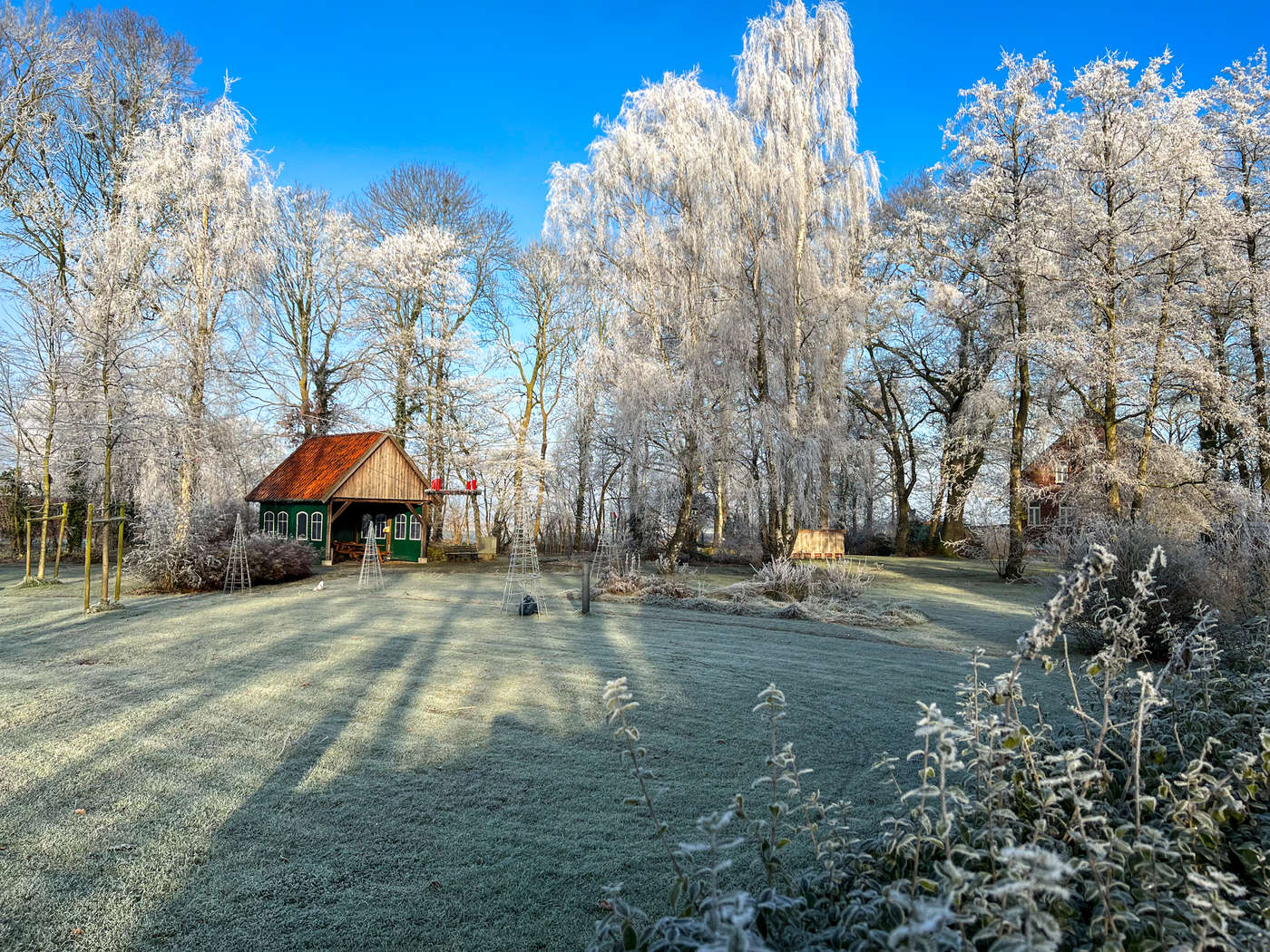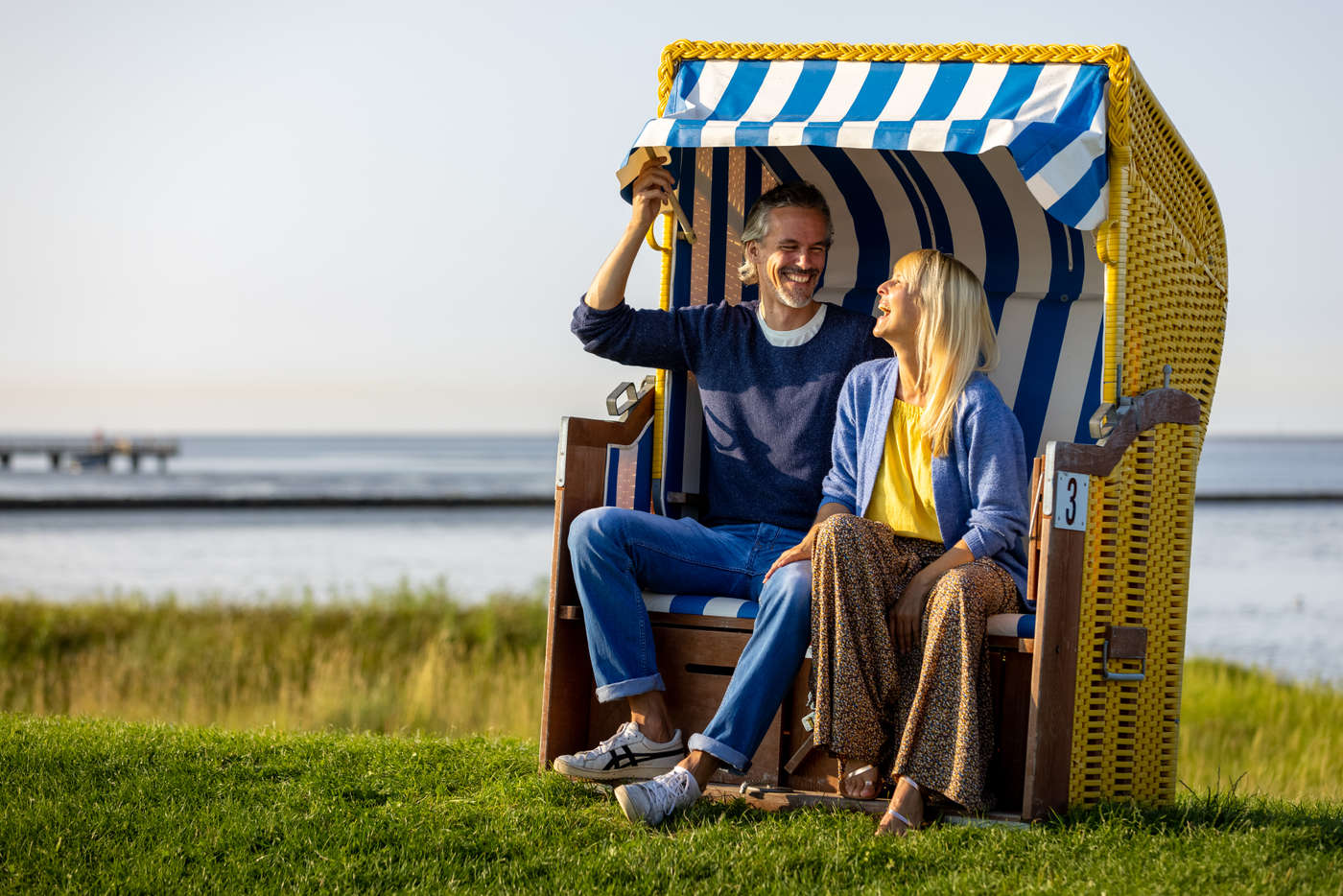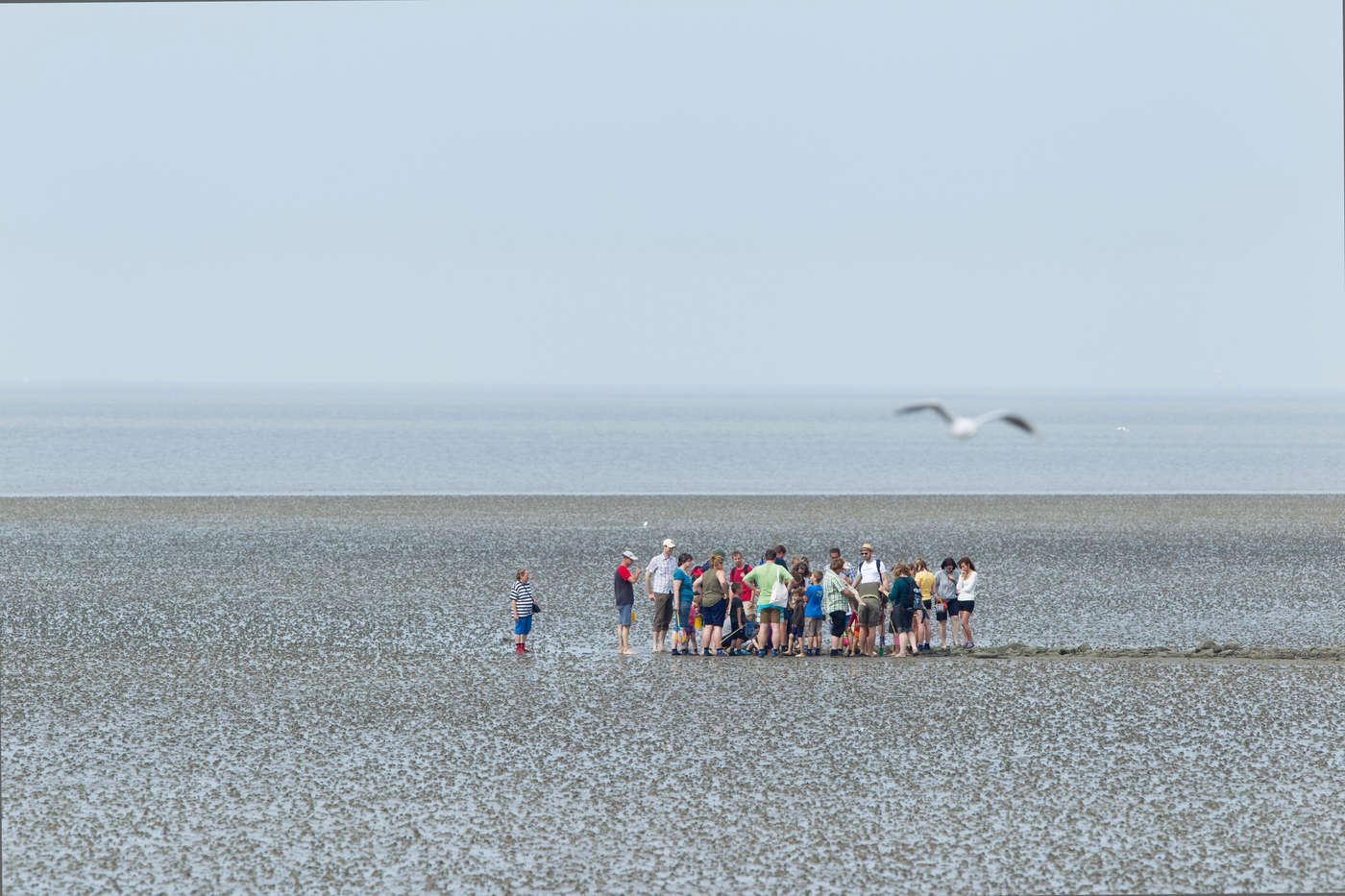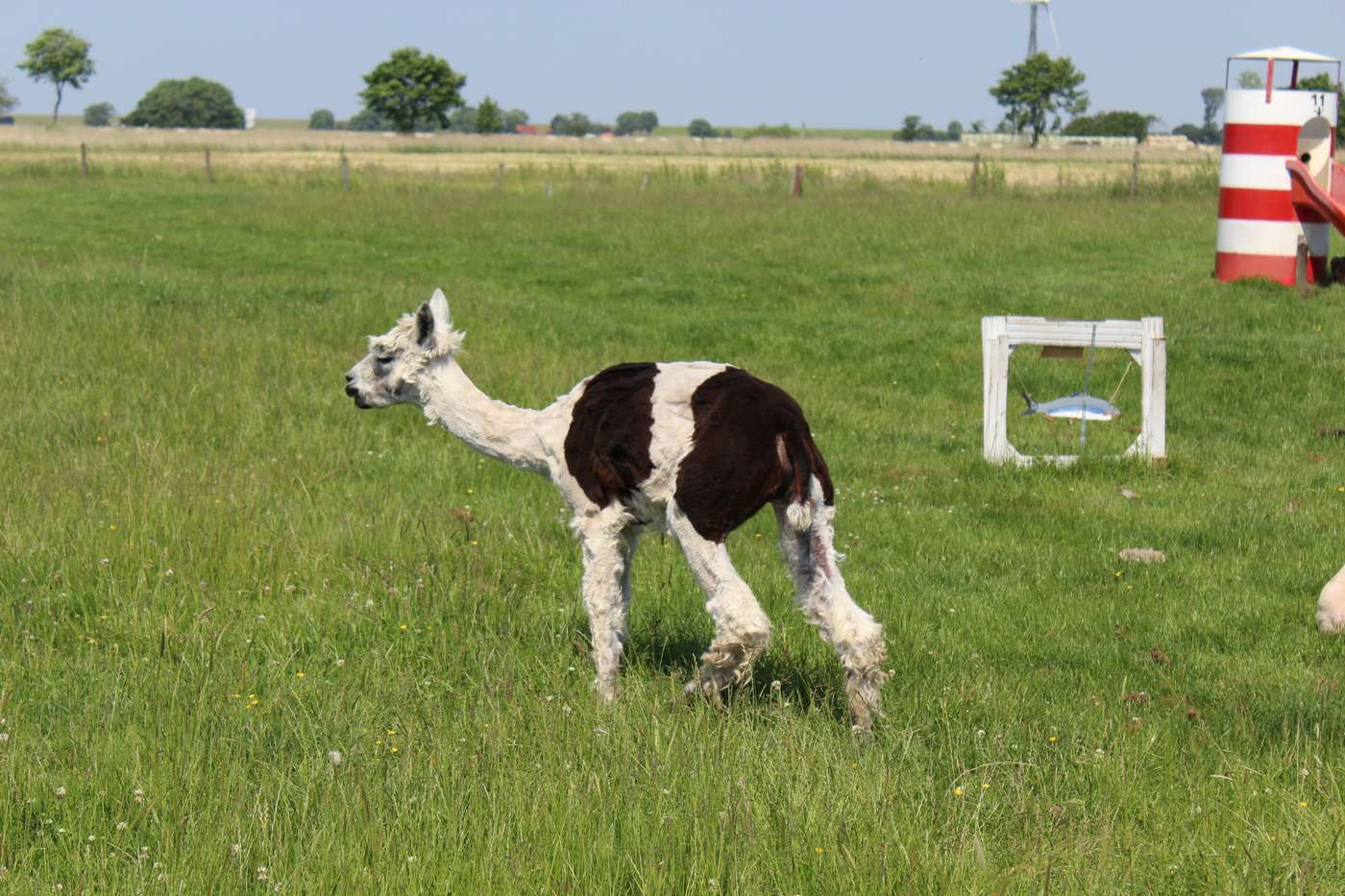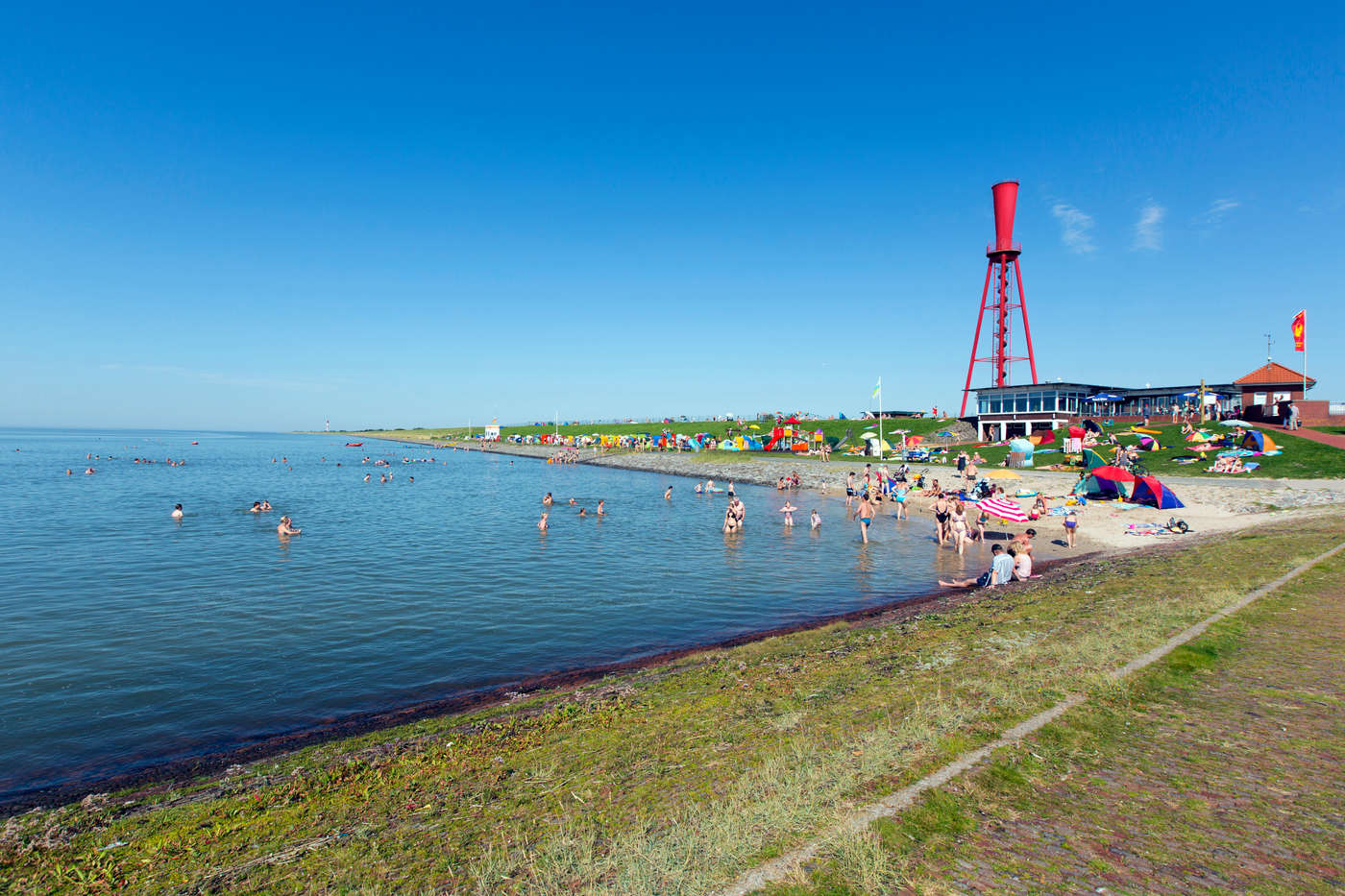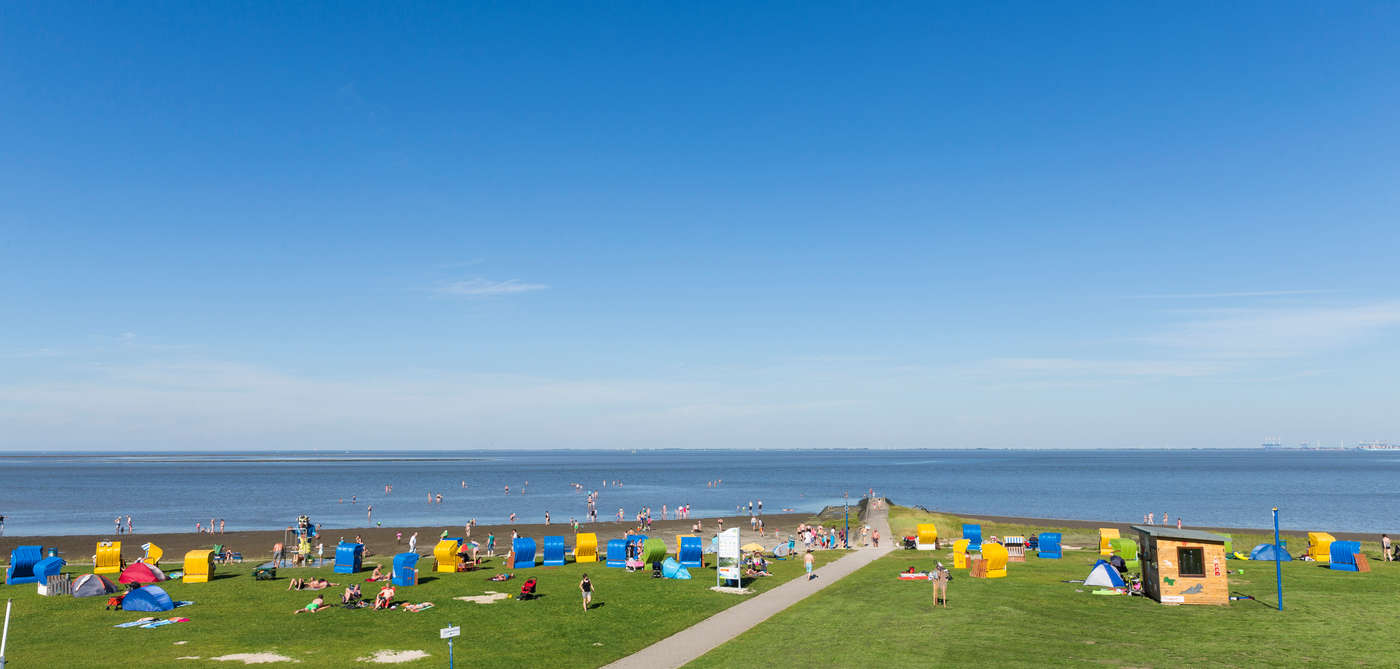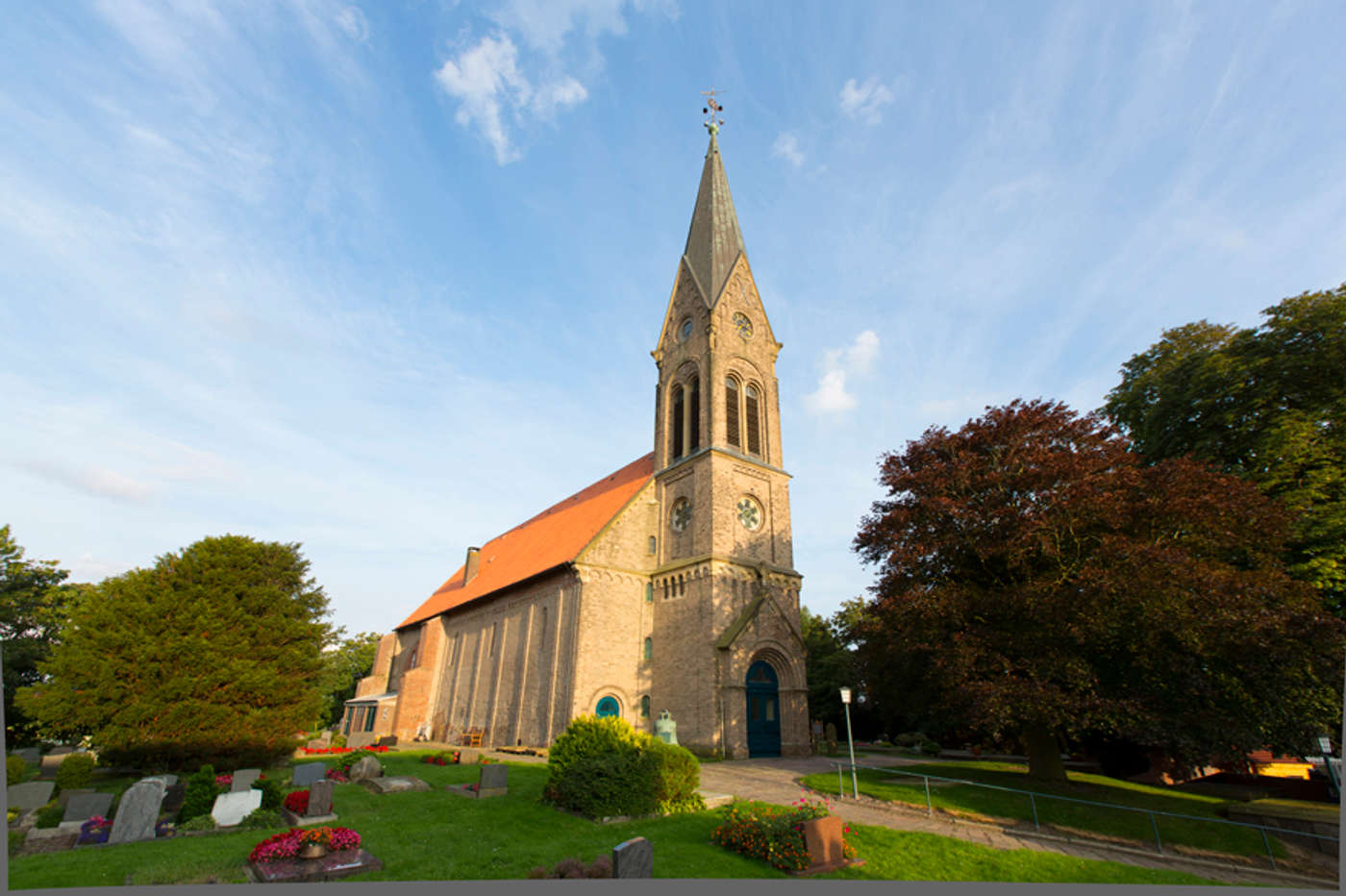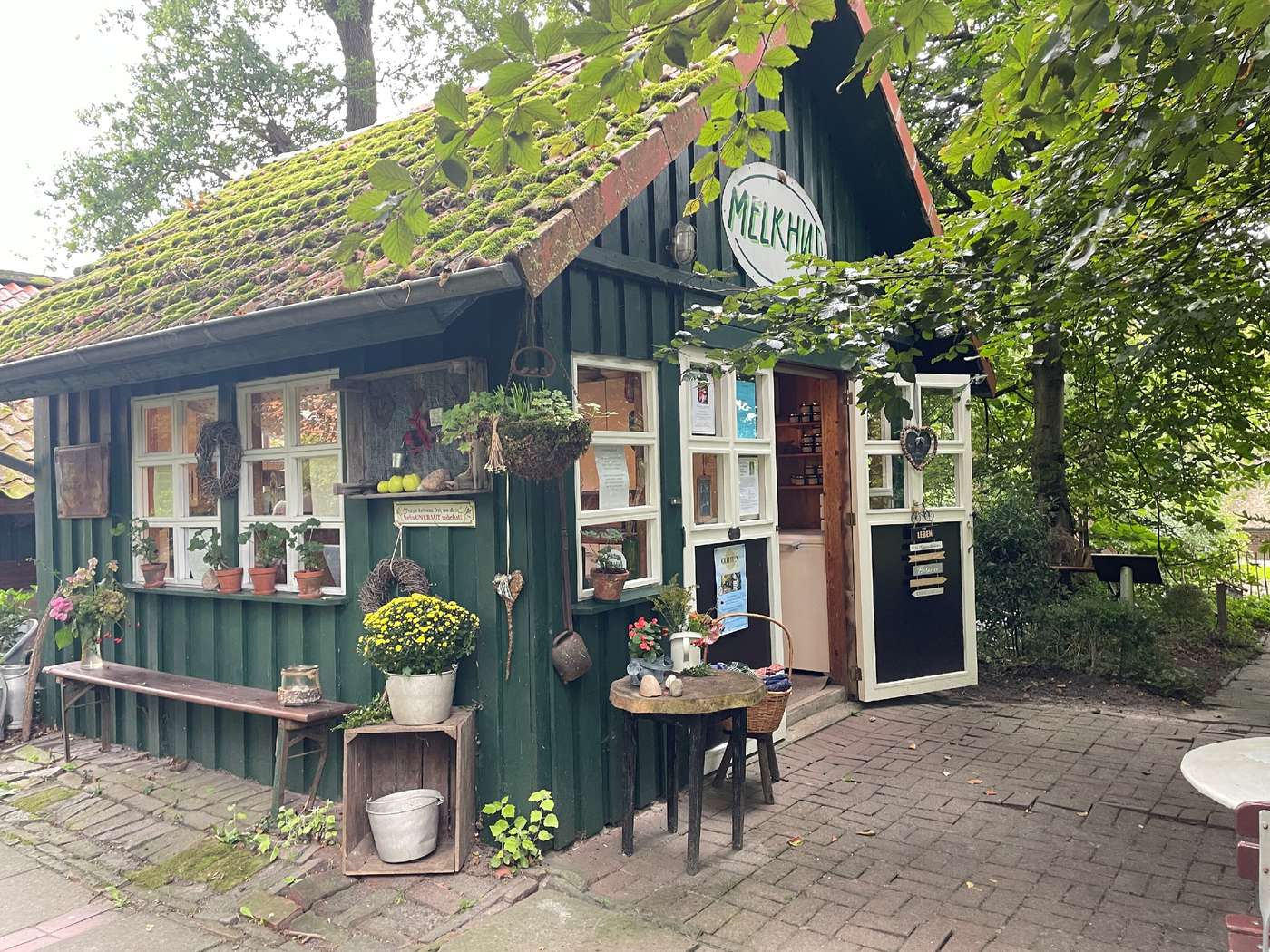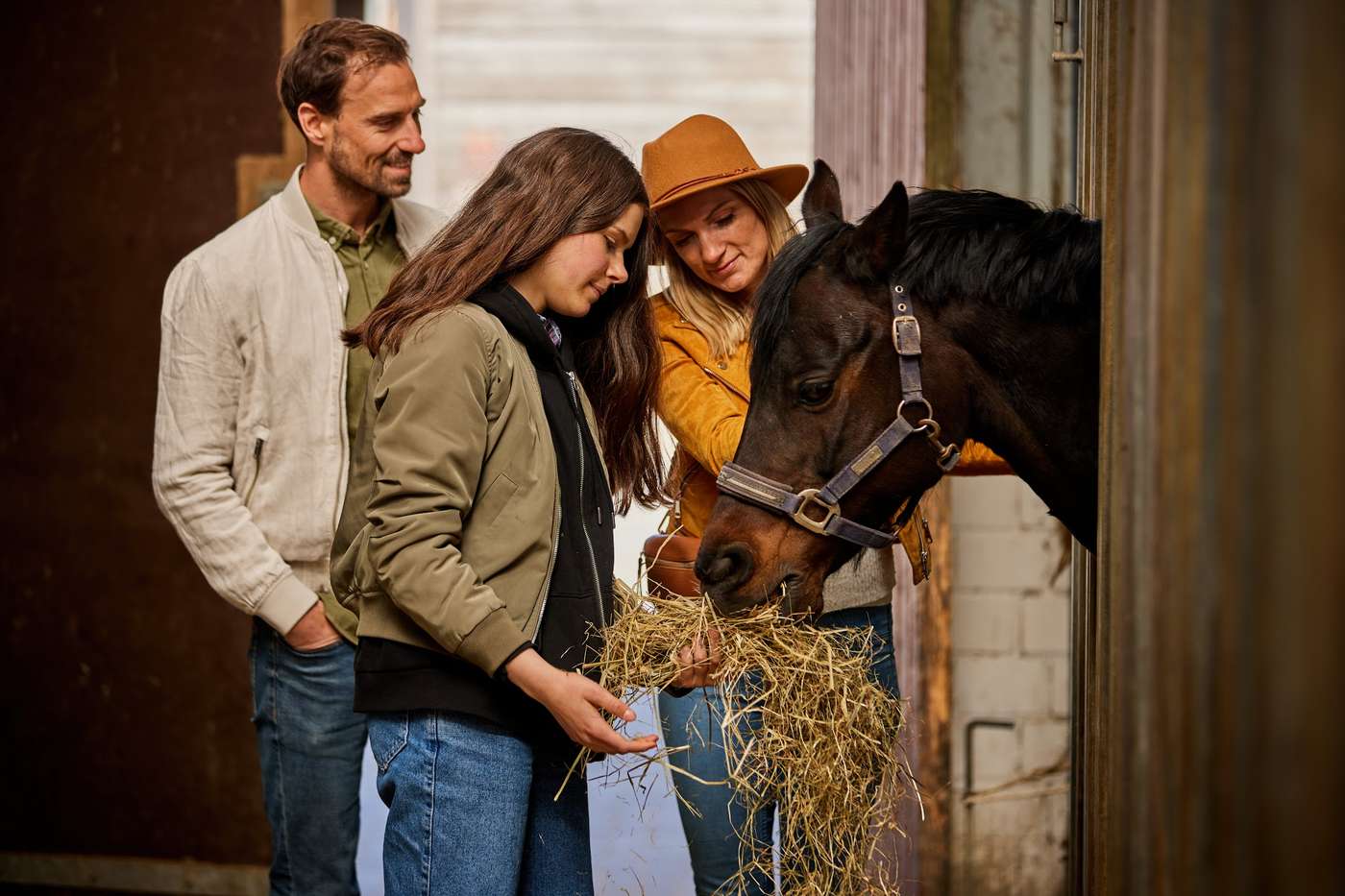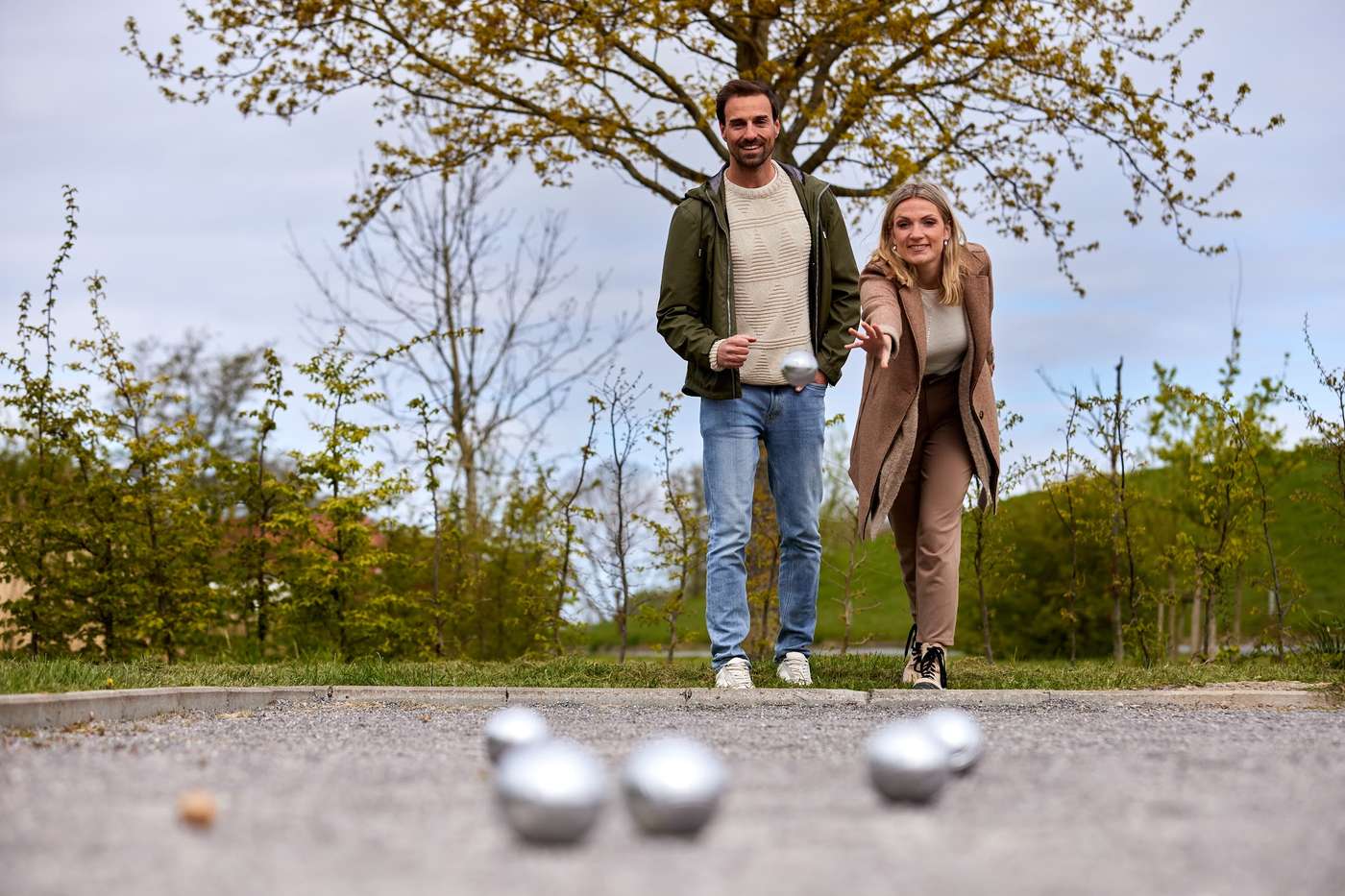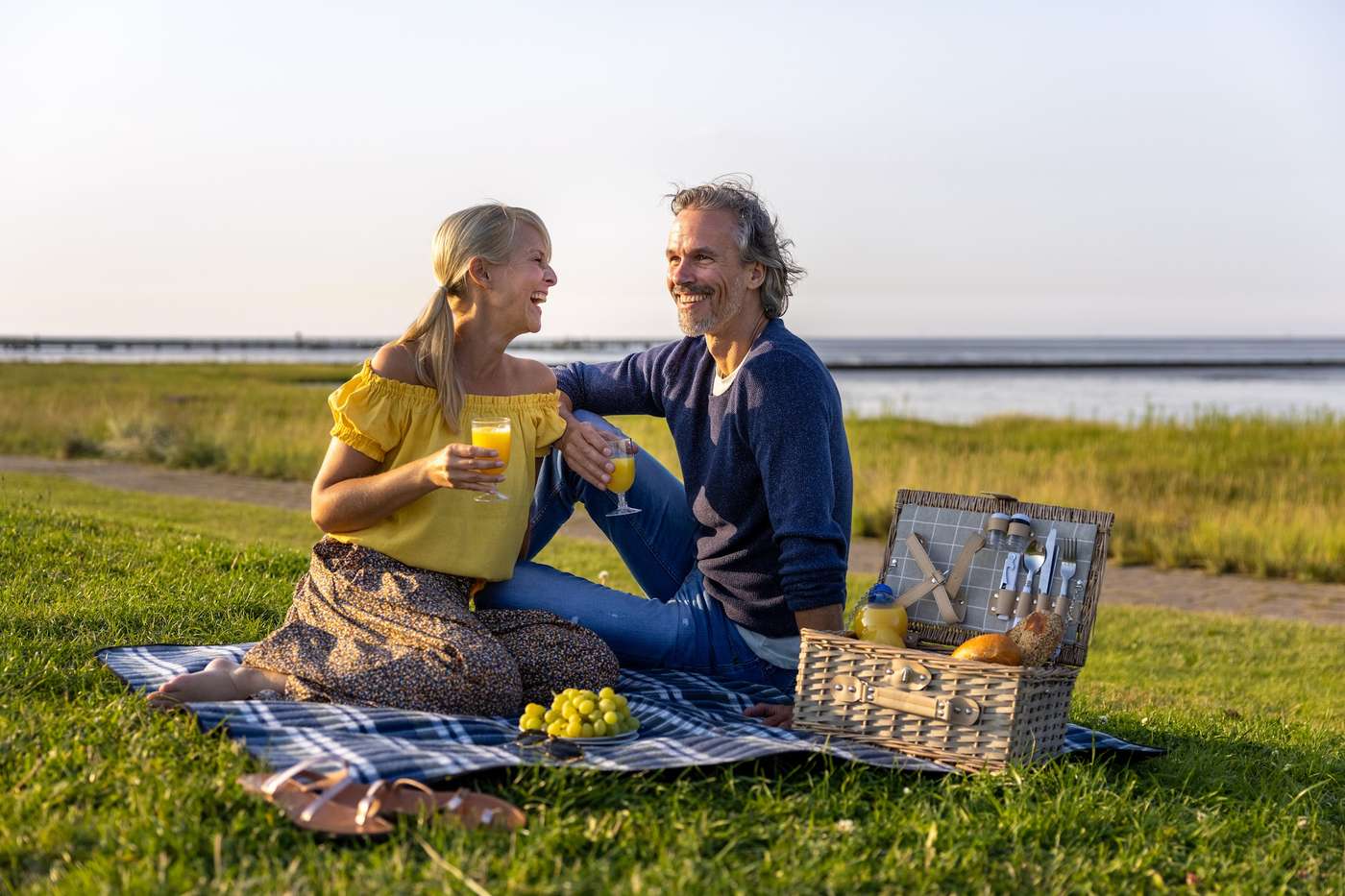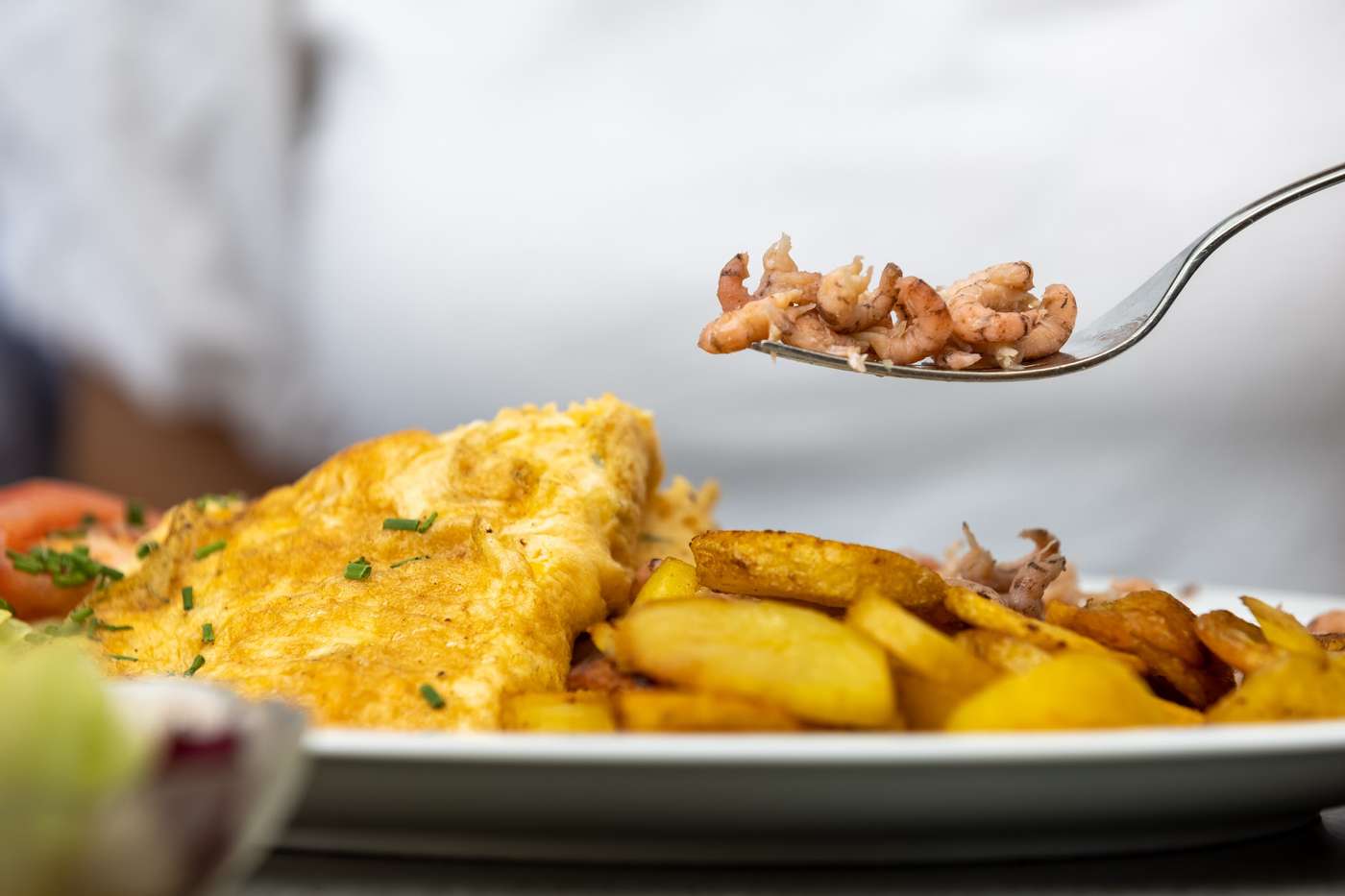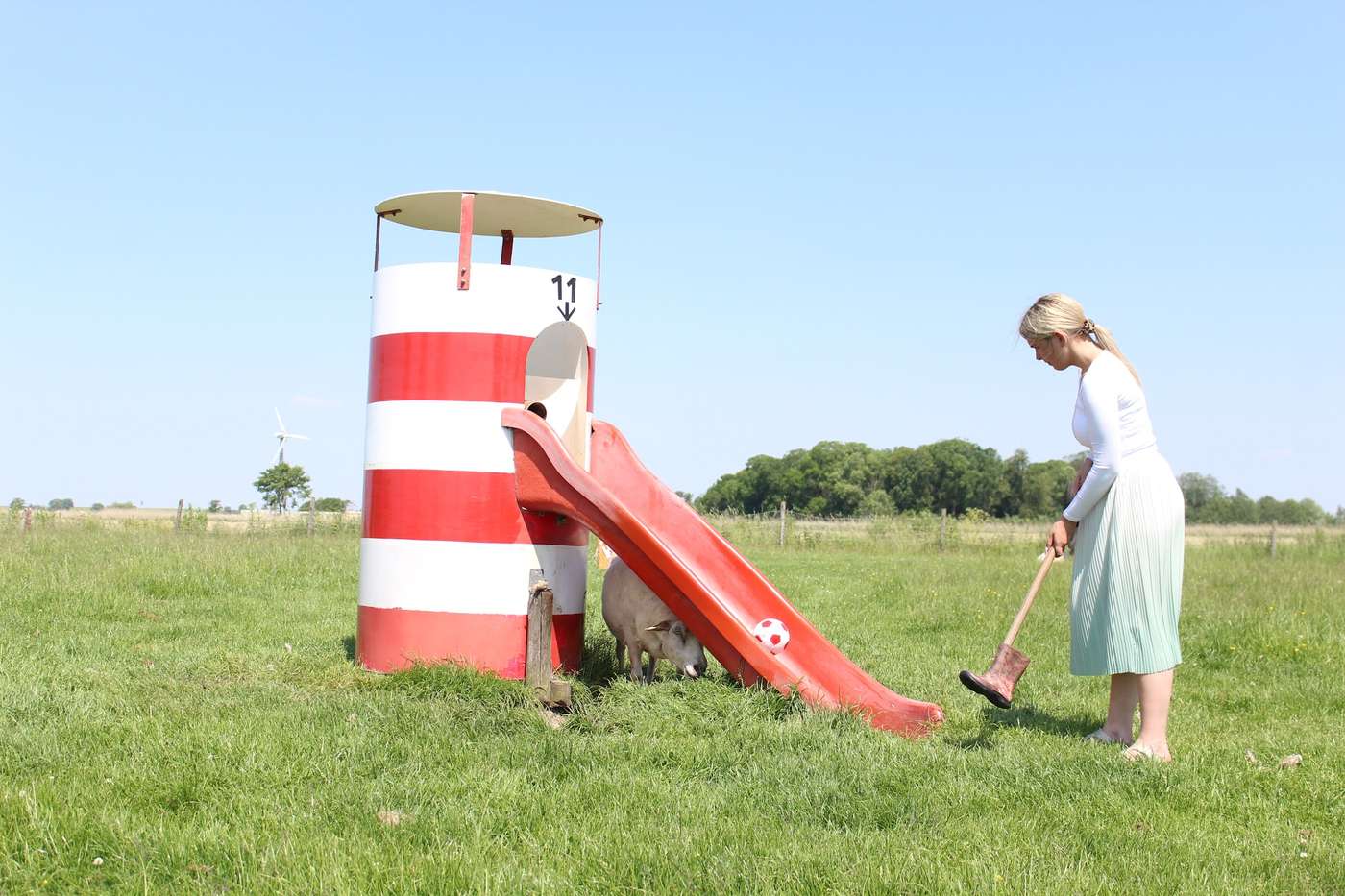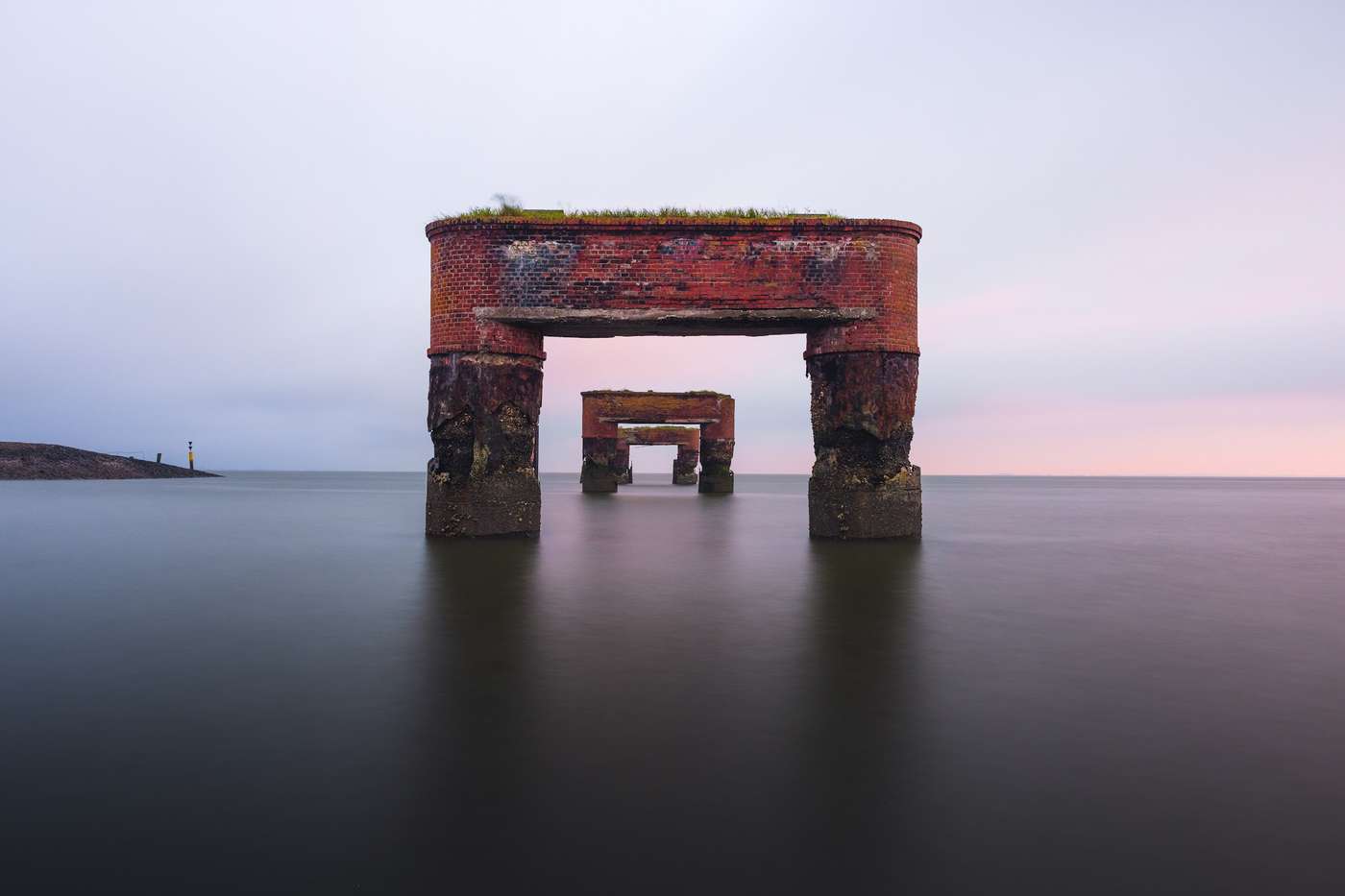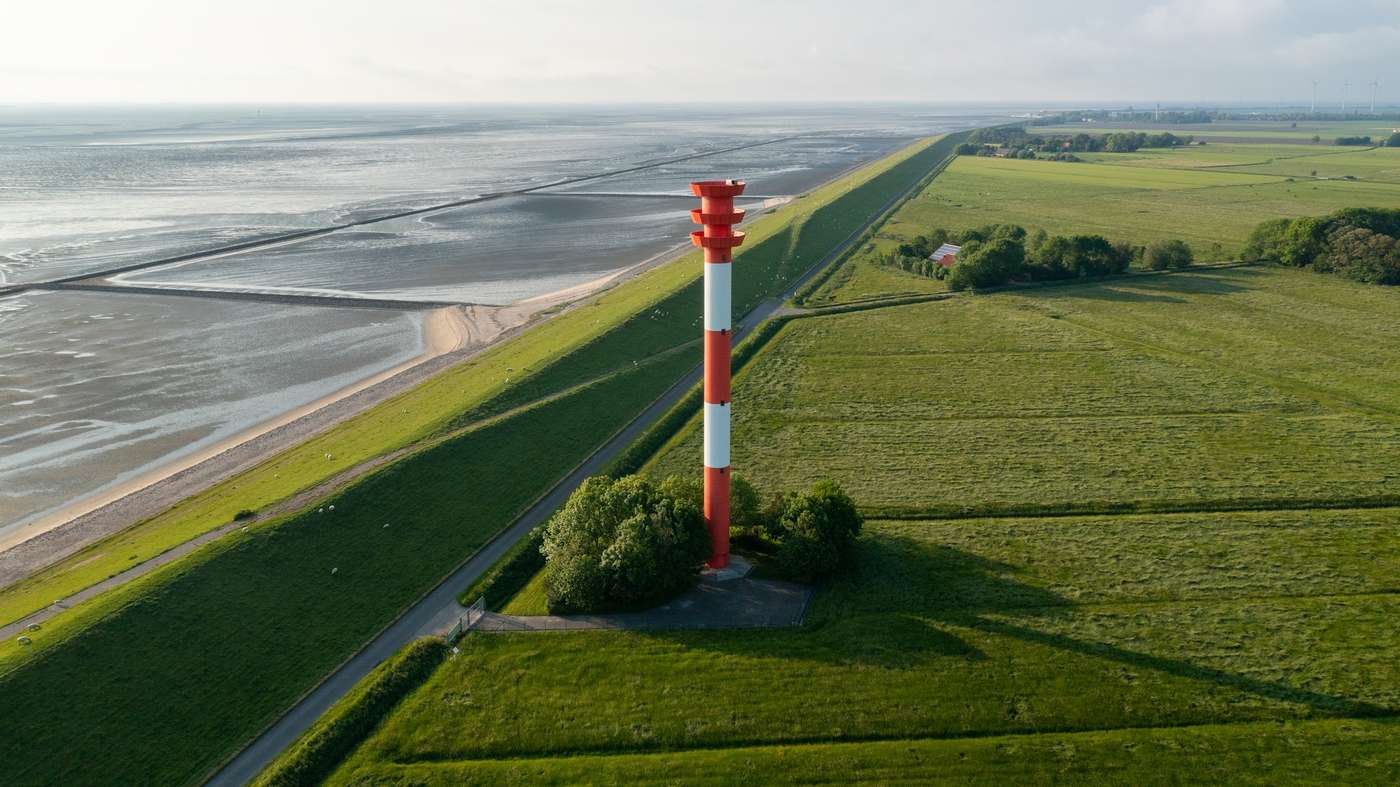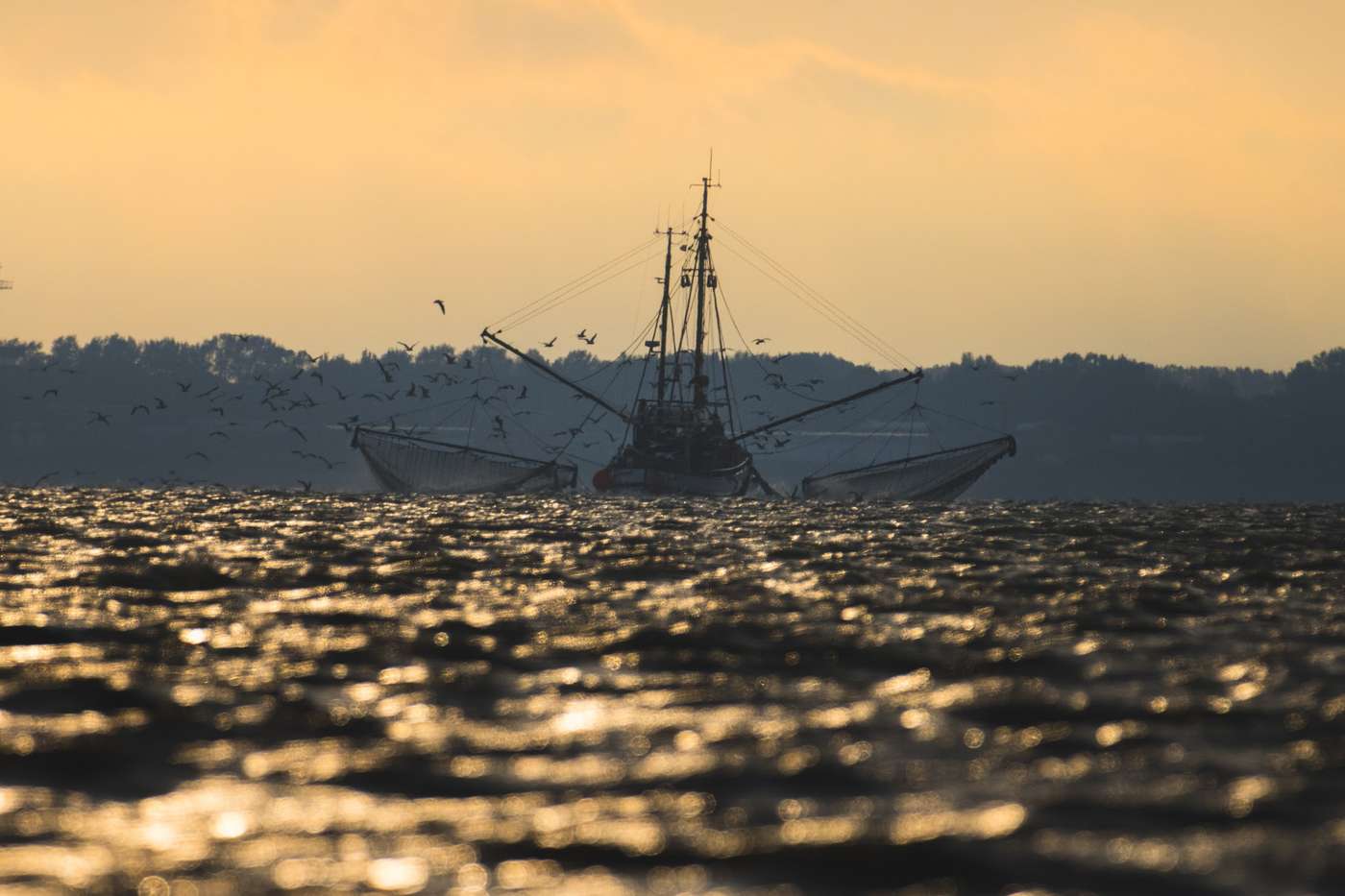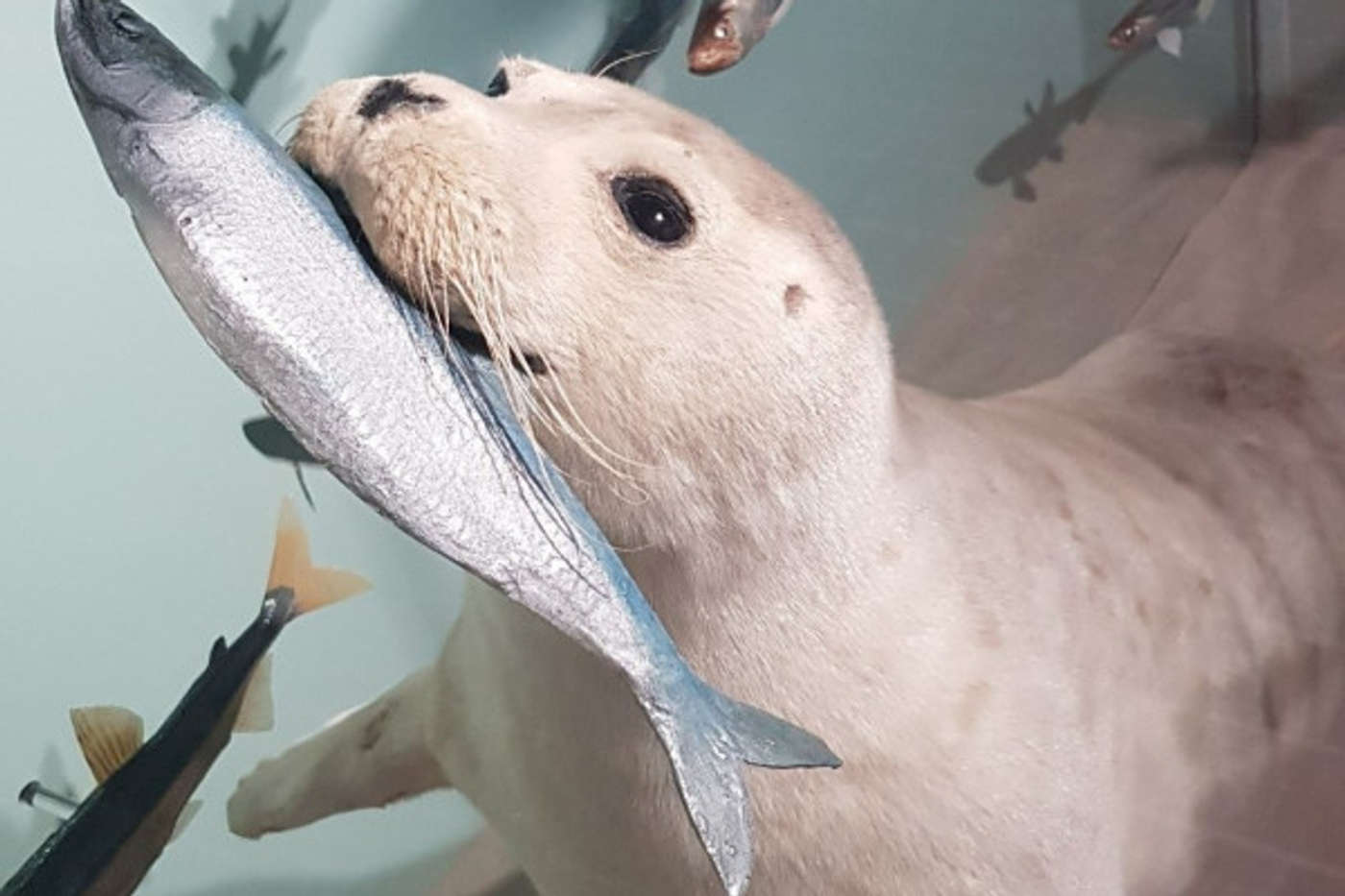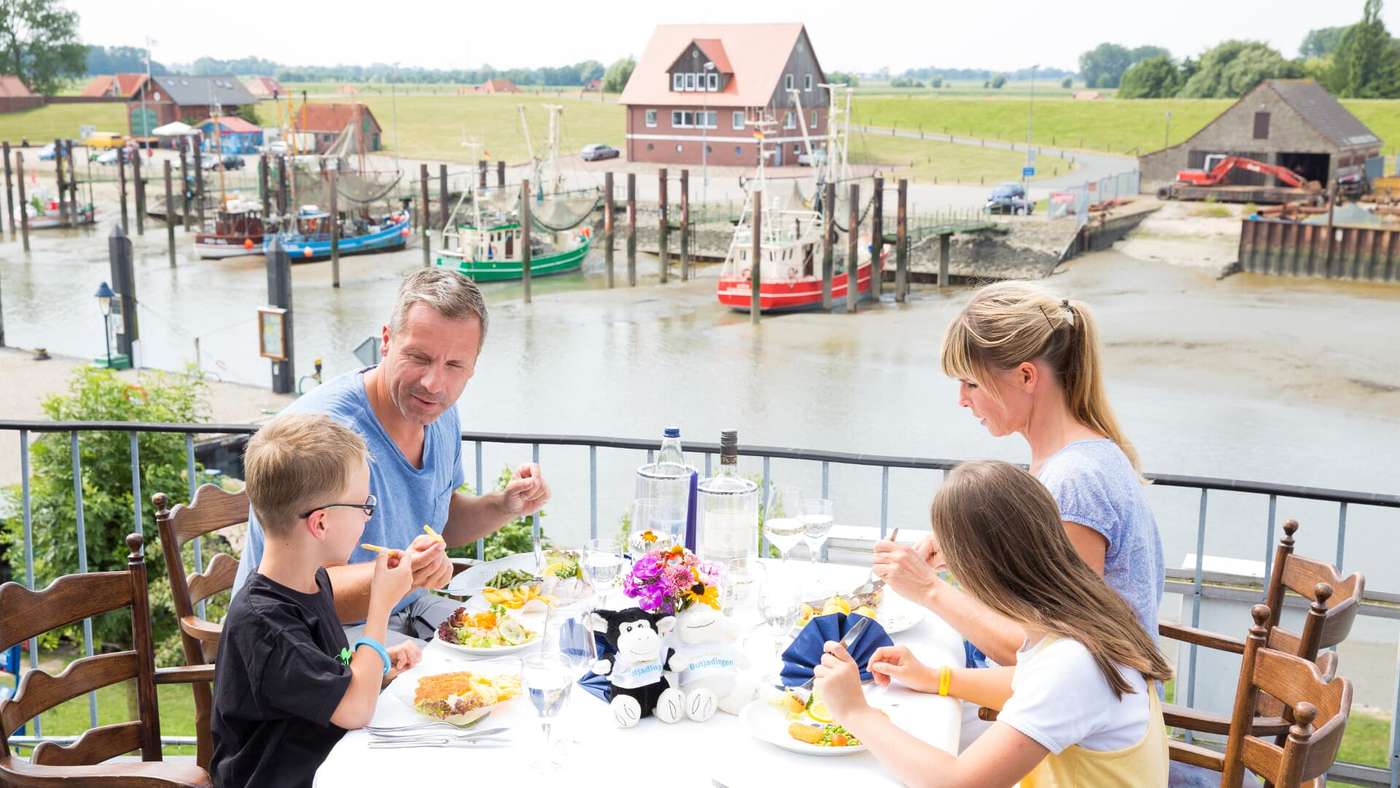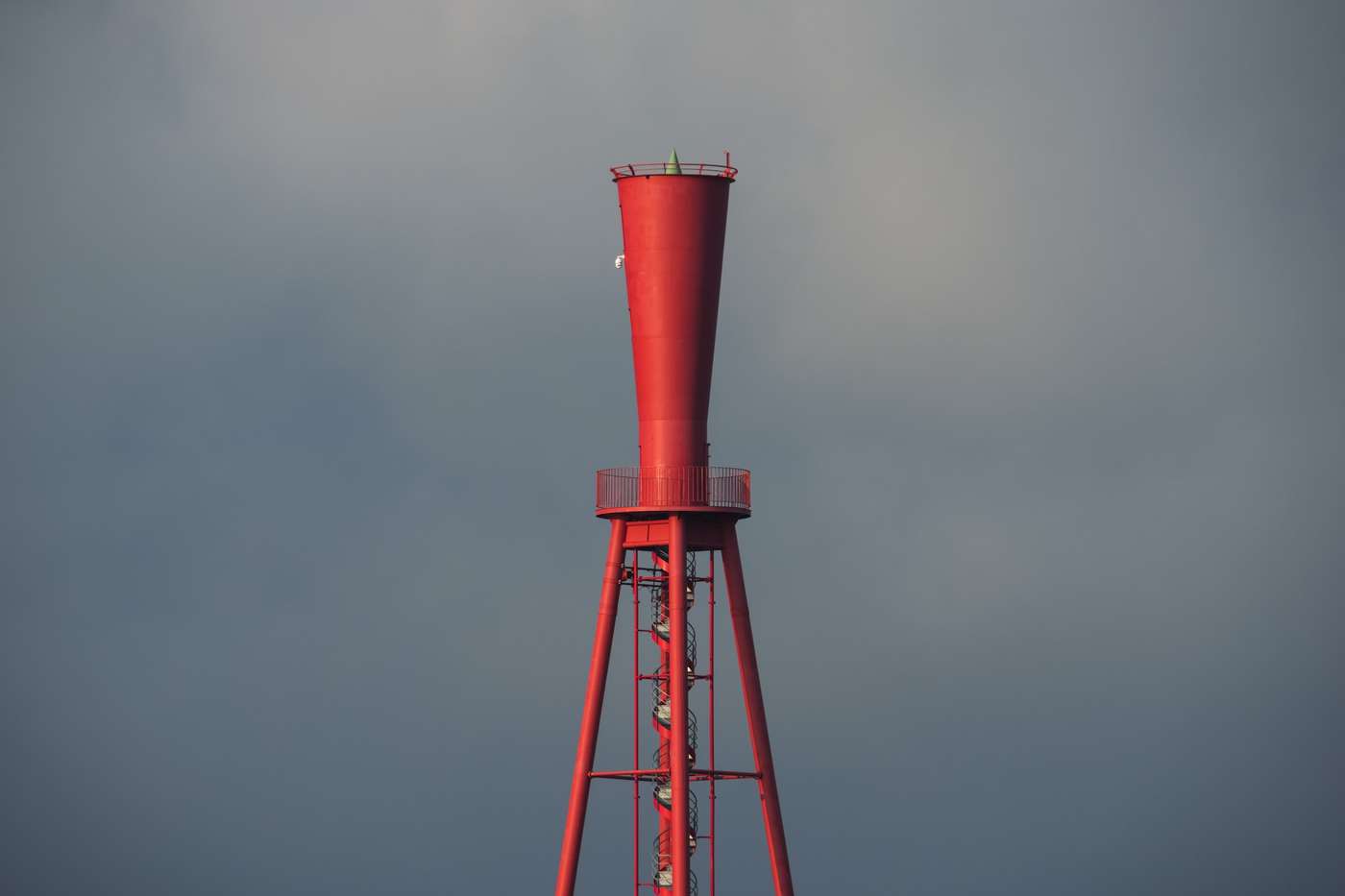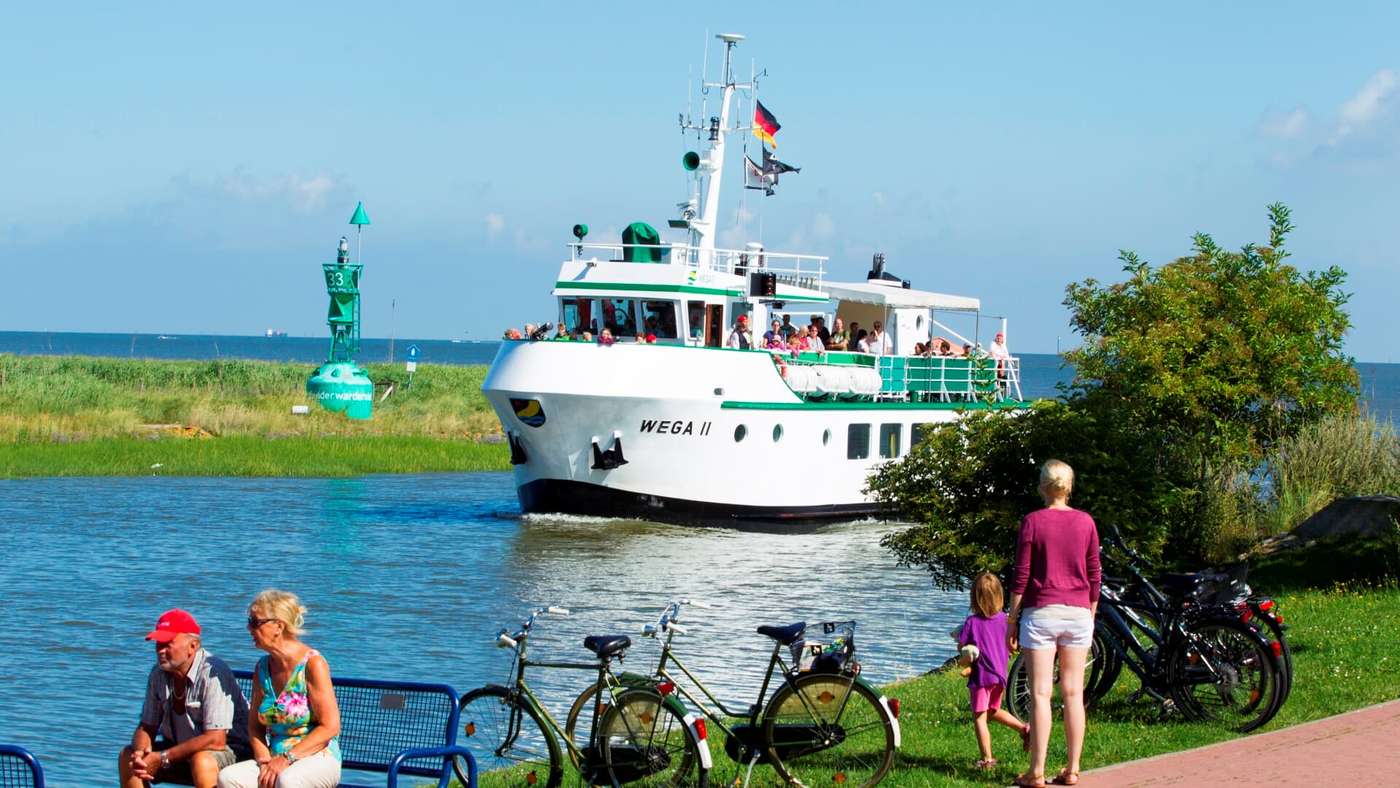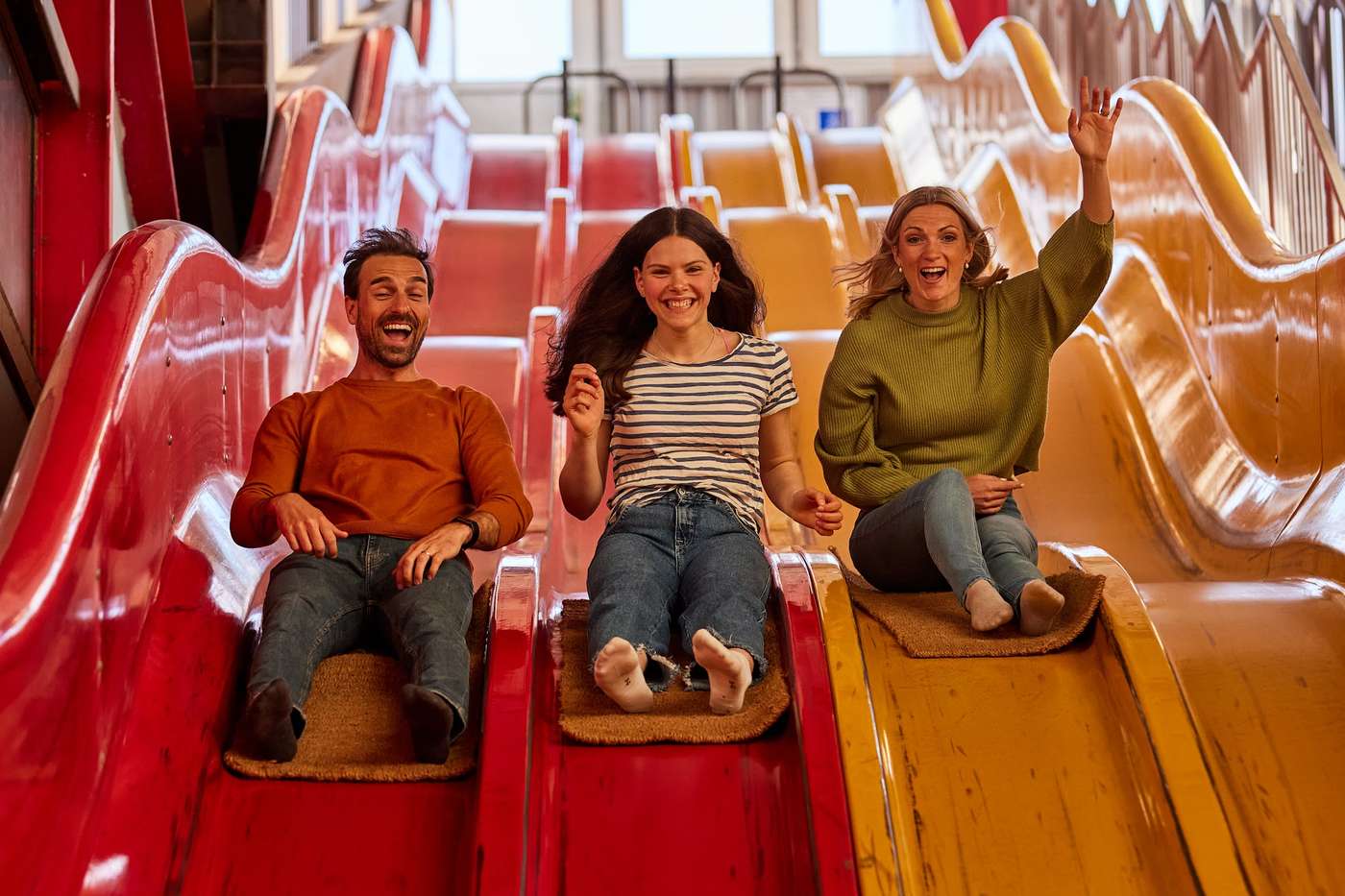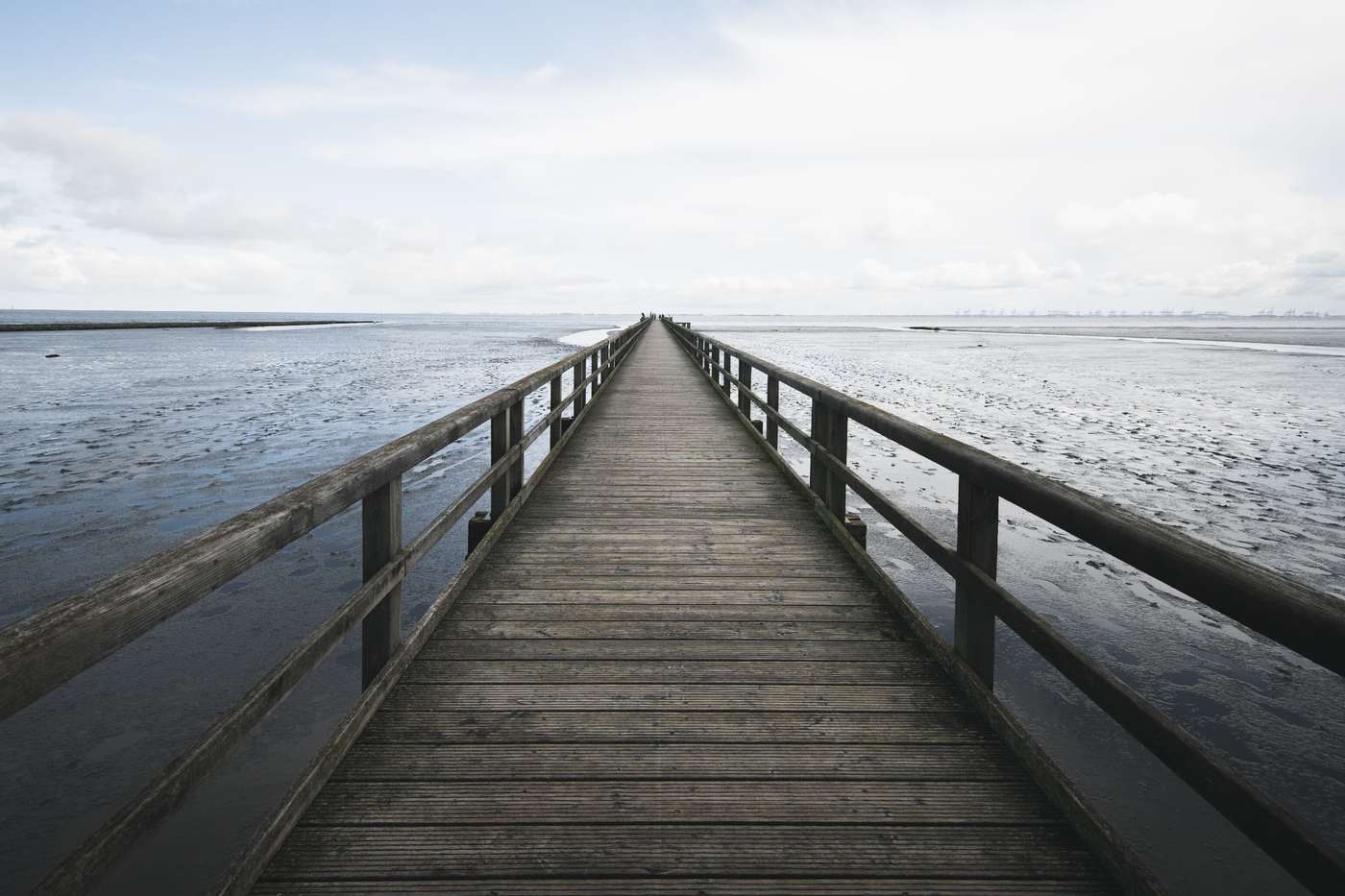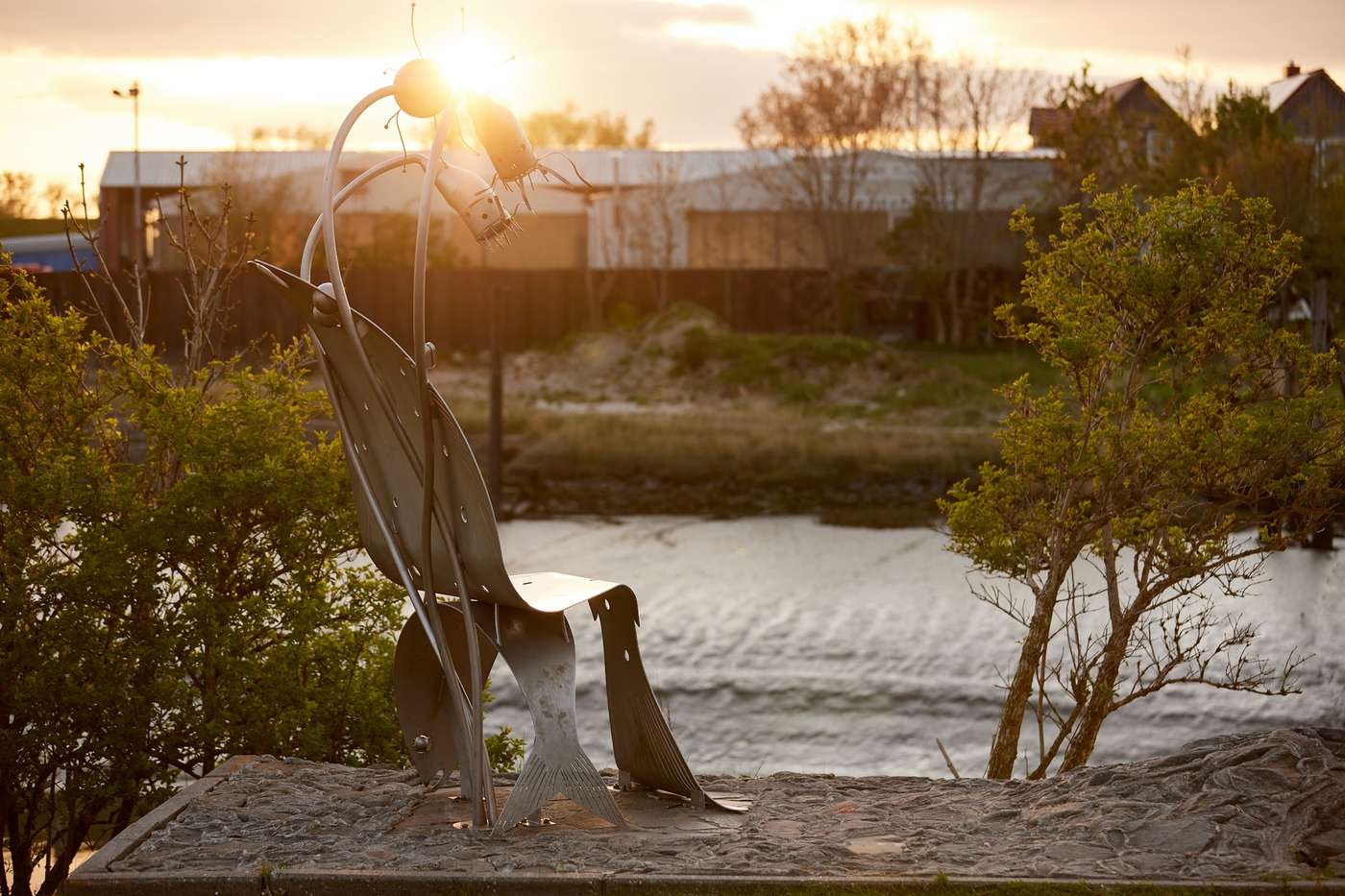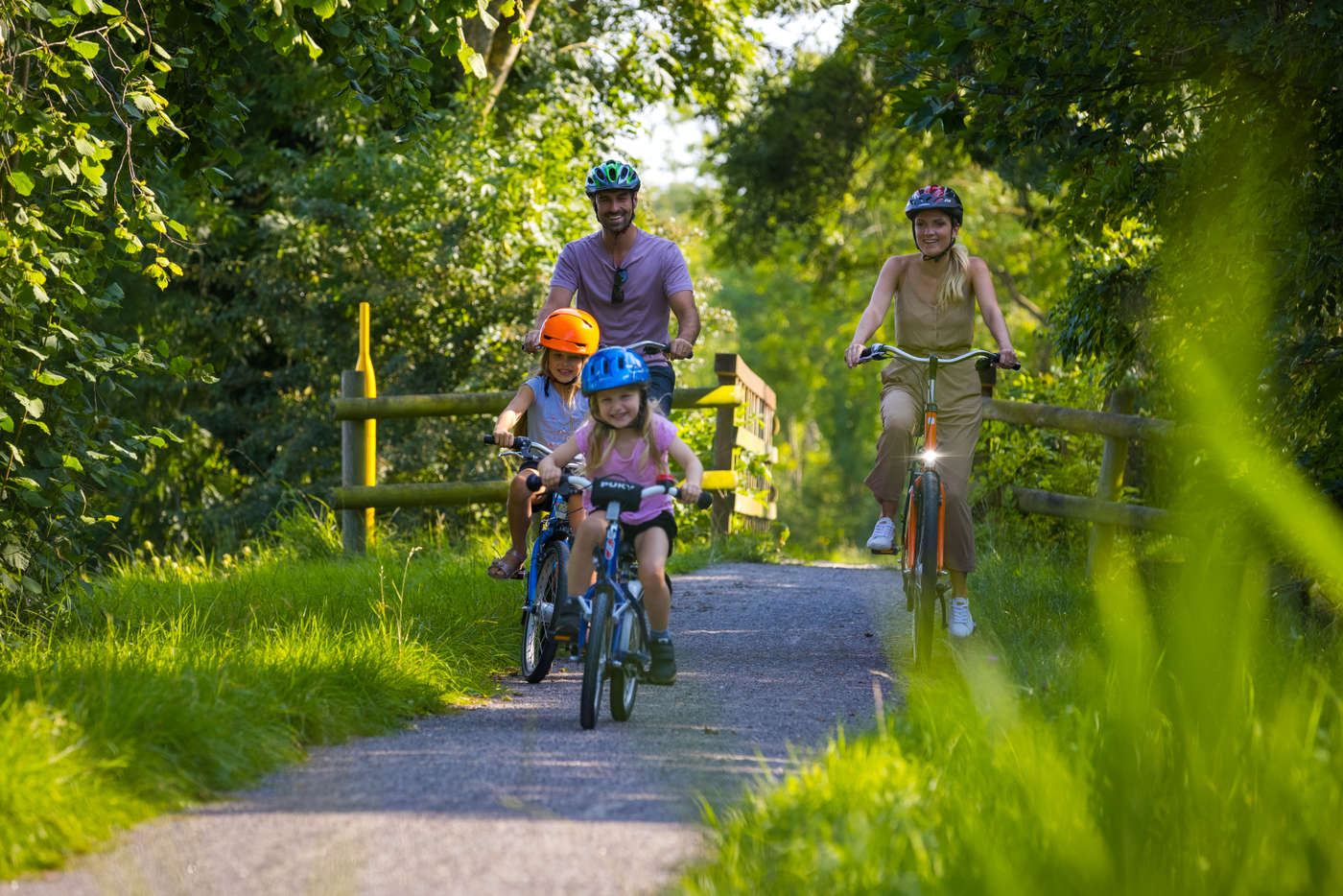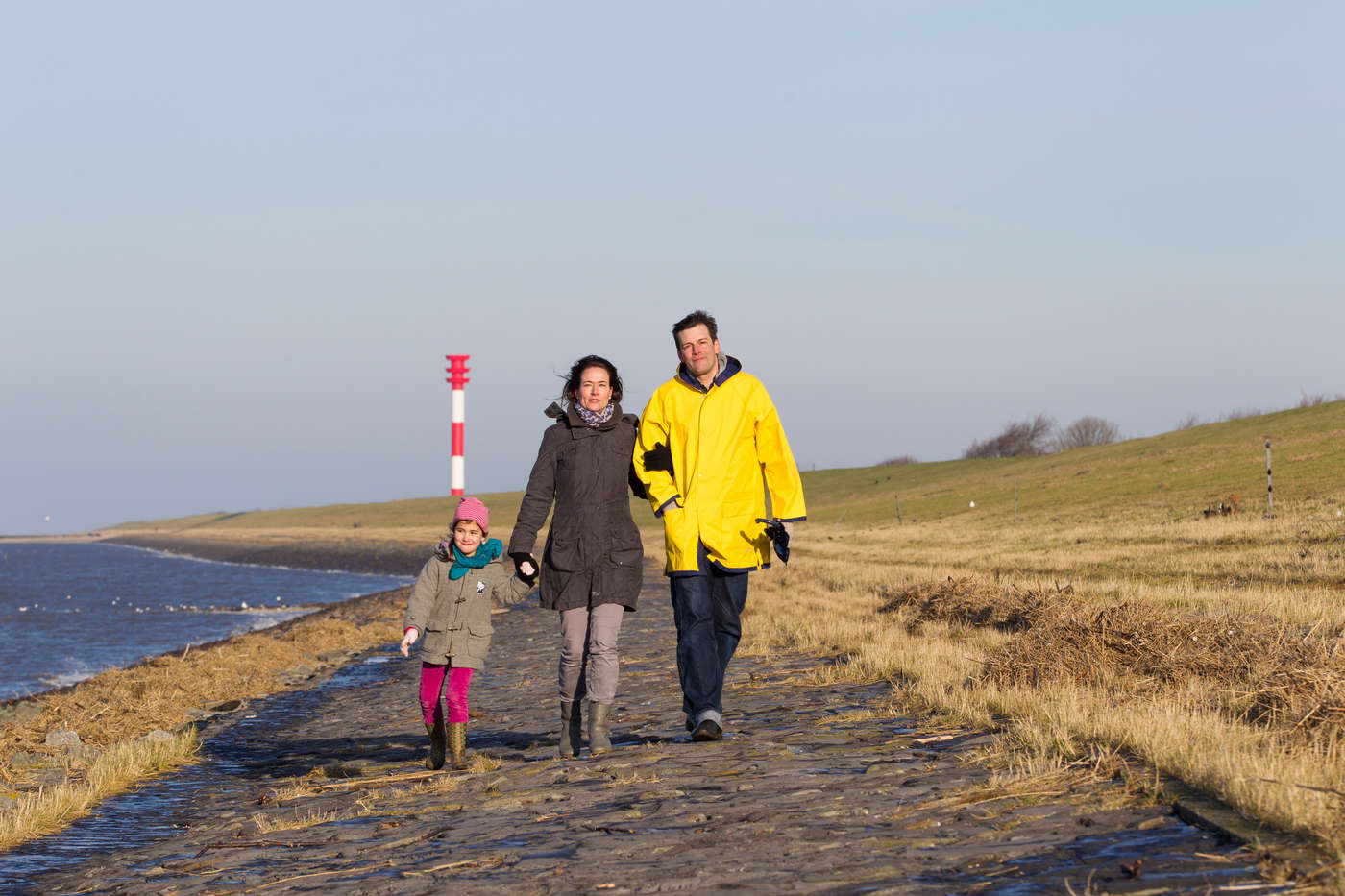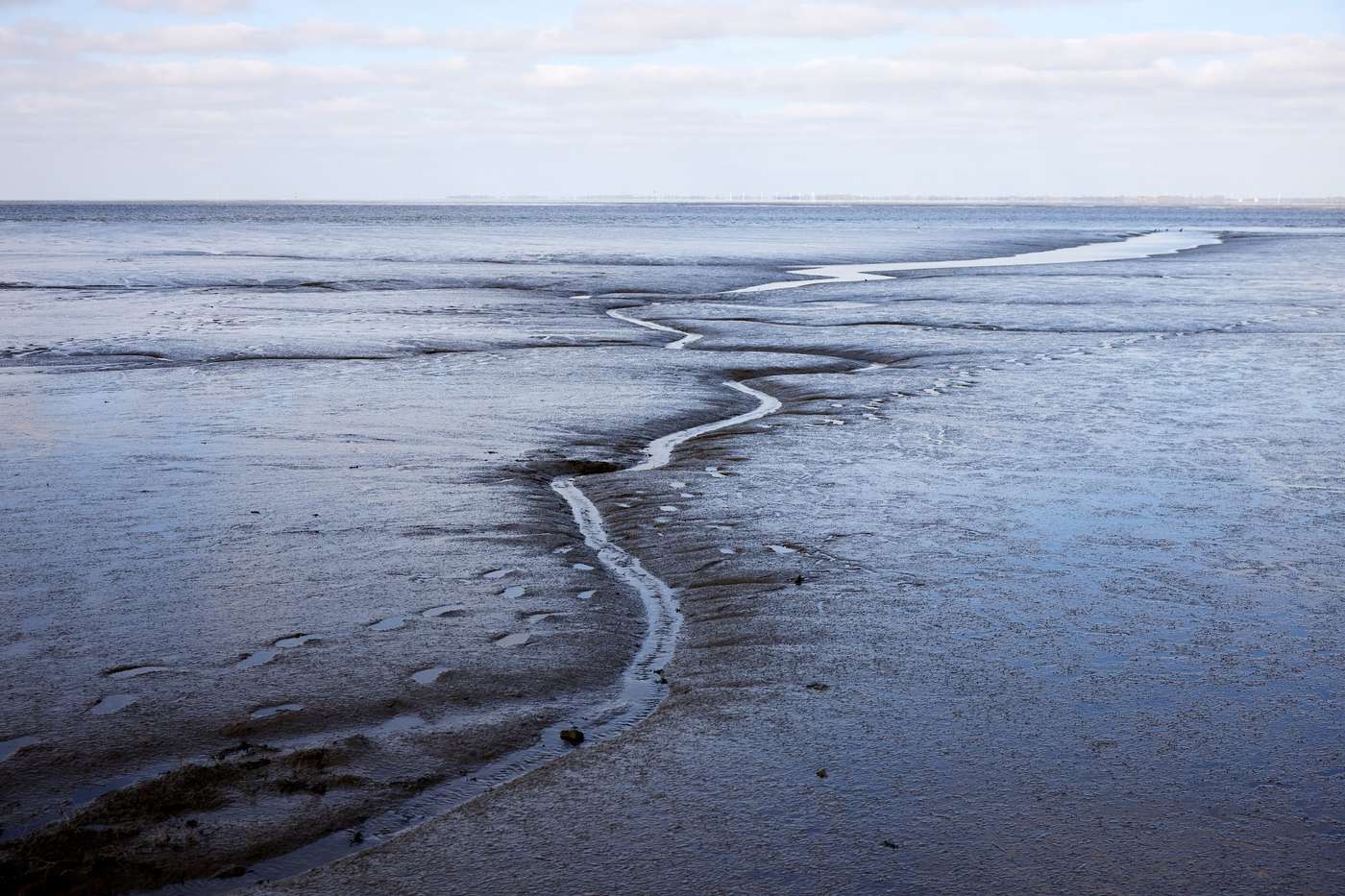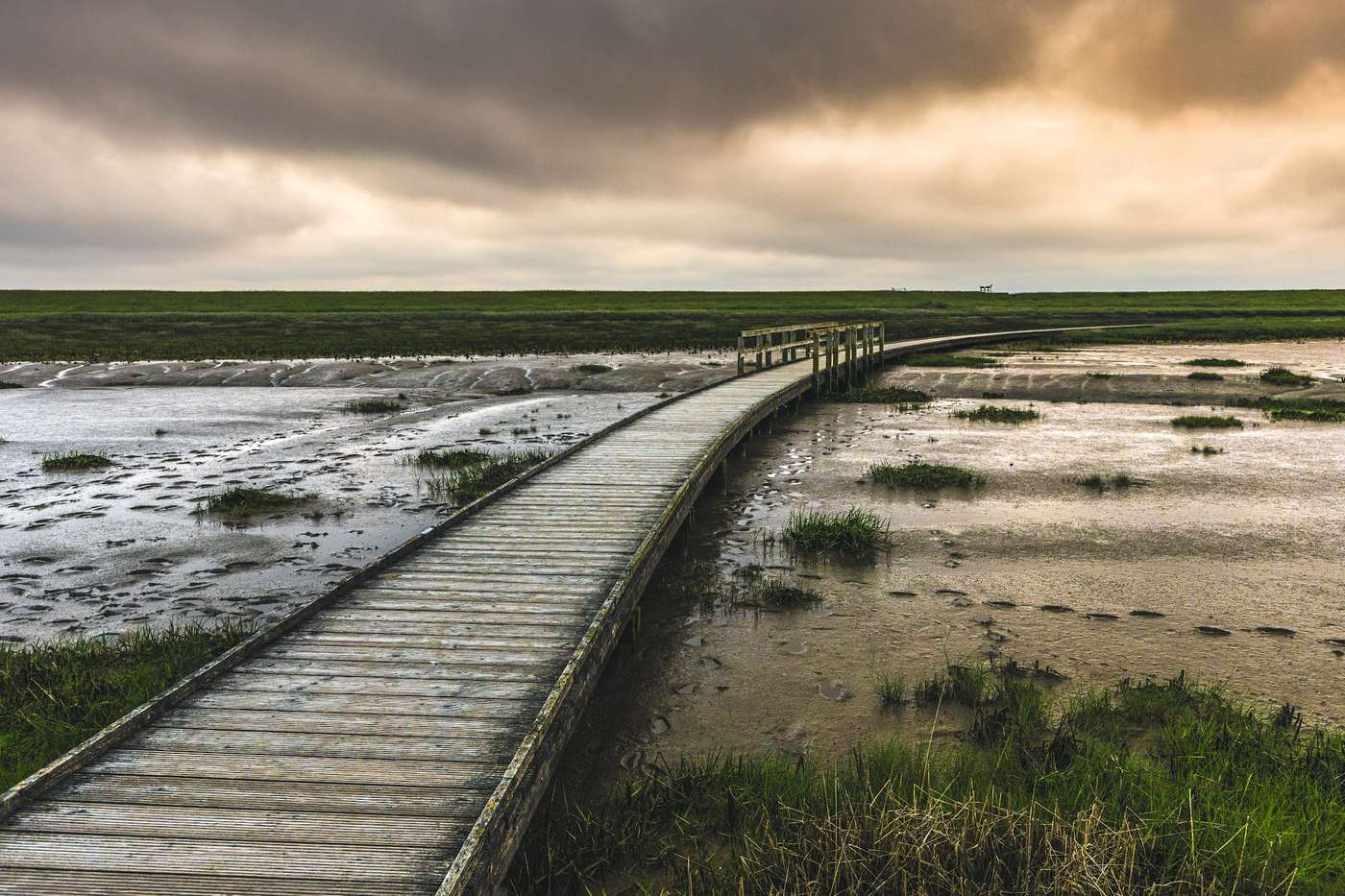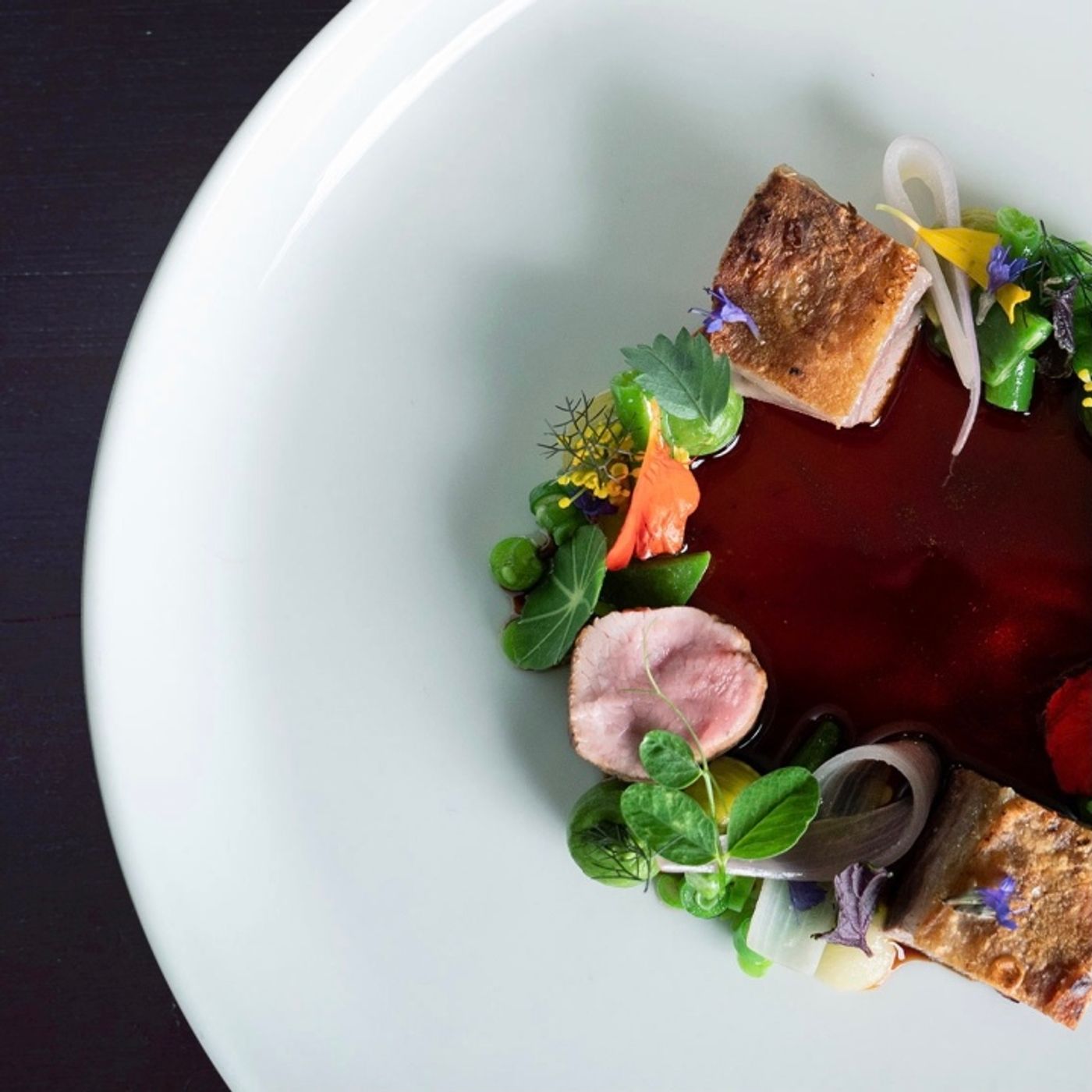
Augsburg
Tasting Menu
Old Love Restaurant
In an ambience that bridges the gap between tradition and modernity, guests can enjoy a tasting menu based on the rhythm of nature. Each bite reflects the care and freshness of the ingredients, which come directly from their own nursery or the local countryside and Europe. The creations are characterized by regional influences and global inspirations, cooked with craftsmanship.
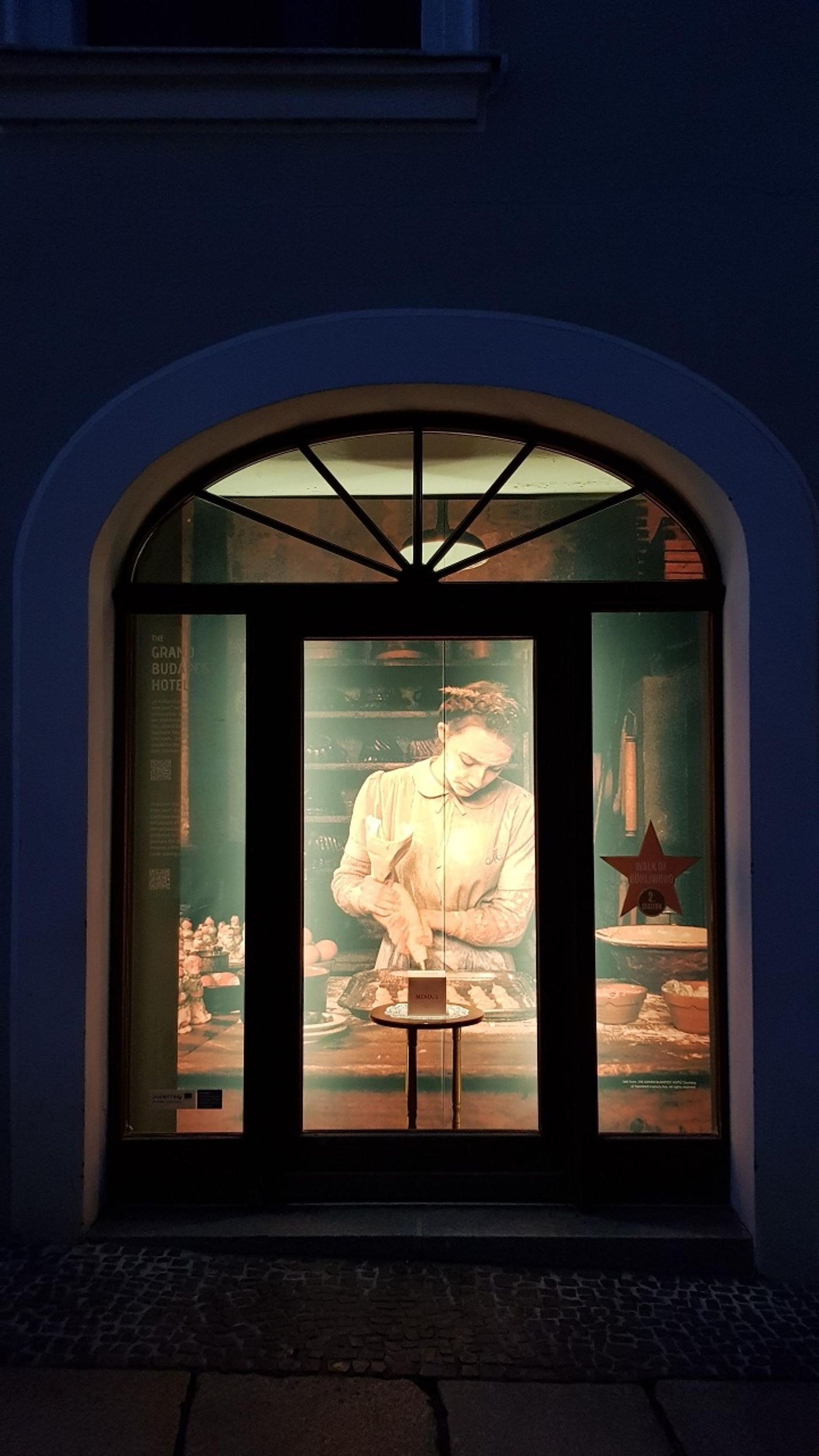
Görlitz
Discover Görliwood® on foot
The corner building "Brauner Hirsch" is one of the most popular filming locations in the city. A whole host of film crews have visited the otherwise empty building for filming. The historic building really comes into its own for interior shots: old pharmacy ("The Sorcerer's Apprentice"), inn ("The Young Karl Marx"), hotel ("The Captain"), scholar's room ("Measuring the World") - anything seems possible.
Station 1: Welcome to the film city of Görlitz
Station 2: The Grand Budapest Hotel
Station 3: European Film Location of the Decade
Station 4: Brauner Hirsch - The most versatile Görliwood film location
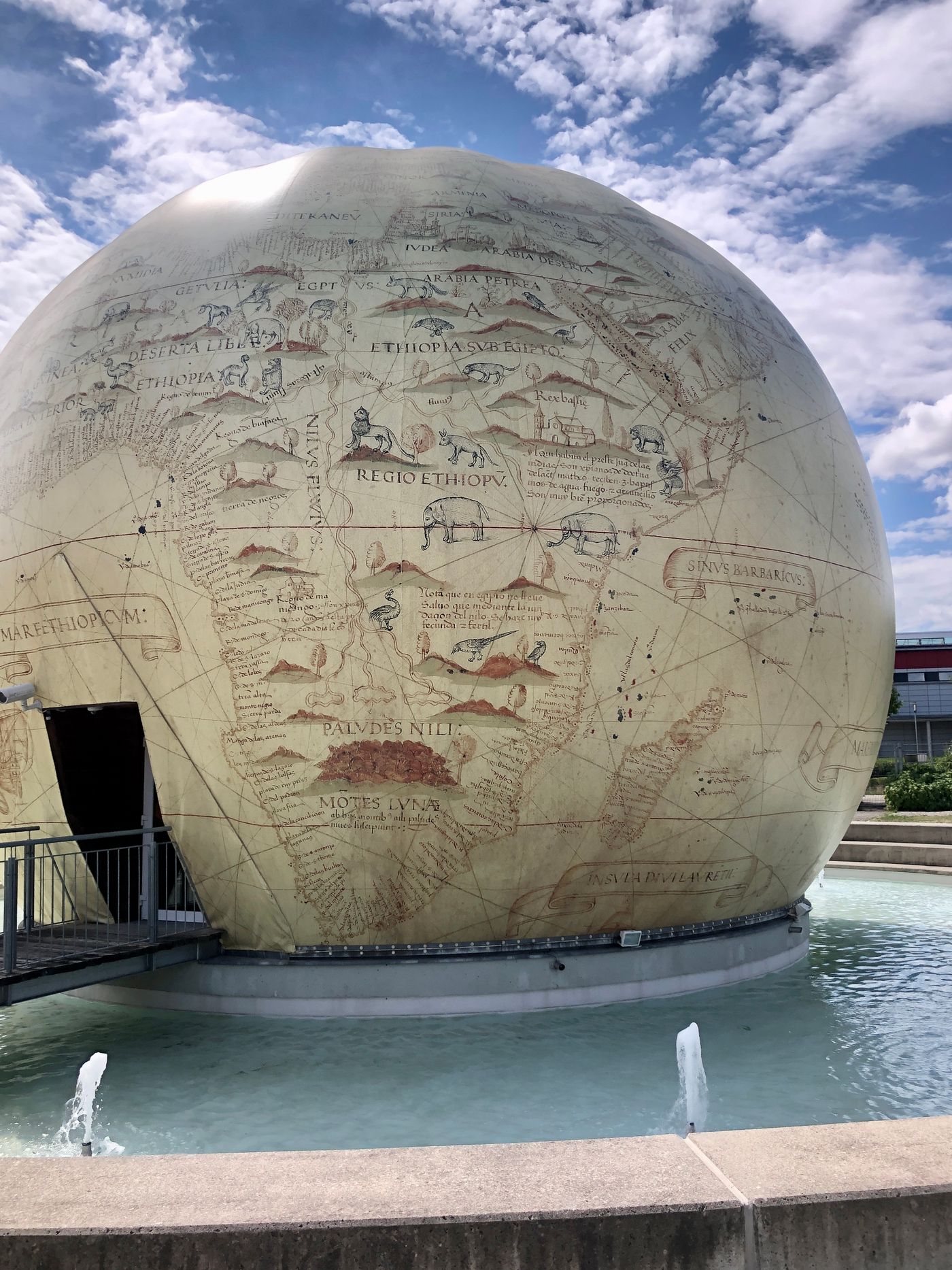
Königsbrunn
Mercateum - the world's largest globe
The Mercateum in Königsbrunn is an impressive globe - the world's largest - with an equally interesting interior! An exhibition provides information on long-distance and maritime trade, i.e. the trade in goods to India and other countries in Asia, Africa, Central and South America.
The globe itself is modelled on a historical cartography.
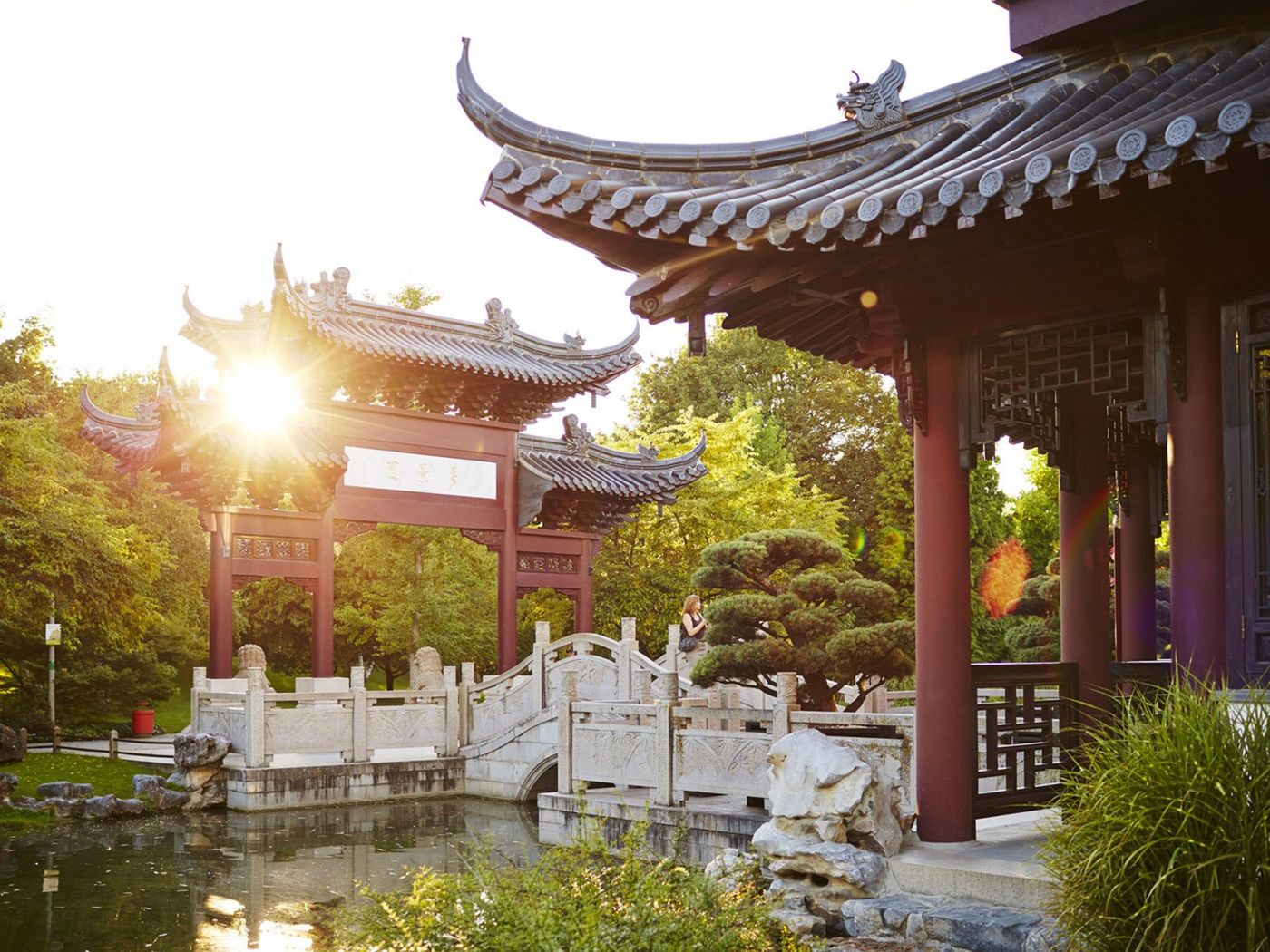
Mannheim
A short trip to China
A piece of China is located in the middle of Mannheim: The largest original Chinese tea house in Europe is located in Luisenpark. Surprised? In a garden laid out according to the teachings of Feng Shui lies the largest original Chinese tea house in Europe, built in the southern Chinese style with typical, simple materials such as natural stone, wood, bricks and tiles. The complex is by no means a disdainful replica. All parts were originally manufactured in China and assembled by Chinese craftsmen in Mannheim. Of course, the teahouse also lives up to its actual purpose: You have the choice of 30 different types of Chinese tea.
TIP: Would you like to learn more about the largest original Chinese tea house in Europe? Shuli Meng, the owner of the teahouse, will be happy to show you around the Chinese garden. In the summer months, you can also immerse yourself in the "Middle Kingdom" with themed workshops, exhibitions and concerts as part of the China Summer Program.
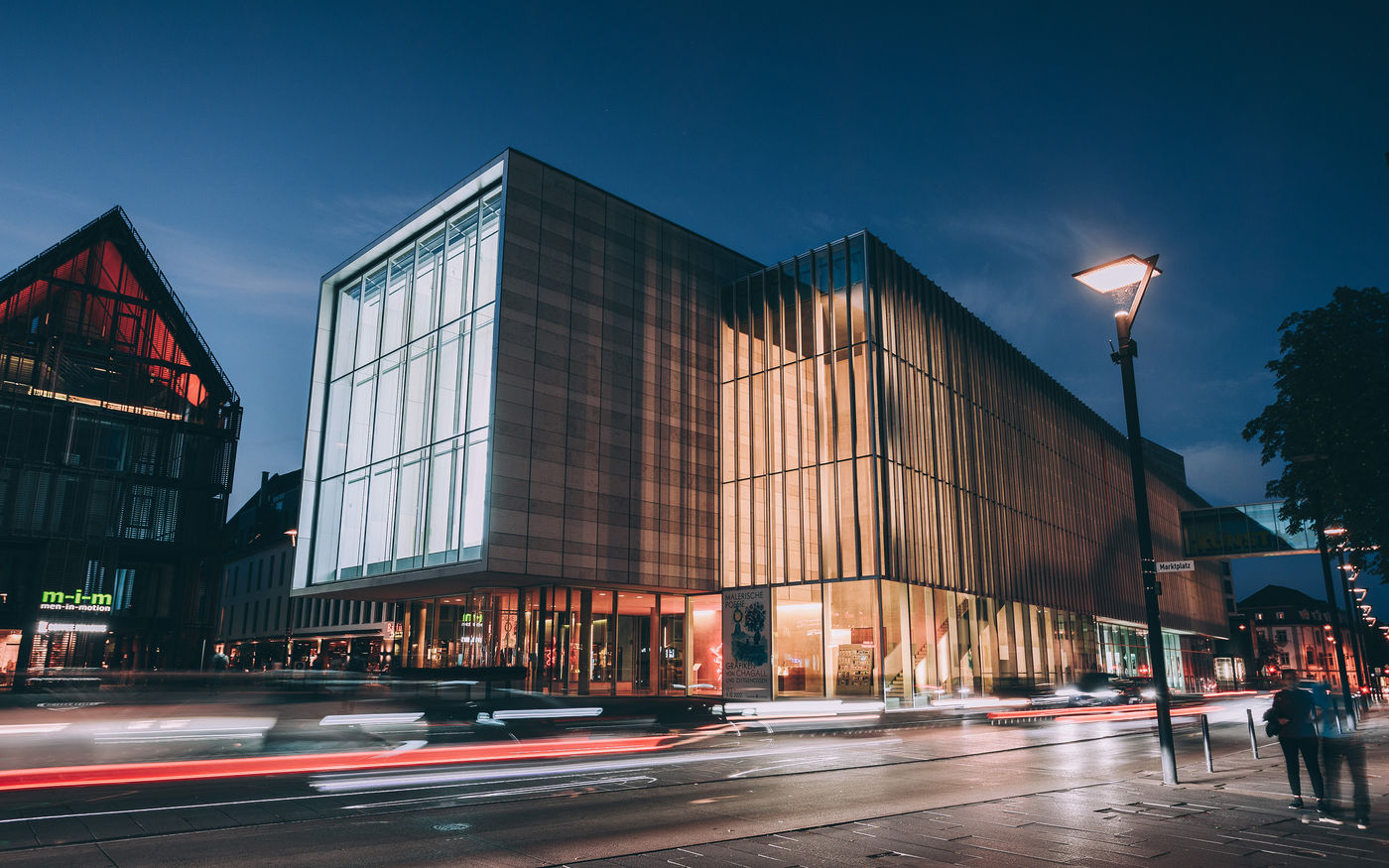
Ulm
Modern art meets history
It is probably the most striking building of the Neue Mitte in Ulm: the Kunsthalle Weishaupt. Based on the fascination for geometric-concrete art, the enthusiasm for clear forms and bright colours forms the foundation of the collection.
From the beginning of next year 2024, the famous "Lion Man" from the UNESCO World Heritage Site will also be on display here again.
Our tip: free admission with the UlmCard!
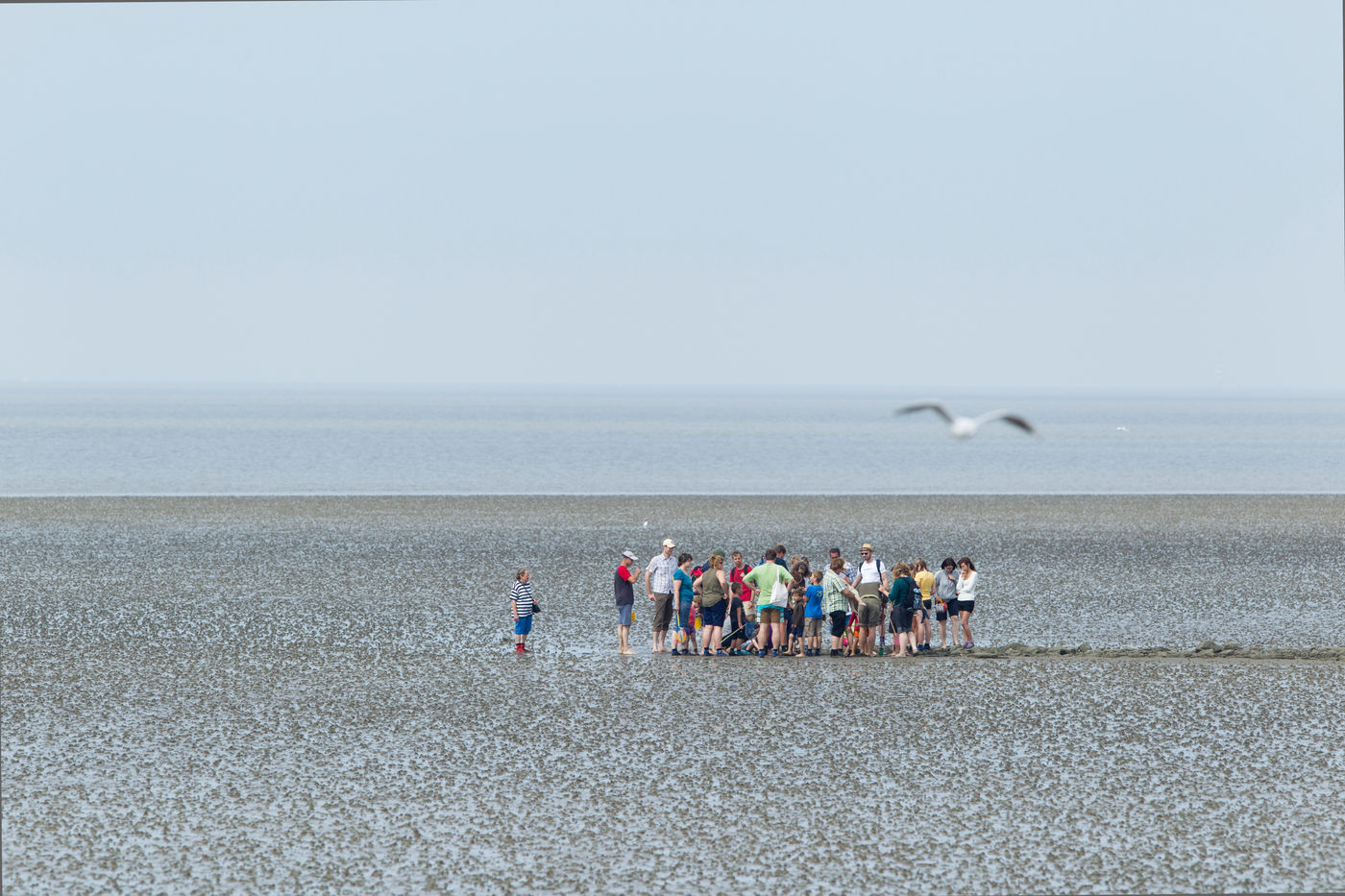
Butjadingen
Secrets of the Wadden Sea
A guided mudflat hike reveals the fascinating world between land and sea. With every step you take in the mud, you can explore the small inhabitants of the mudflats and the vastness of the natural environment as the low tide releases the mudflats - a natural spectacle that is well worth experiencing.
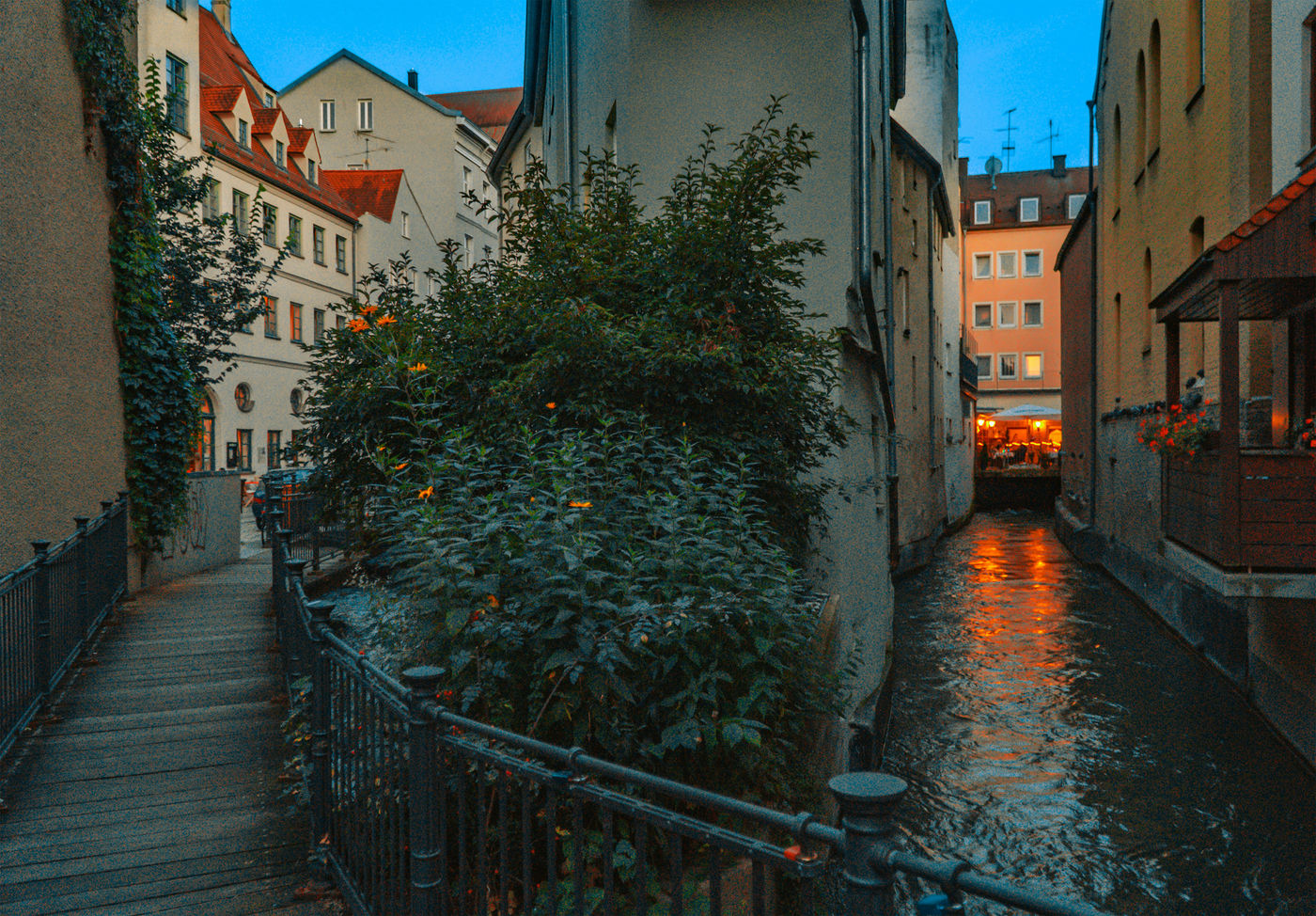
Augsburg
Historic flair on the water
Discover the charming Lechviertel – Augsburg's "Little Venice"! Stroll along the picturesque canals and let yourself be enchanted by the unique atmosphere of this historic district. Enjoy local specialties in the cozy cafes and restaurants and immerse yourself in the art and culture of the region. Little Venice offers an unforgettable experience full of history and beauty - an absolute must!
By the way: Over a total length of 77 kilometres and a gradient of 26 metres, 29 Lech canals run through the urban area of Augsburg – their importance for the medieval city can be guessed very well in the Ulrichs and Lech districts.
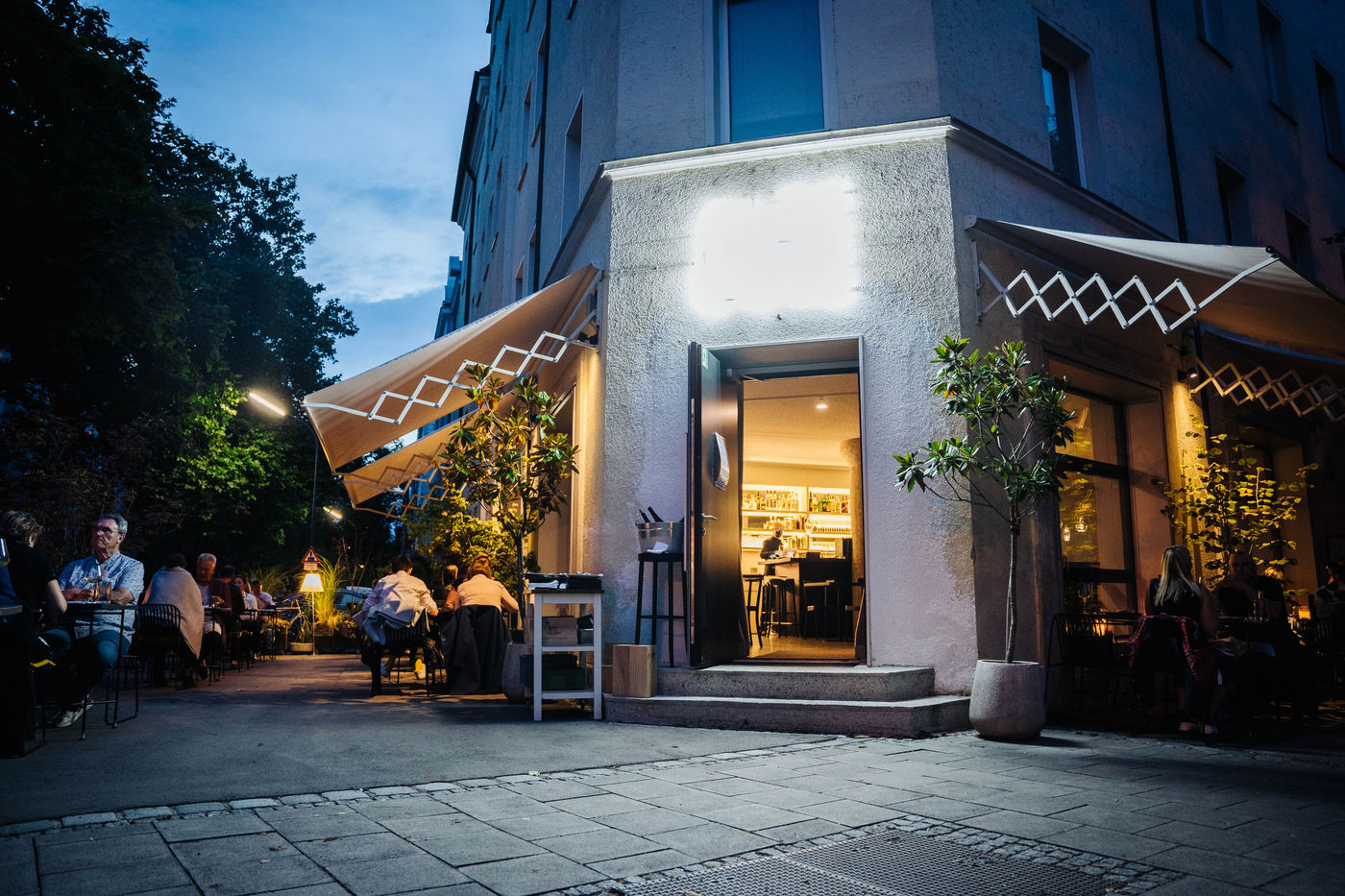
Augsburg
Share and enjoy
Alte Liebe Bistro & Bar
Put together different dishes to create a menu in a relaxed atmosphere or enjoy the whole variety of the menu together as a group as "shared plates" to share. On the table is what the season has to offer with the best food from the region, Europe and our own nursery. Great wine list.
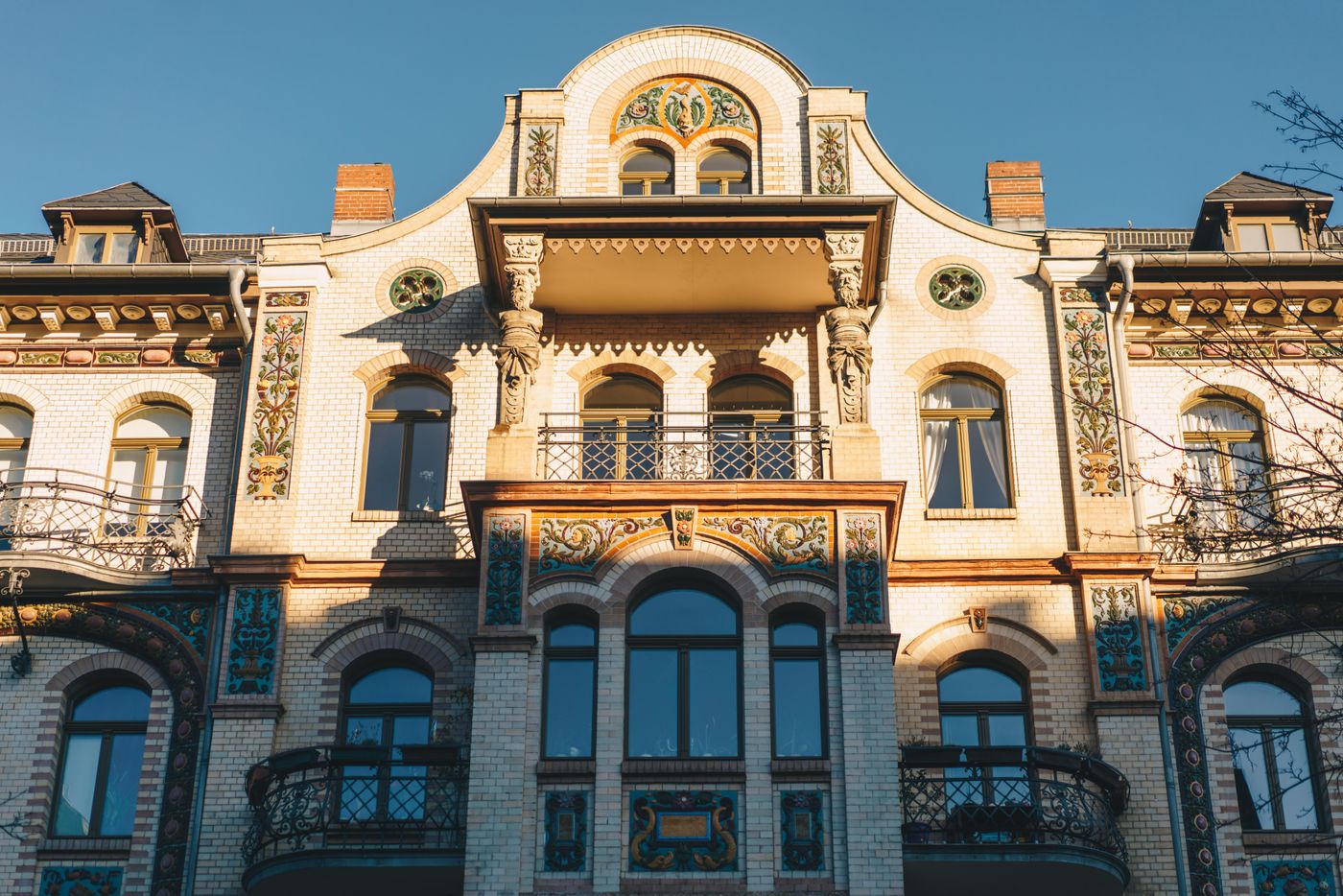
Chemnitz
Mysterious vaults and Gründerzeit romance
Wander through historic streets lined with magnificent Gründerzeit facades and dive underground into a labyrinth of old vaulted cellars that once served as huge beer cellars. Above ground, cozy cafés and boutiques beckon, while underground guided tours take you through the extensive network of hidden passageways, whose history dates back to the 16th century.
Kaßberg is one of the largest contiguous Art Nouveau and Wilhelminian style districts in Europe.
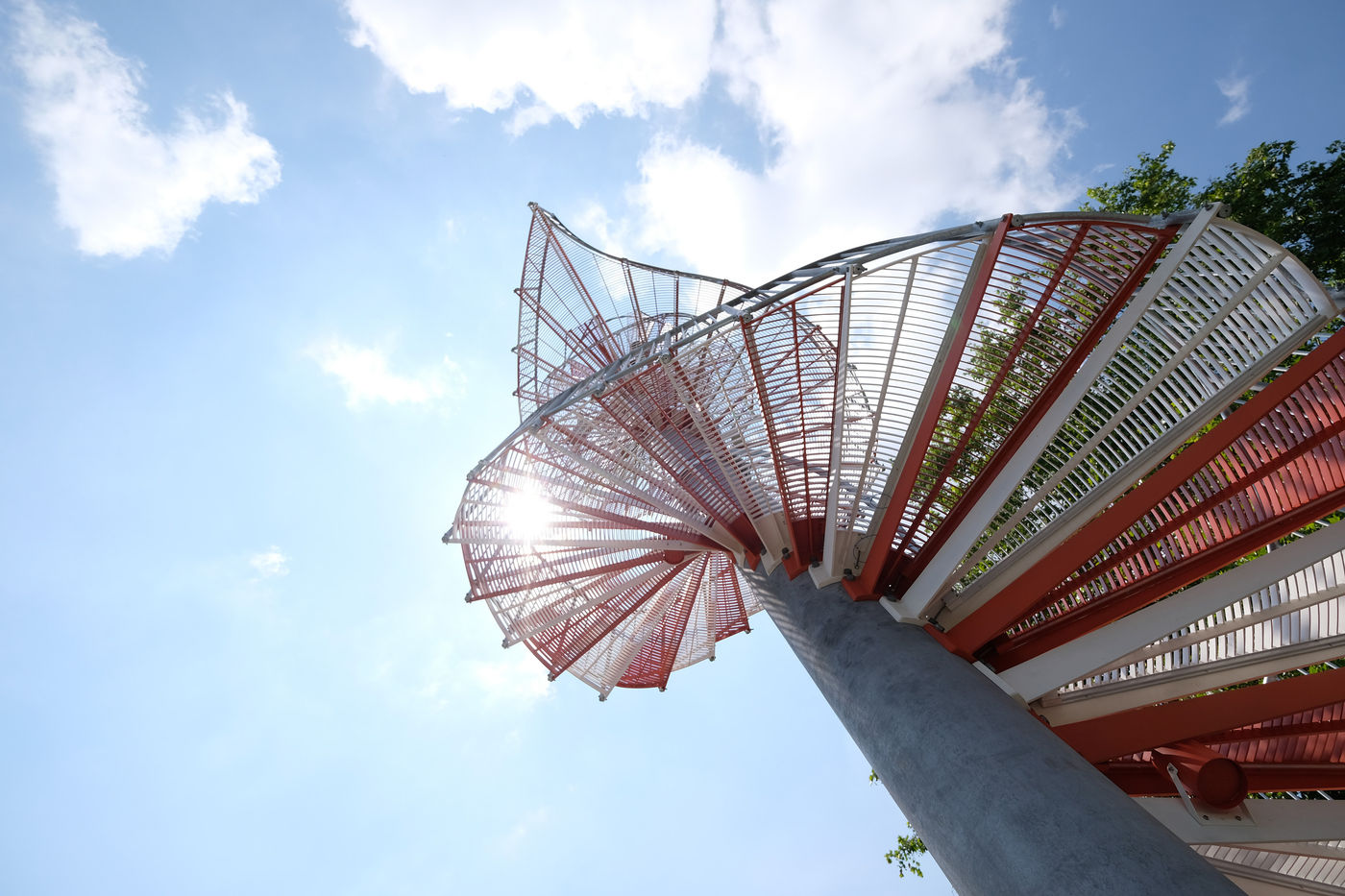
Ulm
In honor of the tailor of Ulm
What must it have been like to stand on a 20 meter high platform on the city wall while all the onlookers were waiting for you to jump and fly like a bird over the Danube? How do you think the 'Tailor of Ulm' felt on the day of his failed attempt to fly? Feel it and put yourself in Berblinger's place. At the former jumping-off point at the Adlerbastei, the 10-degree inclined 'Berblinger Tower' is accessible. The spiral staircase climbs dizzyingly, step by step. At the top, looking down to the ground, you can see that the construction and color scheme of the stairs is based on Berblinger's flying machine. Six loudspeakers attached to the sculpture turn the ascent into an audio experience.

Catania
Find the hustle and bustle and treasures at the flea market
From morning to noon, except on Sundays, the piazza is transformed into a vibrant market. Here, fresh food mixes with vintage clothing and artwork. Browsing between the stalls, surrounded by the scents and sounds, will give you an authentic shopping experience. In addition to the market, historic buildings dominate the picture, including the impressive Santuario della Madonna del Carmine.
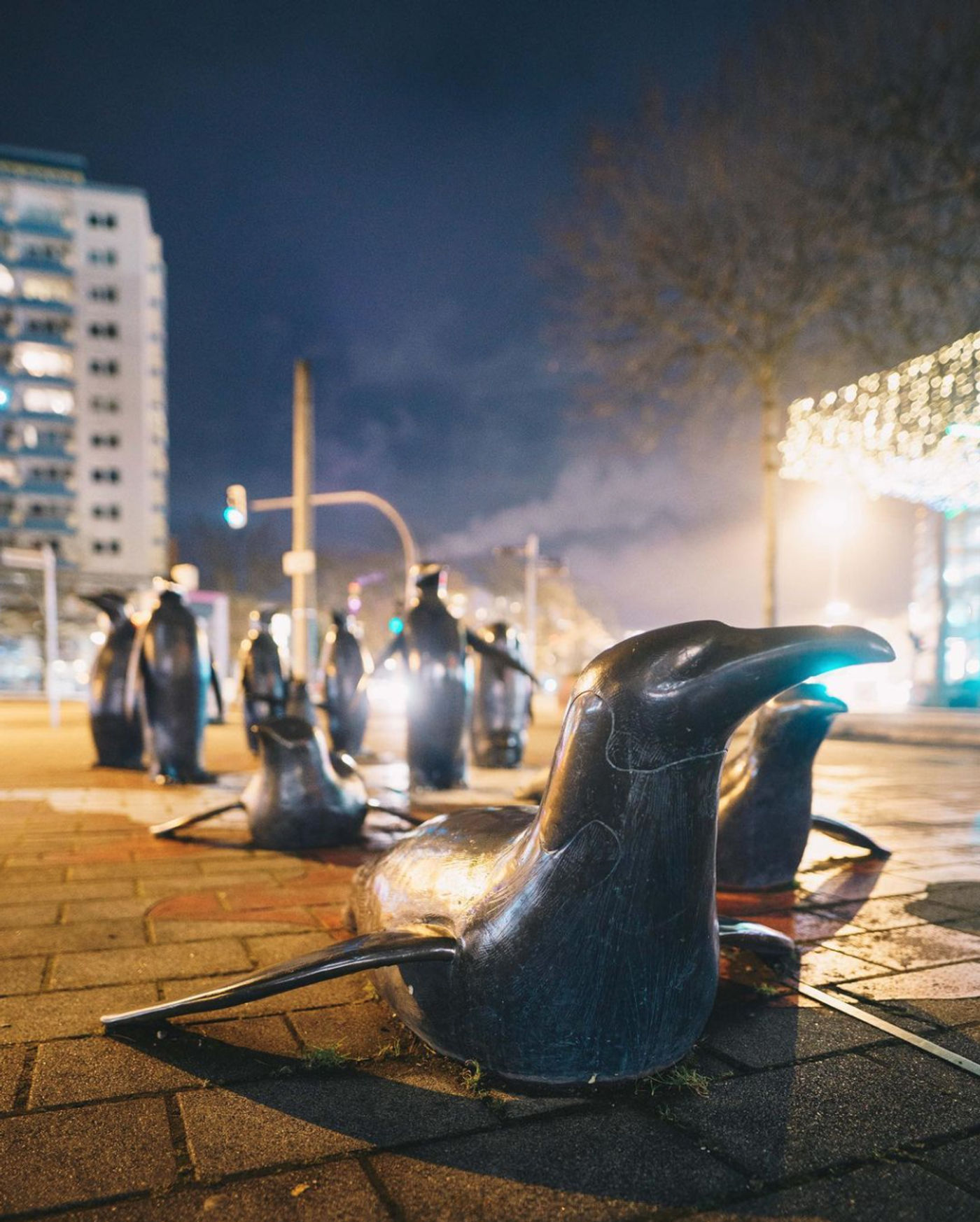
Chemnitz
The penguins and their history
Did you know why Chemnitz penguins have become an integral part of the city? There are actually some fascinating facts that led to the design of the small "island" at the entrance to Innere Klosterstraße, on the corner of Theaterstraße. The inscription points out that the geographical longitude coordinate 12°55'11" runs east along Innere Klosterstraße and meets one of the largest colonies of emperor penguins in the Antarctic exactly 15,000 kilometers away. In addition, the outlines of the city and the continent have strong similarities.
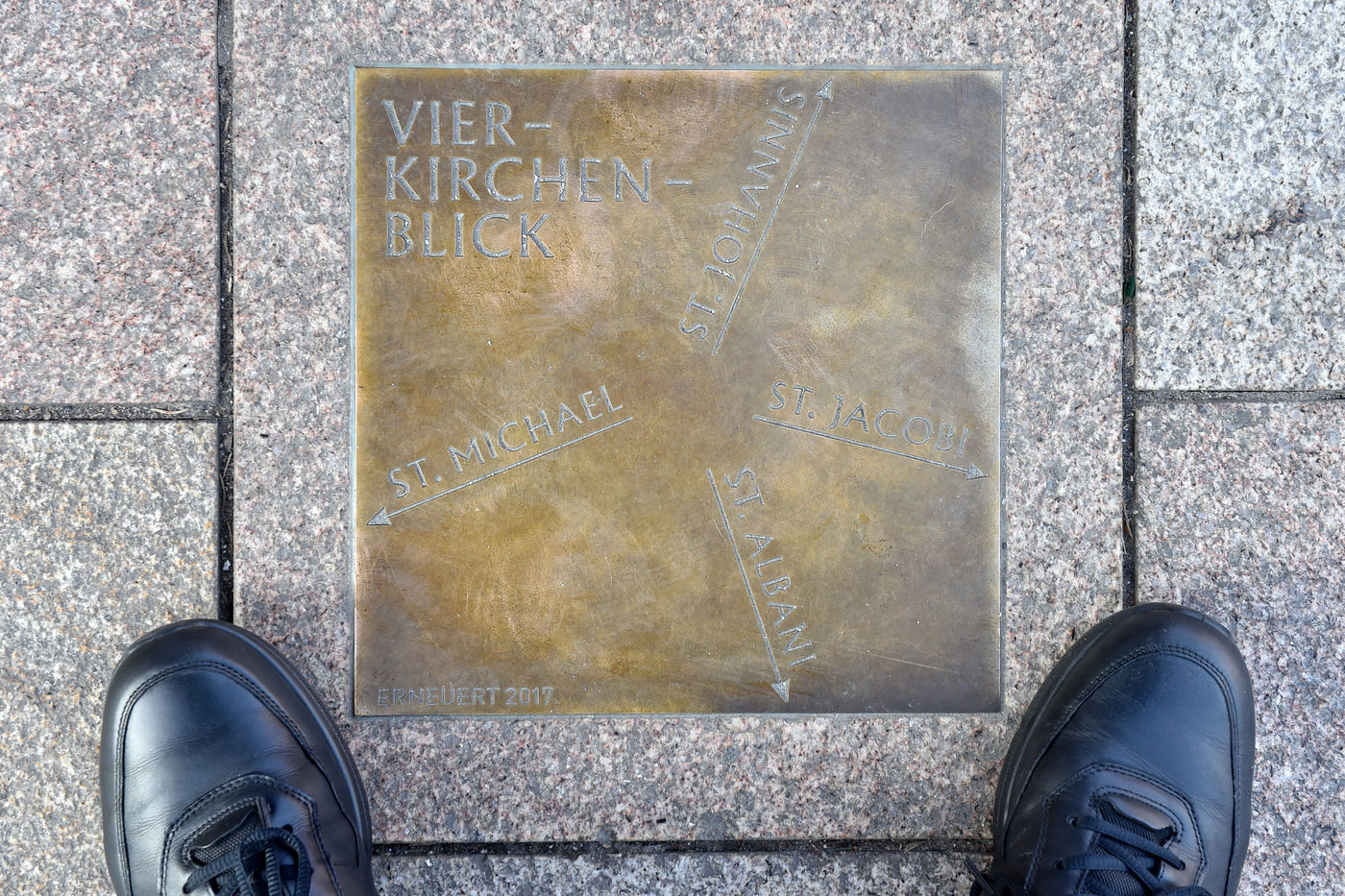
Göttingen
Quadruple outlook
This bronze plate in the street pavement exactly at the corner of Kornmarkt/Markt shows the location from which all four inner city churches can be seen. These are St. Johannis in the west, St. Jacobi in the north, St. Albani in the east and St. Michael in the south. In the row of buildings on the south side of the market square stood the oldest guild house in Göttingen from 1251, the "Schuhhof". Below it is a Gothic vaulted cellar, which today houses a restaurant.

Essen
Back to the 80s
Grab your roller skates and come by, because from March 23 to April 7, newcomers and professionals alike will be transported back to the 80s on over 600 square meters. Not only will your skills on roller skates be put to the test in Hall 5, but on selected evenings there will be special events such as SkateJam workshops and the SkateJam Roller Disco. For those who don't bring their own roller skates, there's the option of renting unique pairs on site – even those with glowing, flashing tires. It should be noted, however, that the roller skates are available in limited quantities. Tickets can only be purchased on site
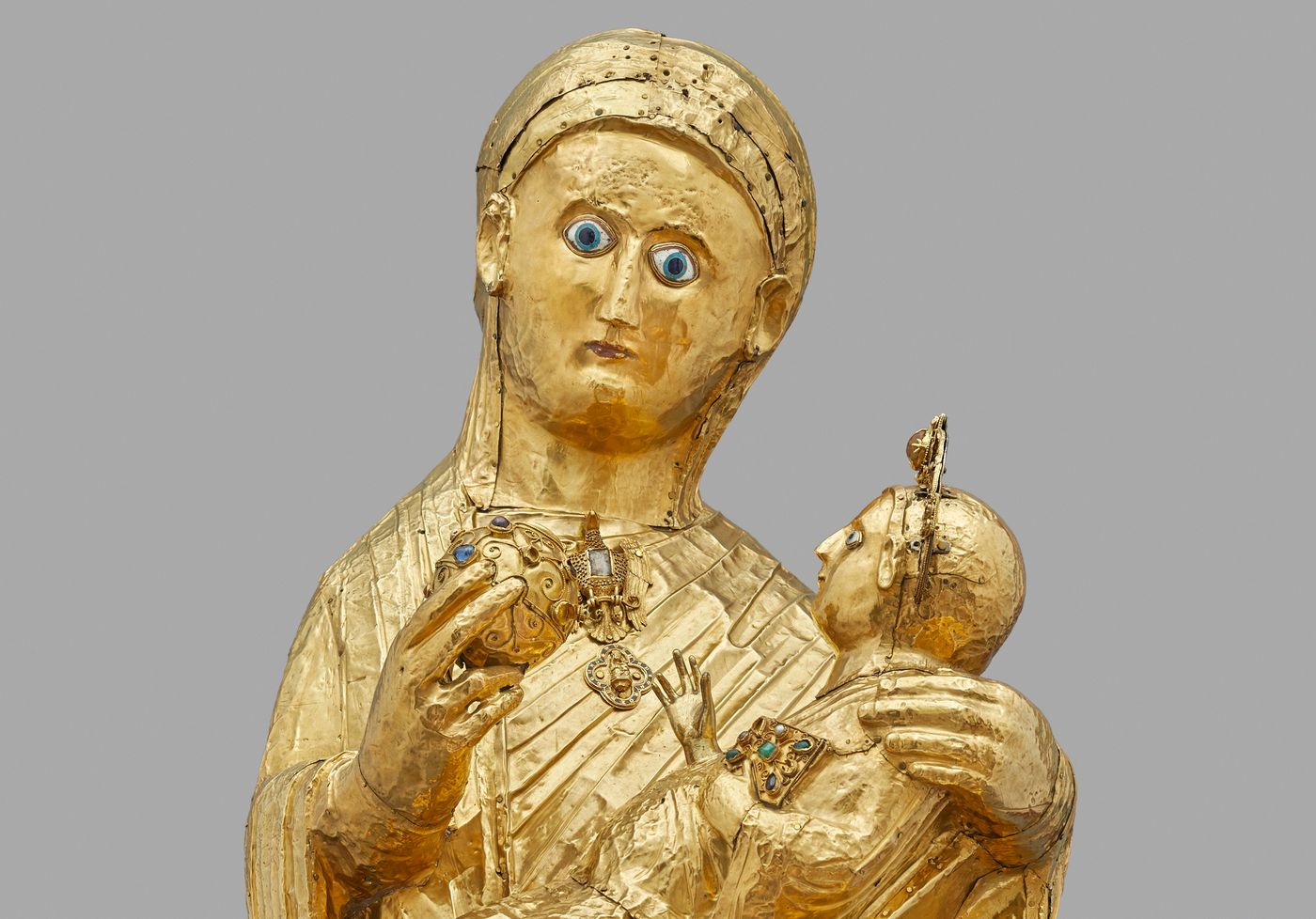
Essen
Golden Madonna
The Essen cathedral treasury is considered the most important legacy of the Essen nunnery. Two of its most important works of art are still kept in the cathedral today.
The Golden Madonna, the oldest fully sculptured portrait of Mary in the world, is the most important work of art in the Ruhr region. The figure of Mary, which dates from around 980 AD, is still a highly venerated image of grace today and stands in the left aisle of Essen Cathedral.
The seven-branched candelabrum also still has its place in the cathedral. It is the oldest surviving seven-branched candelabrum in Christendom and was cast in bronze around the year 1000. Another work of art is enthroned above the portal of today's bishop's house on Burgplatz: For almost 70 years, the golden angel by the artist Ewald Mataré has been standing there, which is why the people of Essen affectionately call it the "Mataré Angel".
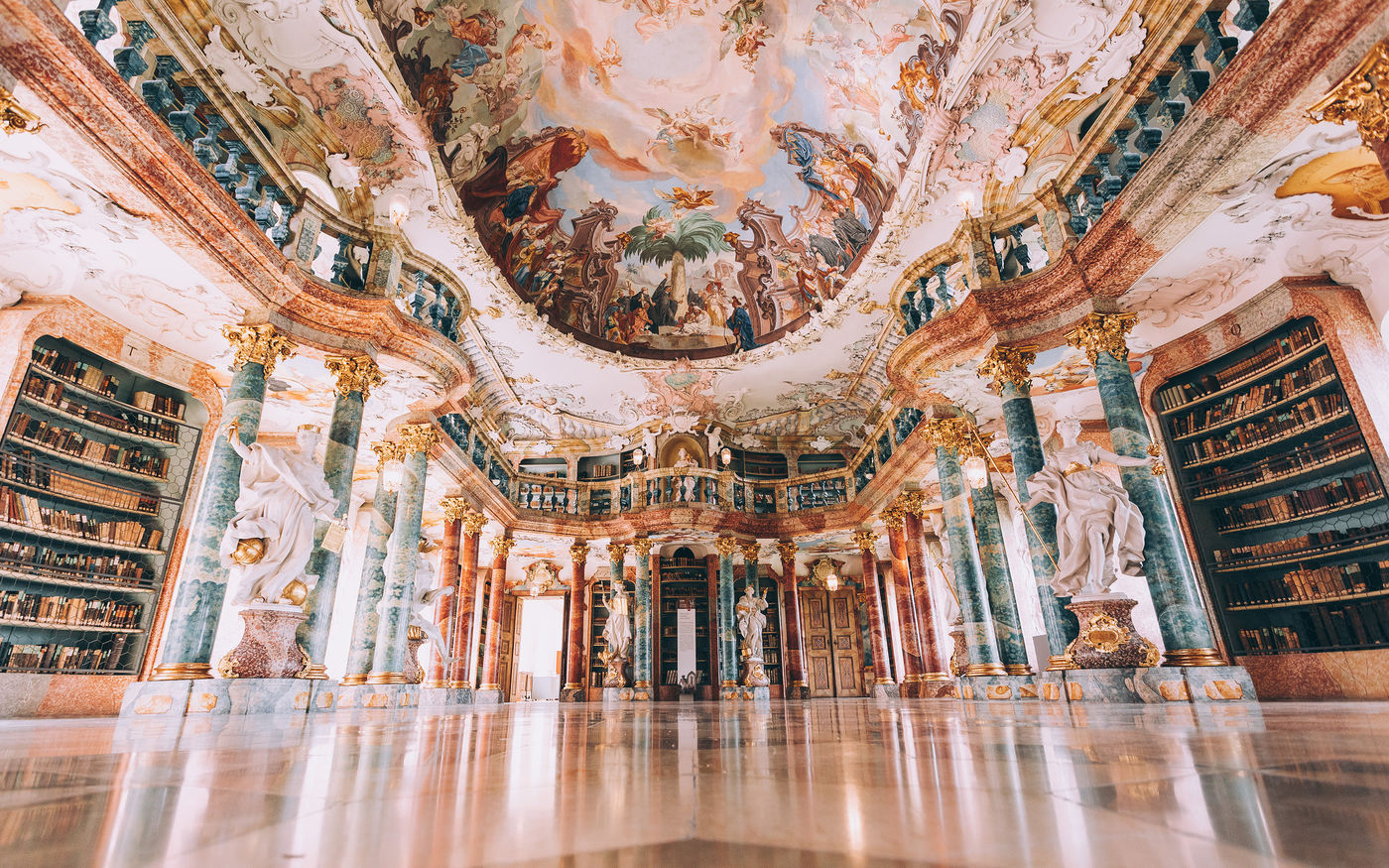
Ulm
Experience Baroque splendour
The former Benedictine monastery is famous above all for its baroque library hall with its rich decoration of frescoes and sculptures. But the wonderful monastery church of St. Martin is also of great importance to this day. From the outside, the building appears monumental and austere due to the façade, which was never completed. The bright church interior with the grandiose ceiling frescoes stands at the transition from late Baroque to early Classicism. A special visitor highlight is the ›Museum im Konventbau‹. It focuses on the life of the subjects in the monastic state. It was they who, with their services and contributions, ensured that Wiblingen was not only a place of prayer, but also a flourishing business.
Our tip: with the UlmCard you get free admission to the museum and the library hall.
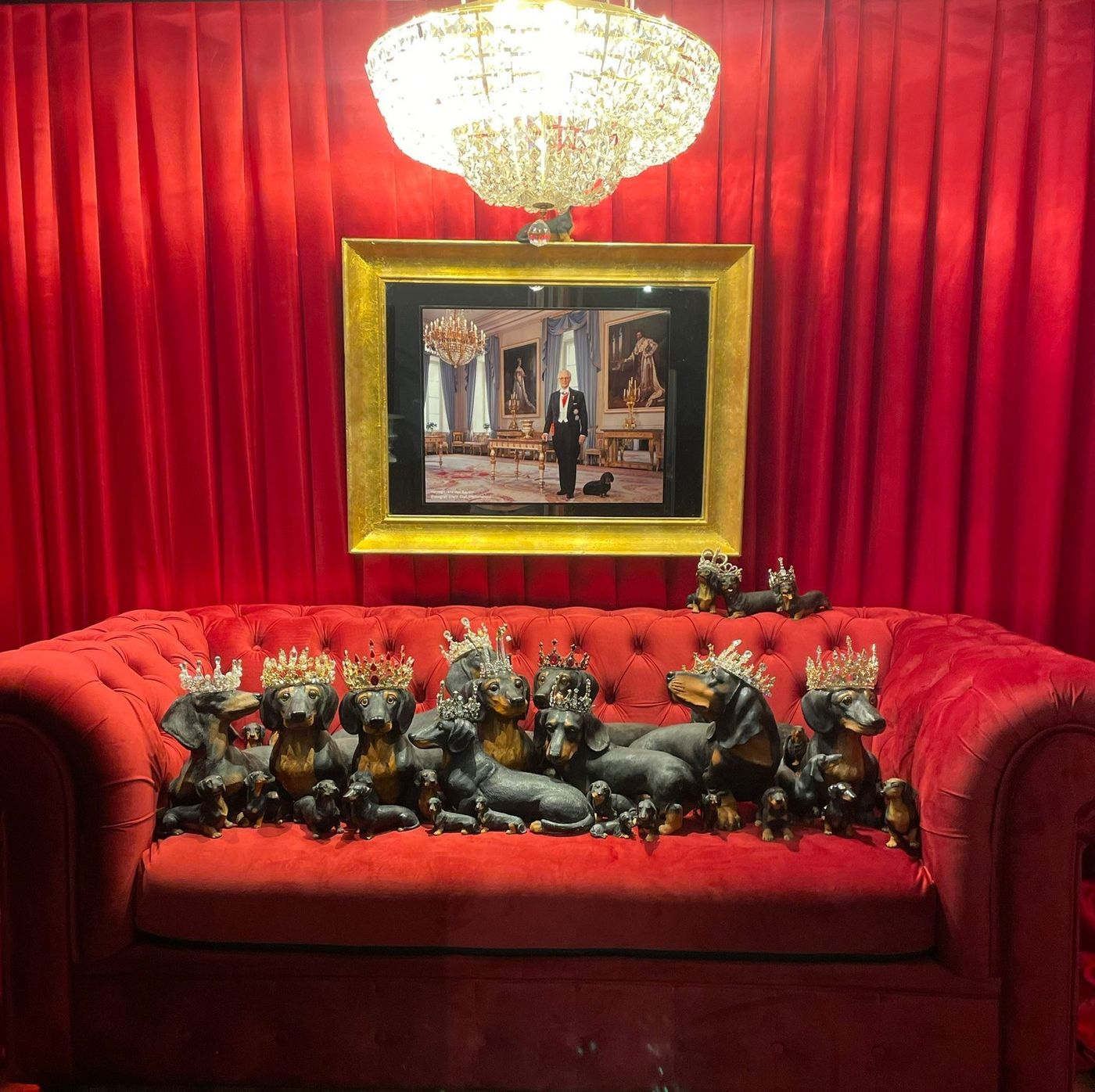
Regensburg
In the realm of dachshunds
With more than 50,000 exhibits related to the dachshund, this museum offers a unique collection ranging from potholders to wobbly dachshunds. A passion for collecting and a pinch of kitsch await you, accompanied by real dachshunds that form the heart of this charming place. Dog lovers can bring their four-legged friends and immerse themselves in the world of this iconic dog breed together.
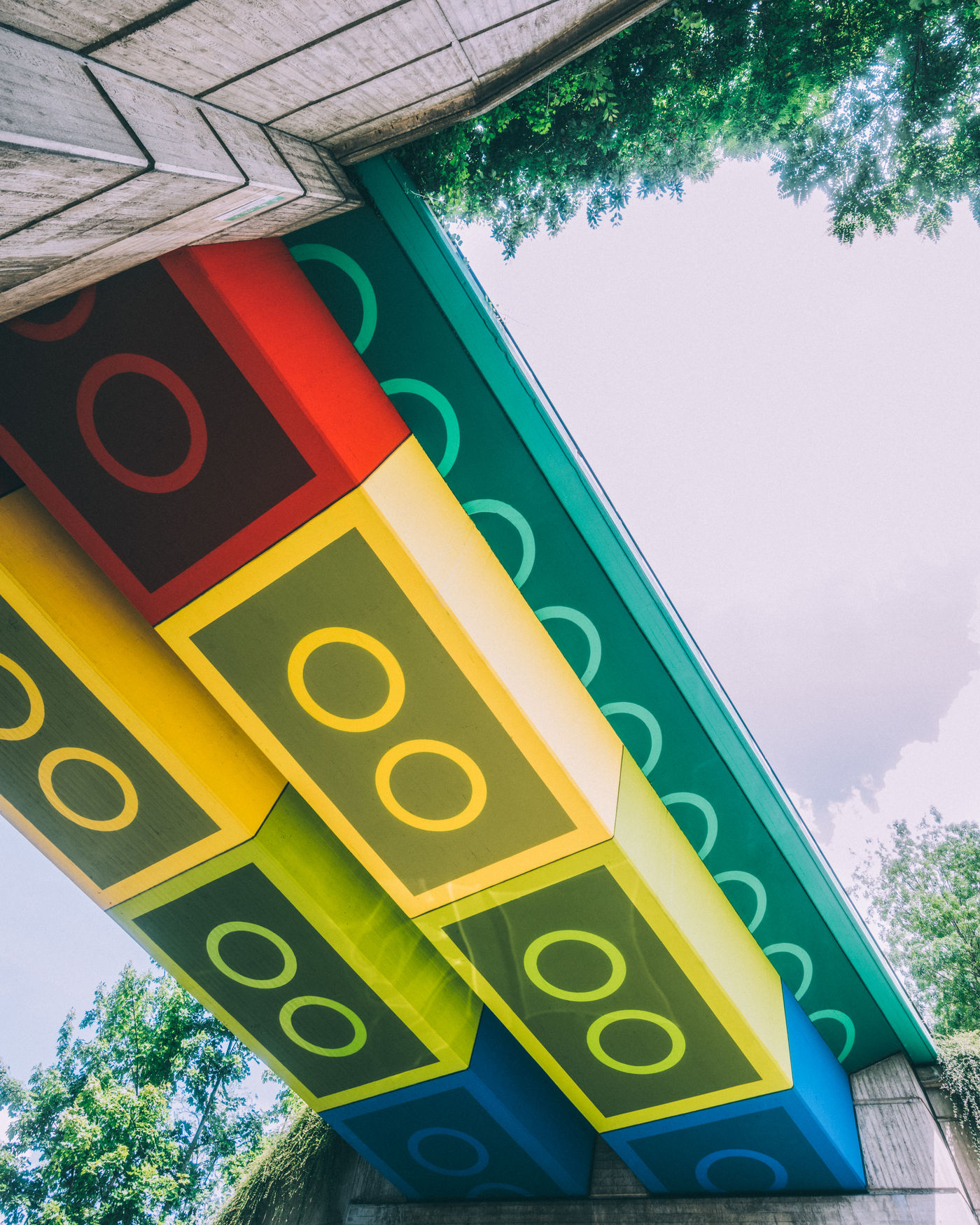
Wuppertal
Lego bridge
This year it is already 10 years old, the Lego bridge designed in 2011 by street artist Martin Heuwold, also known as MEGX, which leads the Nordbahntrasse over the sister street in Wuppertal Barmen. Here, big and small are amazed at how realistic the huge bricks look that supposedly form the bridge. Because the first bridge was already so popular, Martin Heuwold designed the Lego Bridge 2.0 in the east of the city in 2020.
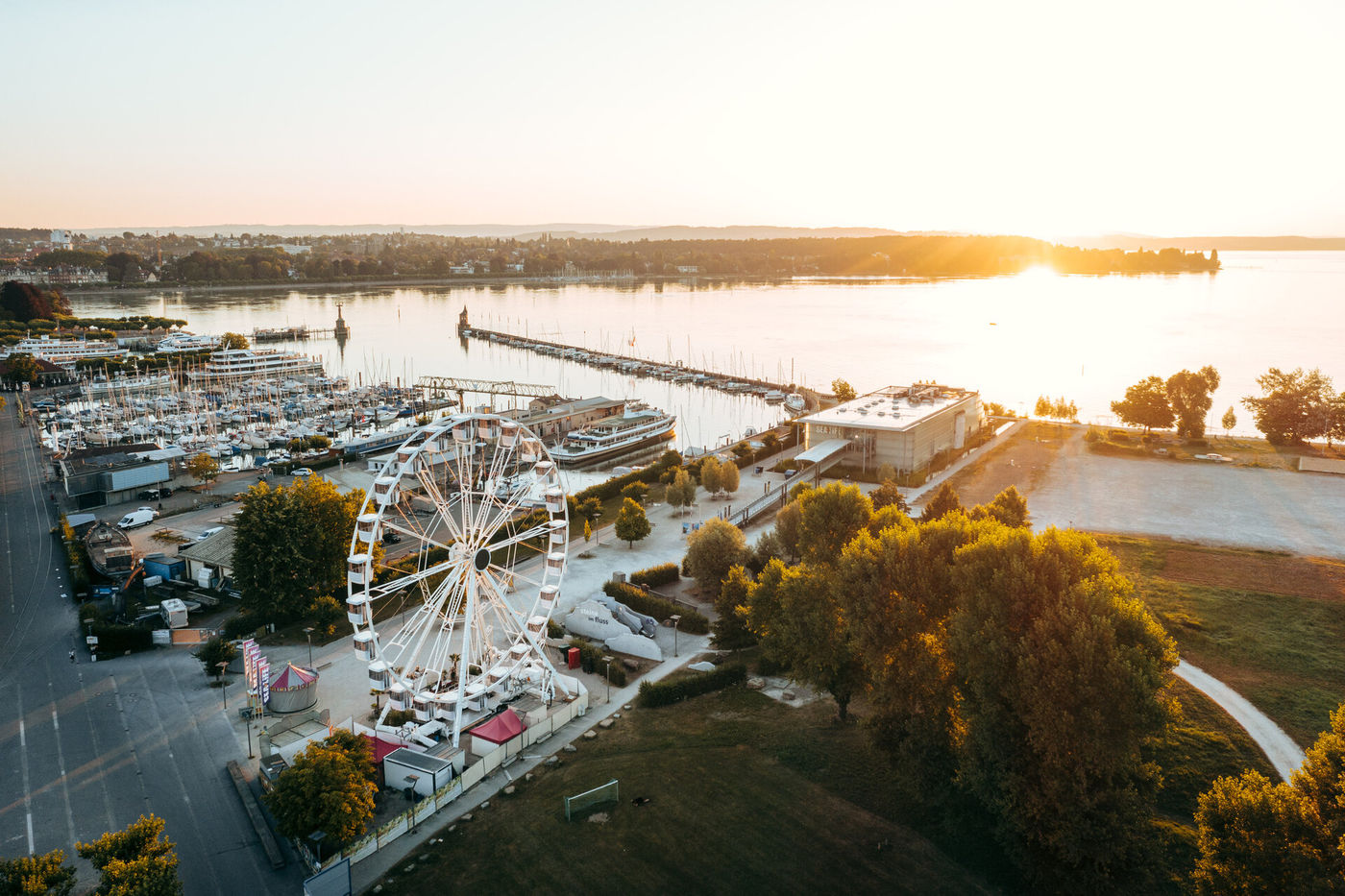
Konstanz
Klein Venice
In the immediate vicinity of the Swiss border and the port of Constance, the wide areas near the art border can be used for enjoyment and fun.
The area was given its name in 1873 when the dance hall "Little Venice" was built there. The name was soon used for the entire other area, which was filled up in 1945/46. The restaurant itself only stood until 1976, the name is still present.
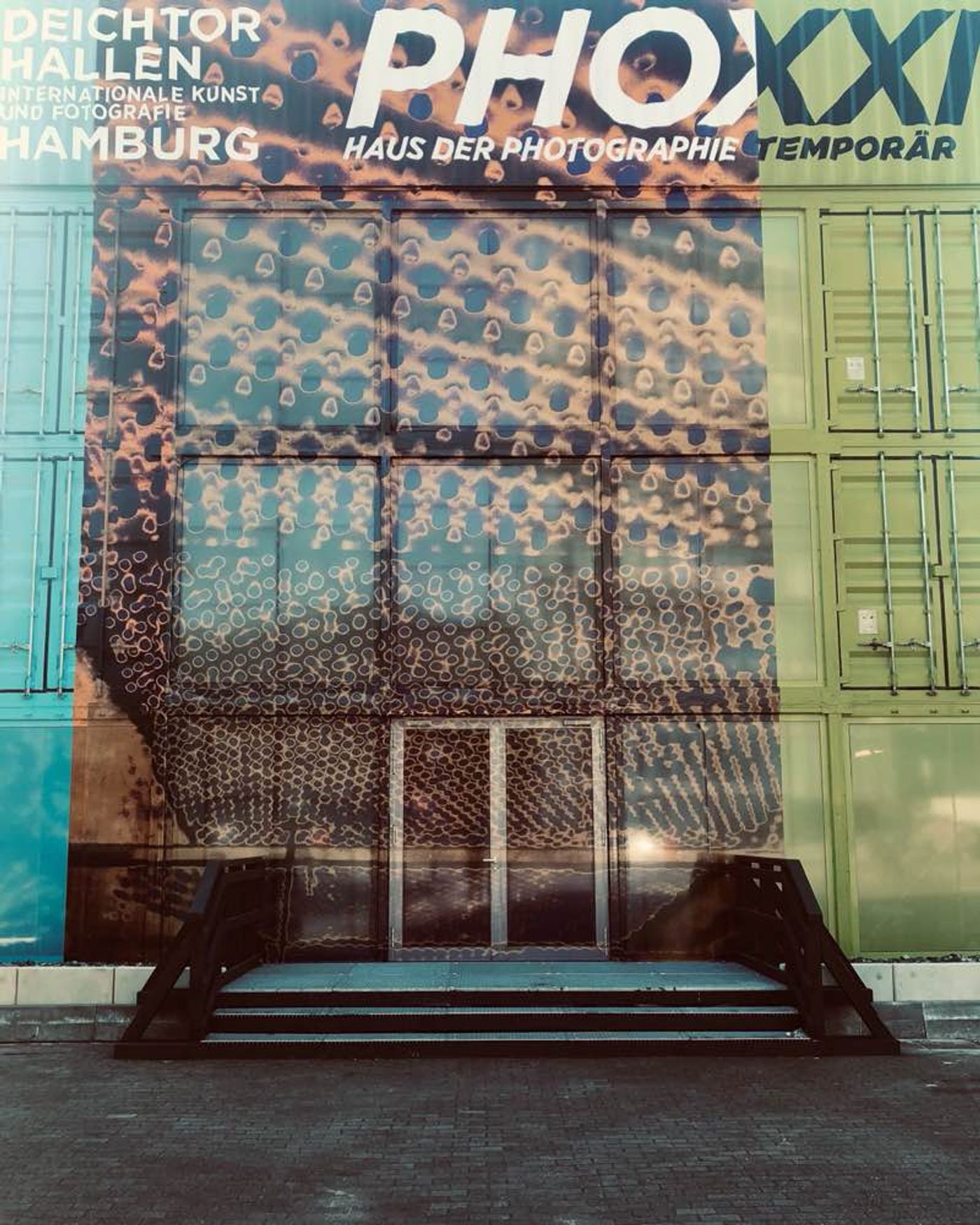
Hamburg
Container House of Photography
The "Phoxxi" shows - according to the motto - shrill but harmonious, works by the London photographer Jack Davison, the Israeli video artist Omer Fast and the Norwegian-Nigerian artist Frida Orupabo. As long as the Deichtorhallen is being restored (until 2024), the Phoxxi will host occasional photographic exhibitions, including images from the collection of the late master photographer F. C. Gundlach.
